Introduction
125
The proper brooding of chickens is one of the most difficult operations on poultry farms, especially for the beginner. Many poultry keepers who are able to get good egg yields and fair hatches make a failure of brooding chickens, either raising only a smal percentage of the chickens hatched or failing to rear strong, vigorous birds which develop into good breeding stock.
Page 125 of 223
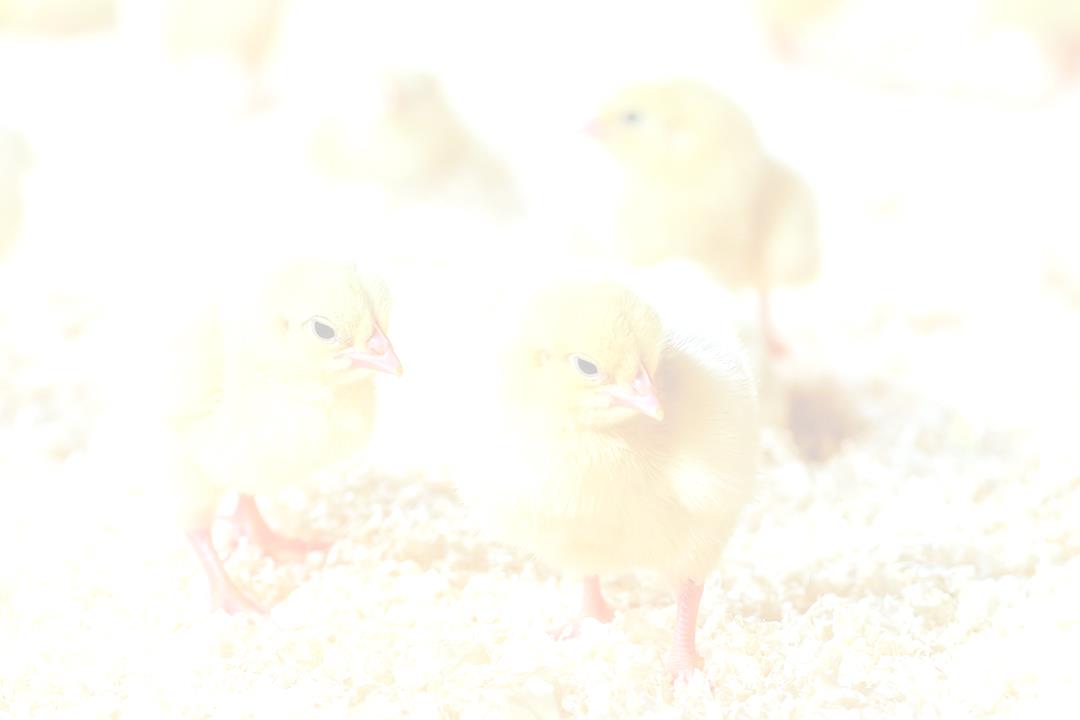
BROODING
126
Methods of artificial brooding are being improved each year, but no one system has given perfect satisfaction.
126
Brooding with hens is the simplest and easiest way to raise a few chickens and is the method which is used almost exclusively on the average farm.
Artificial brooders are necessary where winter or very early spring chickens are raised, or where early leghorns or either non-sitting breeds of poultry are kept. They are necessary also where large numbers of chickens are raised commercially.
Successful natural rearing of chickens requires convenient facilities and regular attention.
Although artificial methods require a larger investment, closer attention, and more care, they are more commonly used where large numbers of chickens are raised.
Page 126 of 223

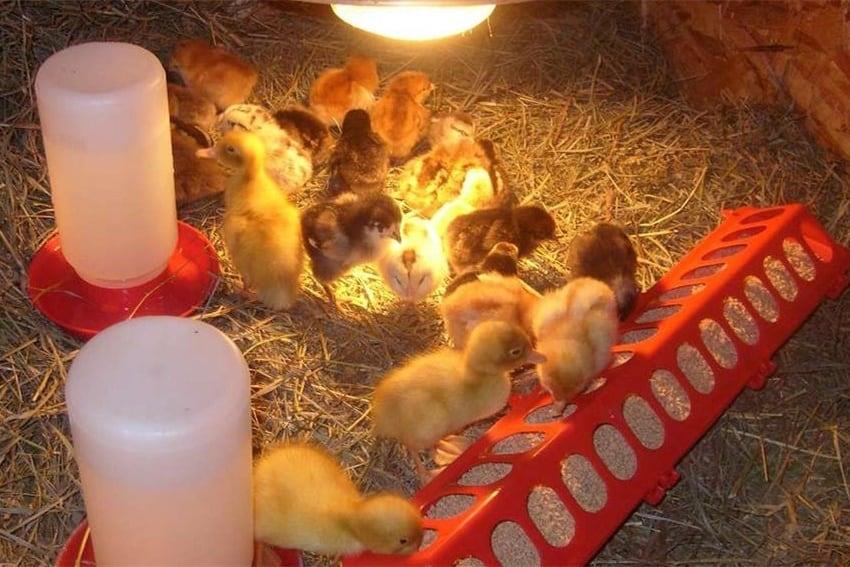
BROODING
127
What is brooding in Poultry Production?
Brooding is defined as the management of chicks from one day old to about 8 weeks of age, and it involves the provision of heat and other necessary 127
care during chicks’ early growing period.
Brooding units are designed to house chicks from one day old until they no longer need supplementary heat (0-8 weeks).
Types of Brooding in Poultry Farming
Brooding in poultry can be natural or artificial
Natural Brooding
Page 127 of 223

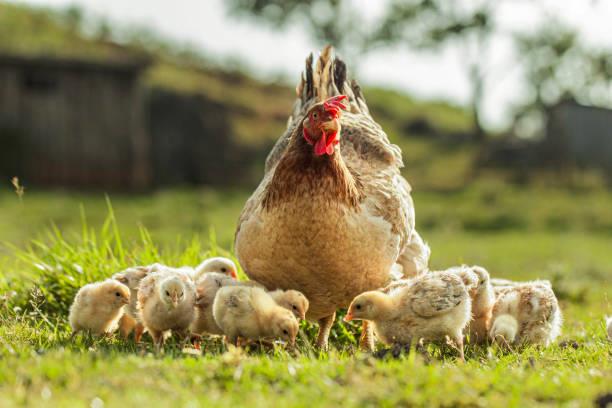
BROODING
128
Artificial Brooding
Natural Brooding – By Broody Hen
128
Natural brooding is when mama hen takes care of her own chicks. Mama hen will keep her chicks warm with her own body heat and teach them how to scratch for food. Natural brooding is truly special experience to watch, and much easier for a poultry farmer since mama hen takes care of everything, Page 128 of 223
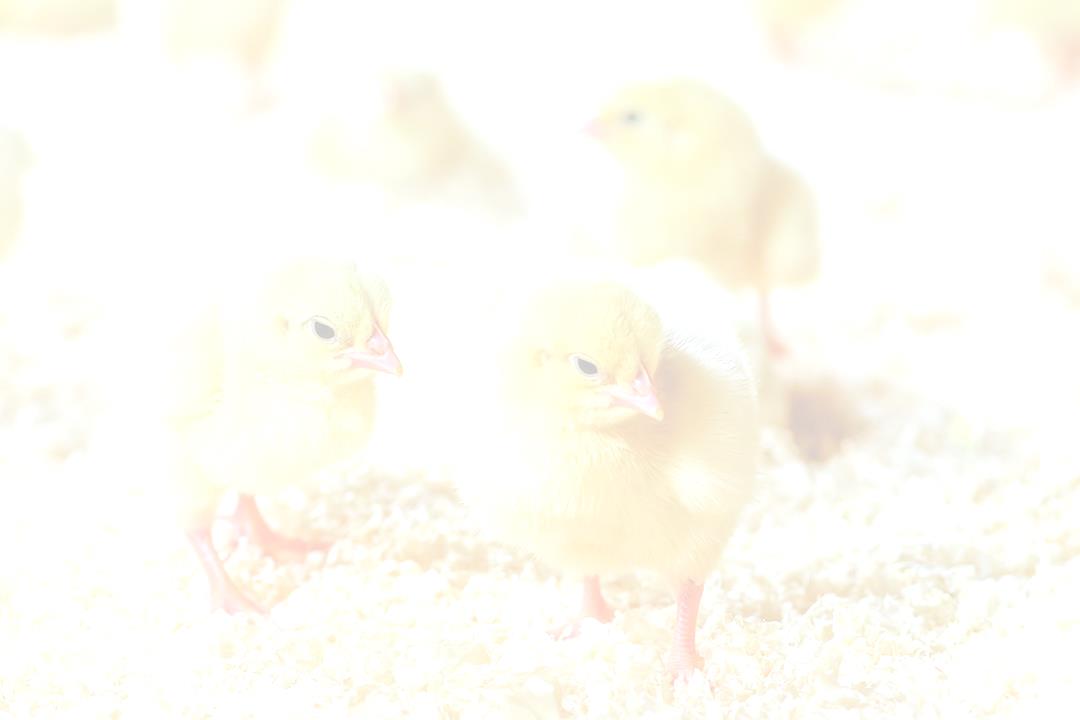
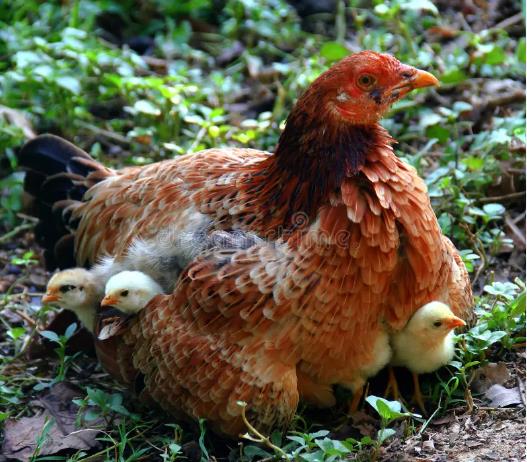
BROODING
129
129
The natural method of brooding is used on farms where only a few chickens are raised each year.
Depending on her size, a hen will brood 15-20
chickens. The broody hen will provide all the warmth required by the chicks, right after hatching up to about 3 or 4 weeks of age. Before placing the chicks with the hen she would be examined for her Page 129 of 223
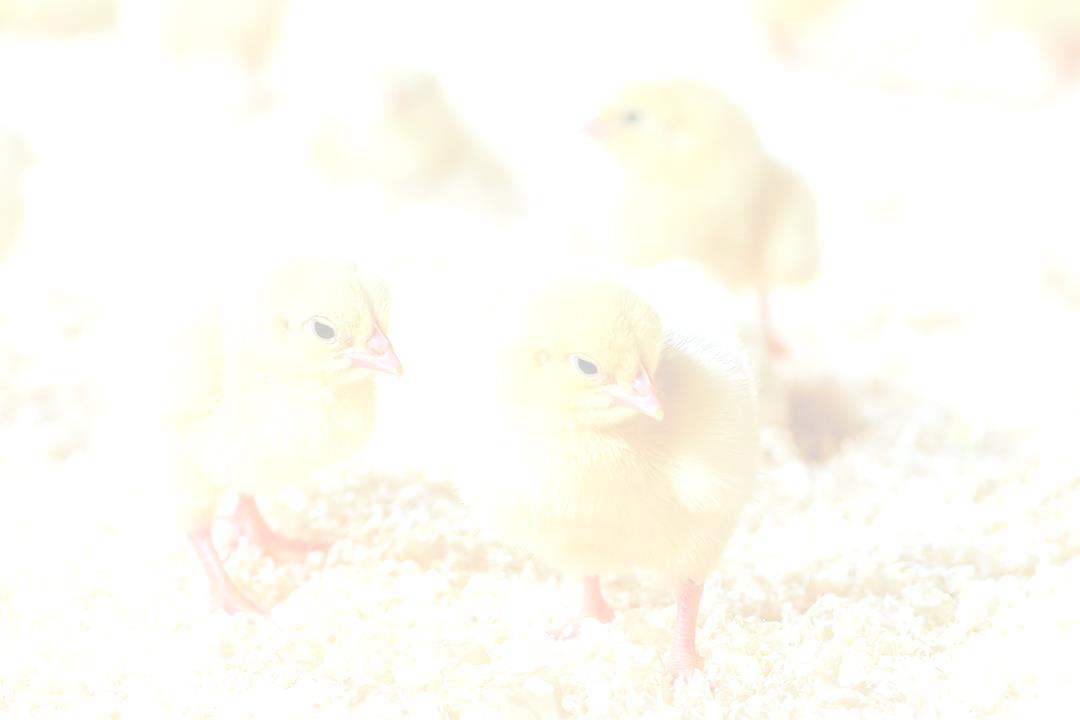
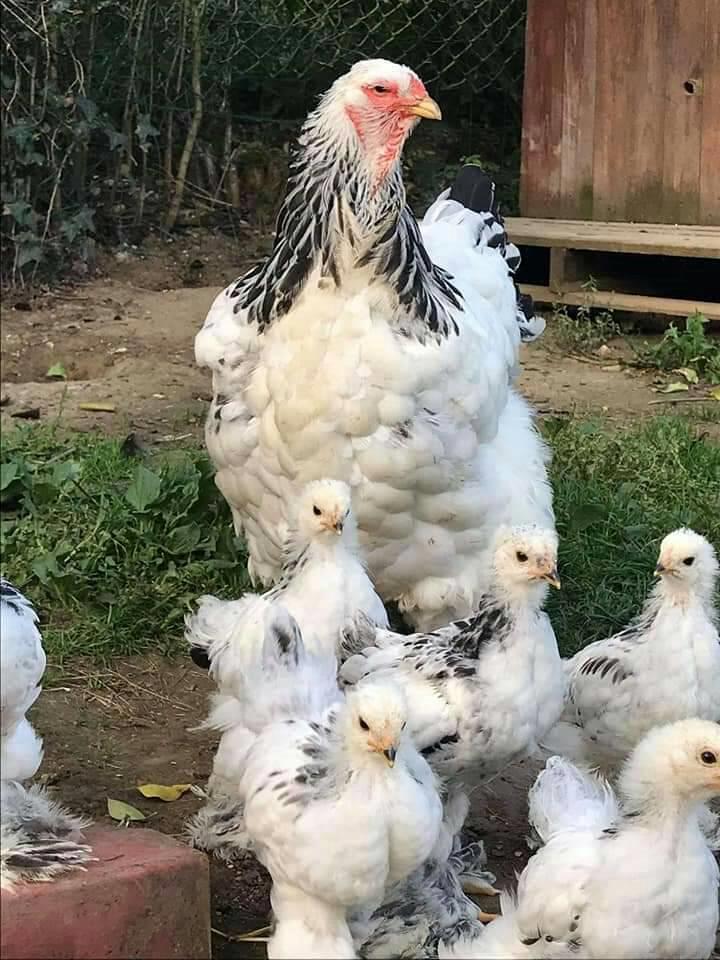
BROODING
130
good health and free from lice, ticks and other ectoparasites.
130
Page 130 of 223
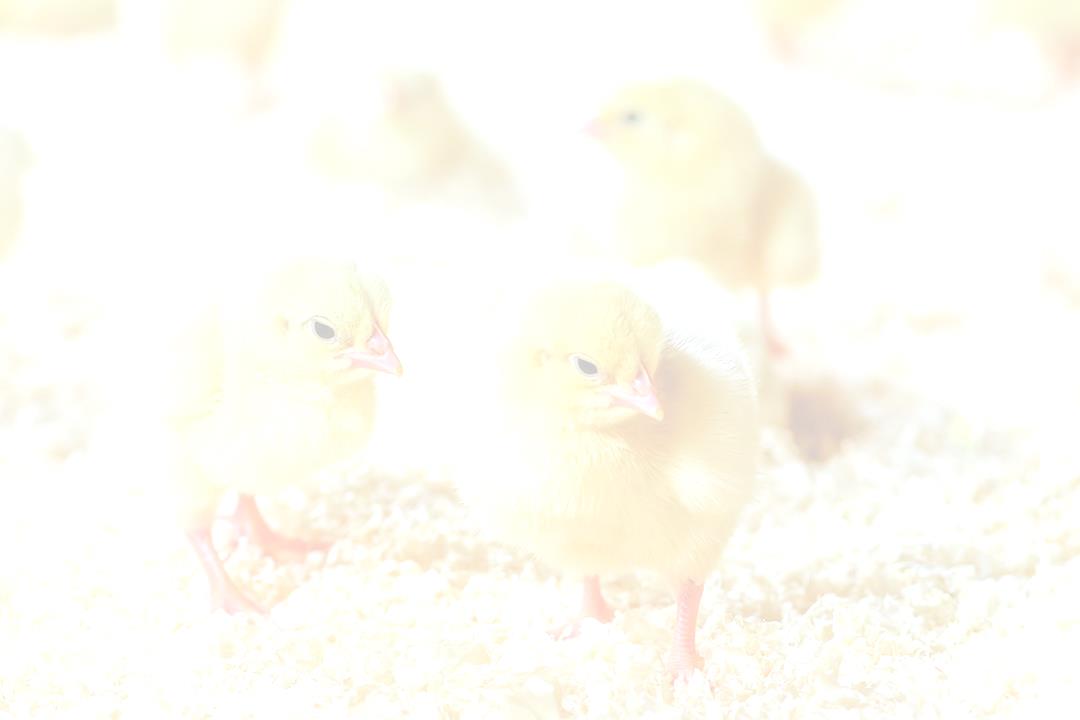
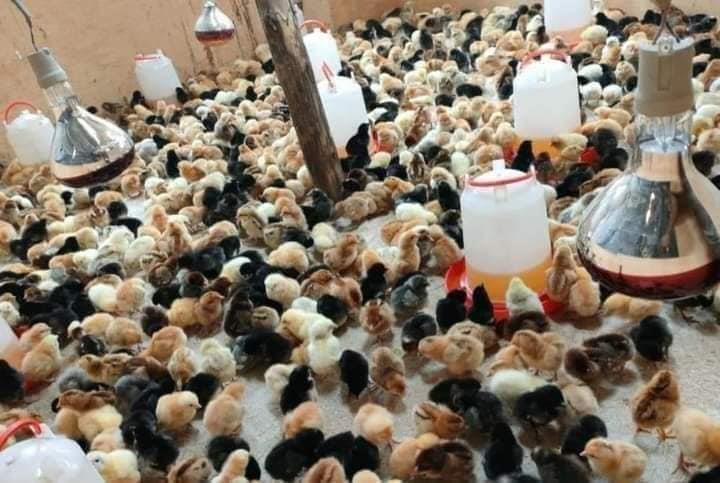
BROODING
131
Artificial Brooding – By Artificial Ways
131
Artificial brooding can be defined as the handling of newly born chicks without the aid of hens. It is accomplished by means of a temperature-controlled brooder (foster mother). Artificial brooding has several advantages over the natural method, which are:
Chicks may be reared at any time of the season.
Thousands of chicks may be brooded by a single person.
Sanitary conditions may be controlled.
Page 131 of 223
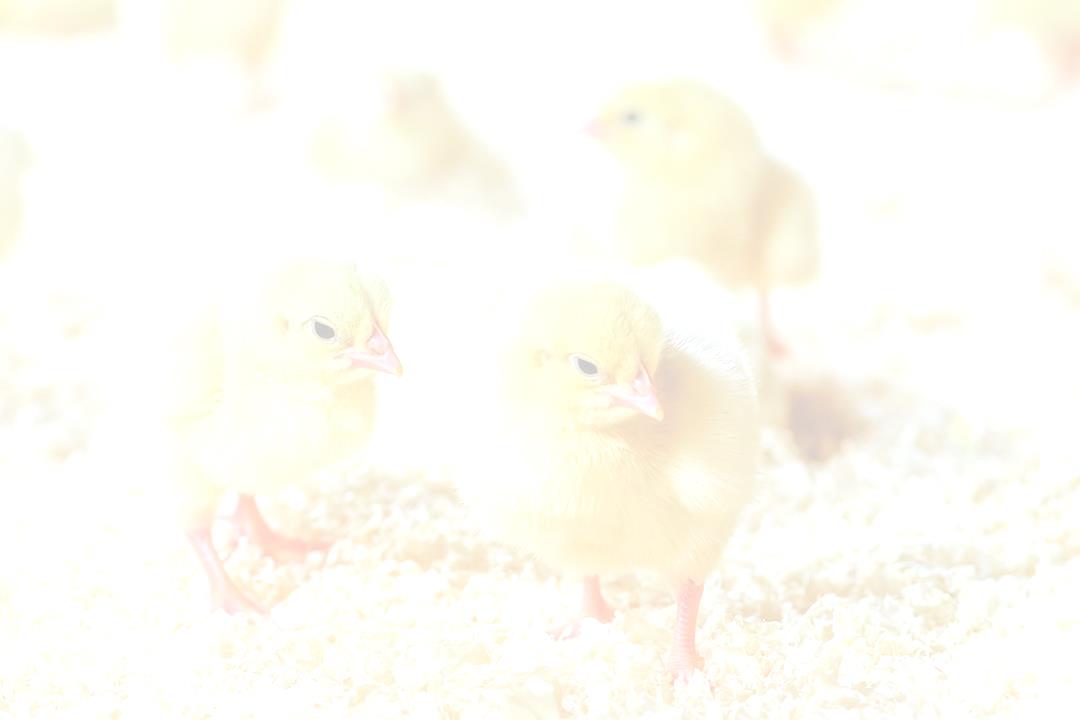
BROODING
132
The temperature may be regulated.
Feeding may be undertaken according to the plan.
132
Brooder Setup and Equipment
Establish the brooder in a room or barn that is protected from the elements, free of drafts, and safe from predators. In addition to larger, more obvious predators (such as dogs and cats) secure the brooder from smaller predators such as rats and snakes.
The brooder must be kept uniformly warm. The temperature at the floor needs to be maintained at 90ºF or slightly higher, and temperature under the brooder at 95ºF 2 to 3 inches from the floor.
Page 132 of 223

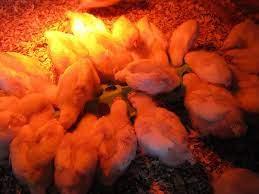
BROODING
133
133
Provide ventilation, allowing fresh air to circulate in the brooding area, but protect the chicks from drafts.
The size of the brooder will depend on the number of chicks to be raised at a given time.
It should be round. If the brooder is square, round out the corners by adding semicircular pieces of material (cardboard, wood, or sheet metal) secured in each corner. This reduces the likelihood of Page 133 of 223
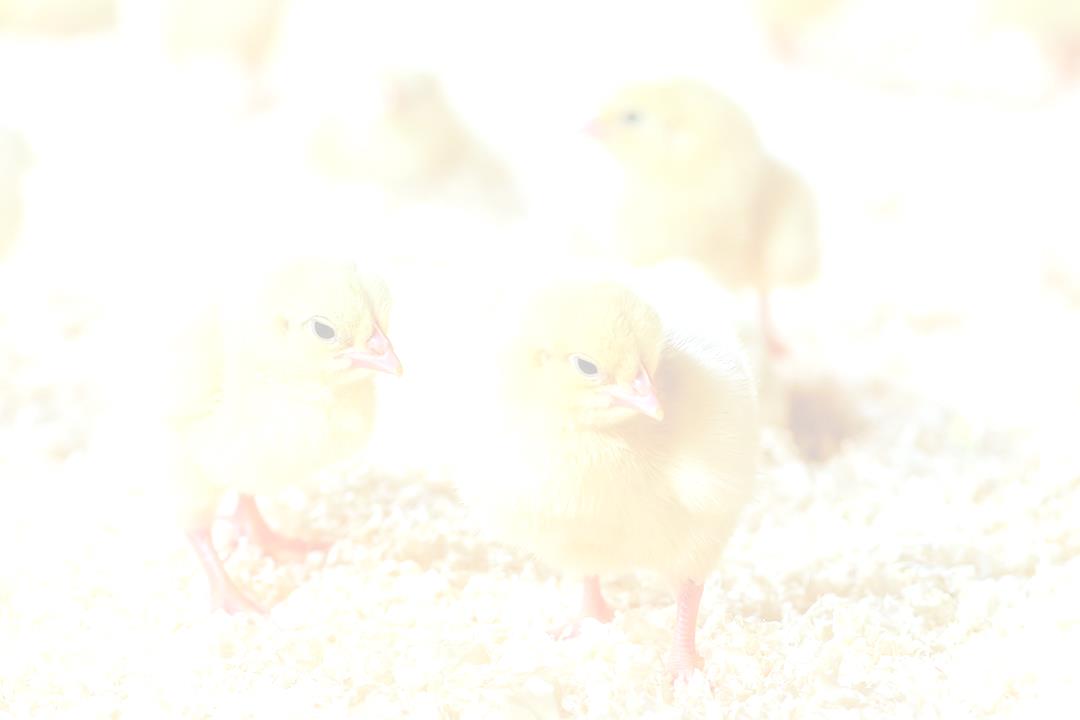
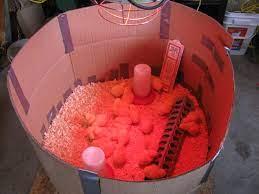
BROODING
134
chicks piling into corners and suffocating the birds at the bottom.
134
If the brooder has been used before, disinfect it before introducing a new flock. Several weeks before any chicks arrive, the building, brooder, and other equipment associated with the chicks should be thoroughly cleaned and disinfected to prevent any contamination from pathogens that may be present from previous flocks, other livestock or wildlife.
Page 134 of 223
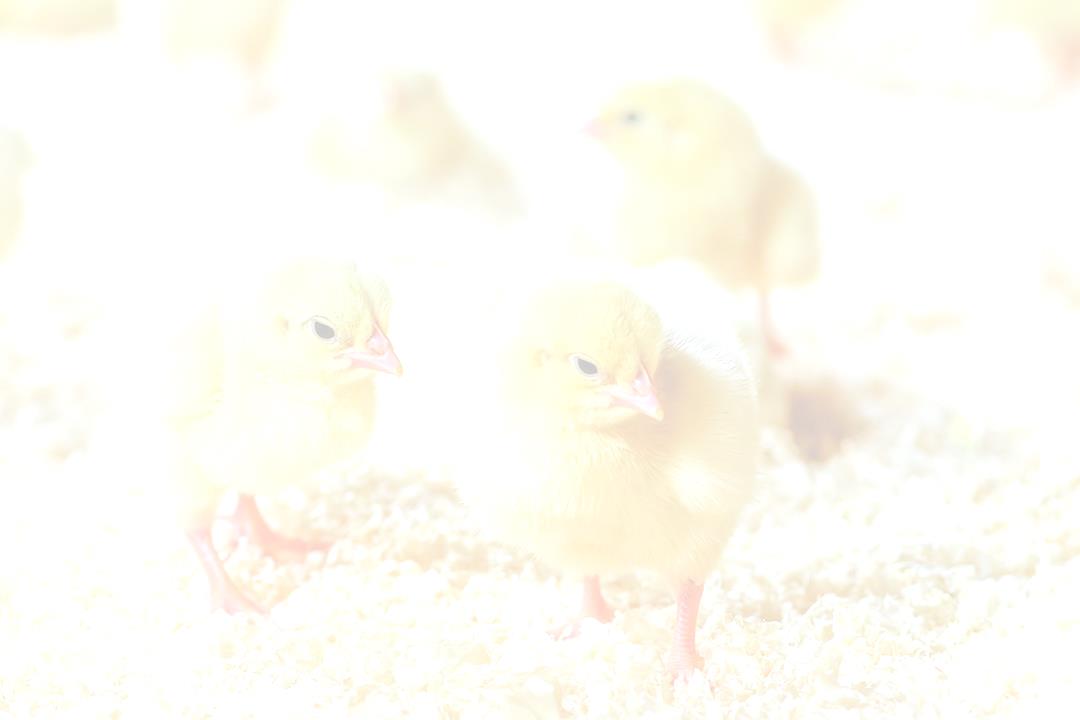
BROODING
135
The floor should have a small thin of layer. Bedding in the brooder needs to provide an absorbent, non-slippery surface for the young chicks. Most producers use readily available pine shavings in a 135
layer 3 to 4 inches deep. The pine oils in pine shavings have the advantage by reducing mold growth. Other options include rice hulls, ground corncobs, shredded newspaper or finely chopped straw (if it is changed often).
Hardwood shavings and peanut hulls should not be used because they can become moldy. Avoid sawdust because chicks may eat it and become impacted in their crop or gizzard. Large particle litter, like woodchips, is not useful for bedding because it is not as absorbent as smaller particle litter.
Page 135 of 223

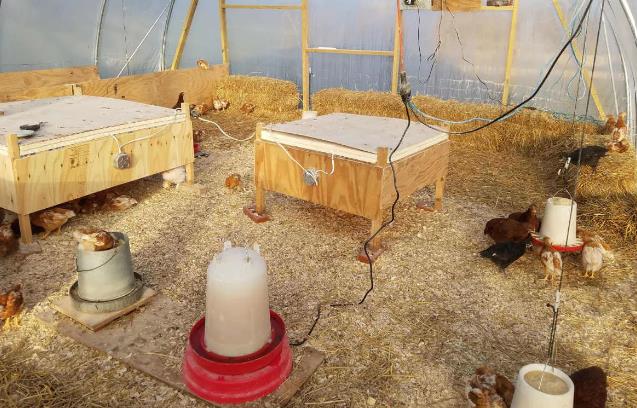
BROODING
136
136
Be attentive to the chicks when they are first introduced to the brooding enclosure. If a farmer sees his/her new chicks eating the bedding, he/she may choose to cover the bedding with newspaper or paper towels for the first couple of days, until they are eating their food well enough on their own.
A poultry farmer should not use slick materials to cover the bedding as these may lead to leg injuries known as splay legs.
Page 136 of 223
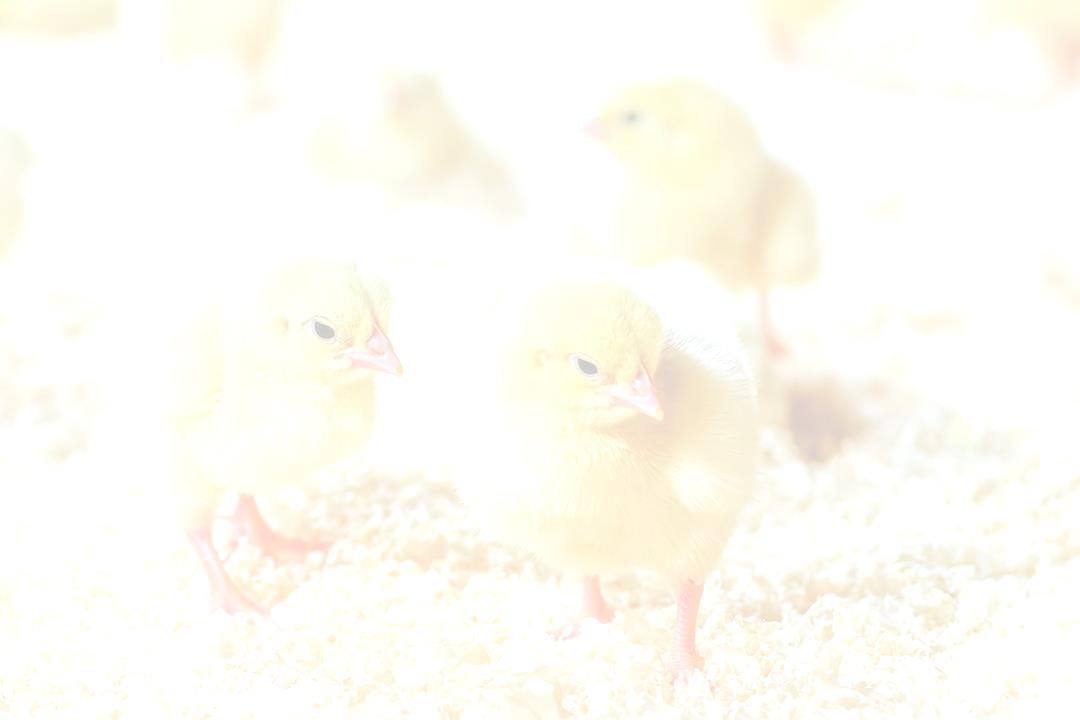
BROODING
137
Brooding Equipment in Poultry
While brooding is an important management practice in poultry production, it is important to know the required brooding equipment.
137
Remember, the purpose of brooding is to raise healthy chicks and provide the required heat (mimicking the mother hen) until they are able to adapt and regulate their body temperature to the ambient temperature.
For brooding to be successful, there is some equipment that must be available in the brooder house/pen.
These are the equipment used for brooding:
Shelter
Bedding material
Feeders
Drinkers/waterers
Page 137 of 223

BROODING
138
Heat source/Brooders
Brooder guards
Thermometers
138
Shelter
It is important to provide a clean, dry area for the hatchlings that will protect them from predators, cold and rain, and hot sun. Almost any smal building that meets the floorspace requirement for the size of the flock can be used. It is even possible to raise a small number of hatchlings in the corner of a garage.
Bedding Material
Provide bedding material, or litter, for hatchlings that will absorb moisture from the manure and keep the brooding area clean. A variety of materials can be used as bedding material, including wood shavings (most effective), ground corn cobs, peanut Page 138 of 223

BROODING
139
and rice hulls, and hay or straw that has been chopped into smaller pieces. Note that unchopped hay or straw is ineffective as a bedding material.
Never place hatchlings on a slick surface such as 139
cardboard, plastic, or newspaper; smooth surfaces can lead to leg problems.
Heat Source/Brooders
A farmer must provide his/her hatchlings with a heat source, typically a brooder or a heat lamp, because hatchlings are not able to regulate their own body temperature for the first few weeks of life. There are many different heat sources that can be adapted for use in small flocks.
Page 139 of 223

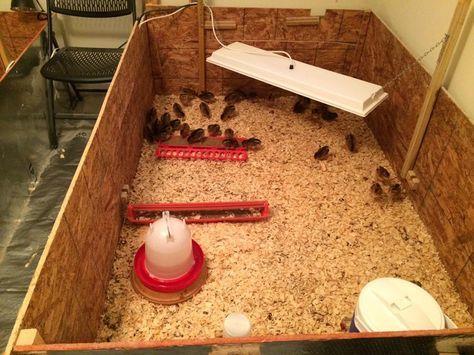
BROODING
140
140
Types of Heat Sources/Brooders
There are different types of brooders. They are:
Electric brooders
Infrared heat lamps
Gas brooders
Commercial brooders
Portable brooders
Stationary brooders
Page 140 of 223
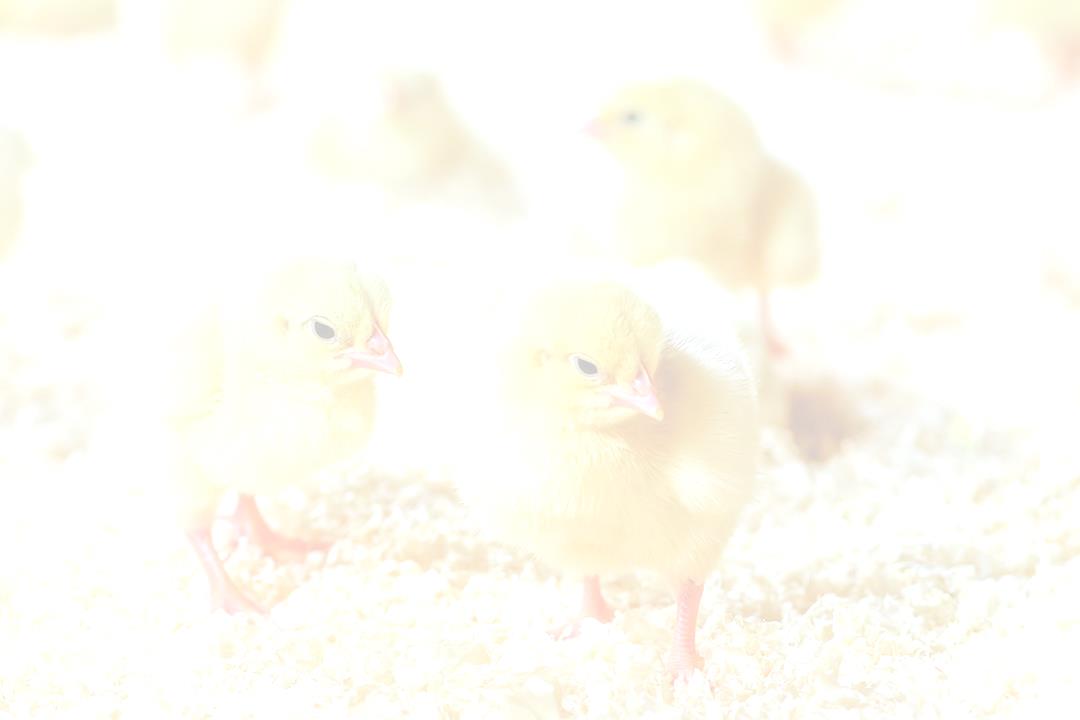
BROODING
141
Electric Brooders
Typically hanging over the chicks’ heads, the electric systems or lamps supply a heat source to keep the chicks warm. While white light is 141
popular, it can disrupt the chicks’ sleep patterns as the electric brooder emits light and heat - unlike an infrared alternative.
Infrared Heat Lamps
For smaller flocks an infrared heat lamp is more practical. Suspend the lamp with a chain or wire (do not use the electrical cord) so that the lamp is at least 18 in. above the bedding material. In winter, it is important to make sure the space where hatchlings are kept is insulated so that heat lamps can keep the area sufficiently warm. A two lamp unit provides a backup in case one lamp burns out during cold weather. Before installing a heat lamp, make sure that porcelain sockets approved for Page 141 of 223
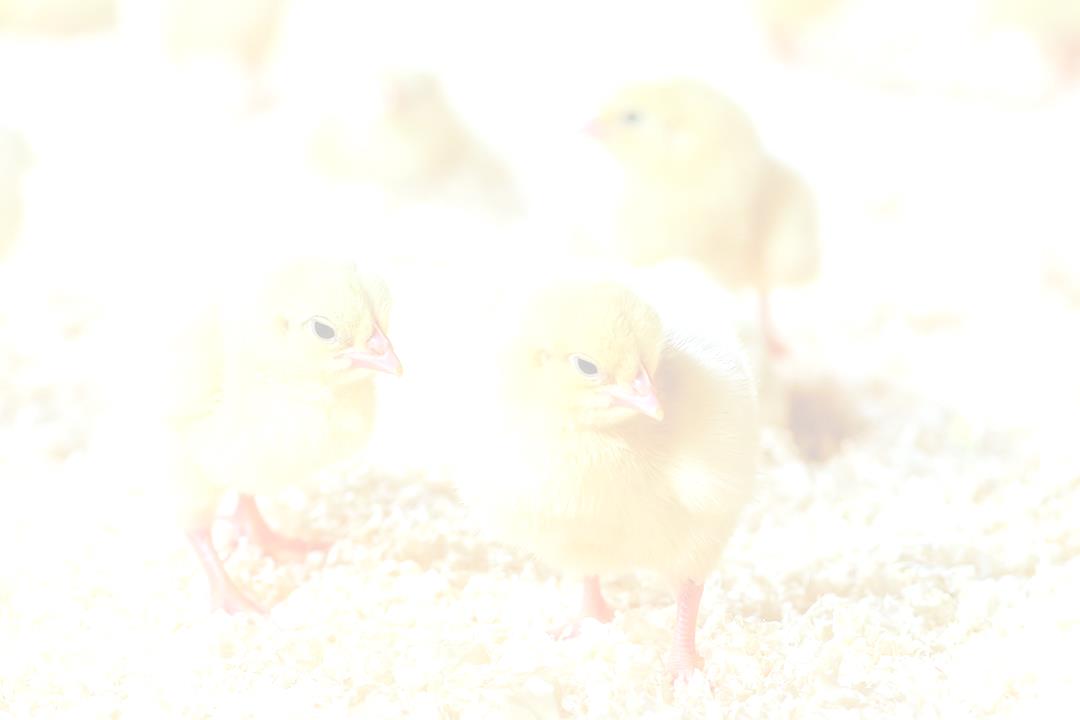
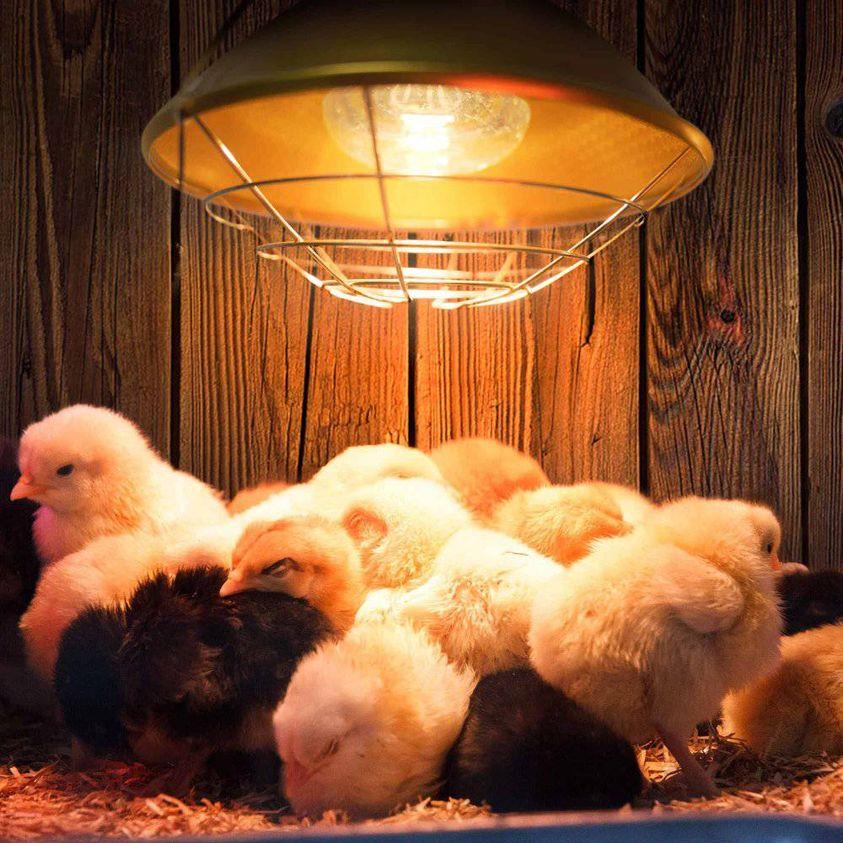
BROODING
142
these lamps are available, and be sure that the lamp cannot fall to the ground, where it could become a fire hazard.
142
Gas Brooders
Gas brooders, such as the Gasolec brooders, will convert natural gases or methane into a heat source for the chicks. As with electric lamps, gas brooders Page 142 of 223
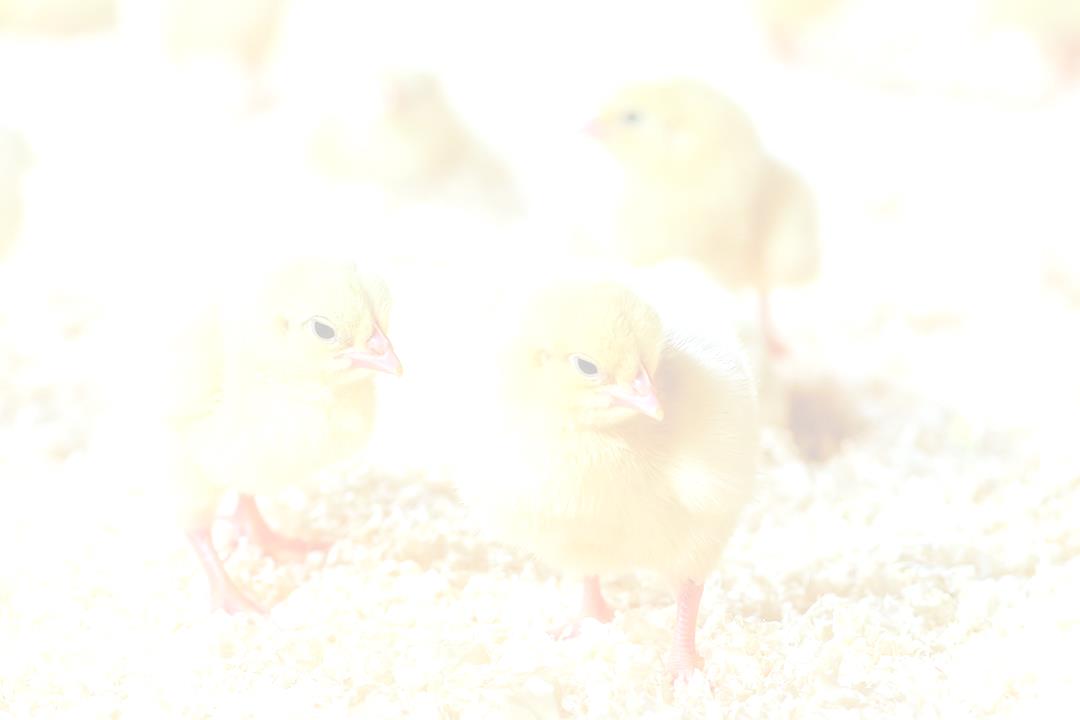
BROODING
143
often take the same form and hang above the chicks to keep them cozy. They are typically easy to use and can also have infrared features.
143
Commercial brooders
Commercial structures have the space for many chicks while still supplying heat. These vary in shape and size and will use different heating methods, such as gas, infrared, or a combination.
Portable brooders
Portable or mobile structures are significant on a small scale. For example, heating plates are excellent if a farmer does not have a significant structural brooder to move around. The portable option is perfect if a farmer is only rearing a handful of chicks. By making the brooder mobile, the chicks can also be moved seasonally.
Page 143 of 223
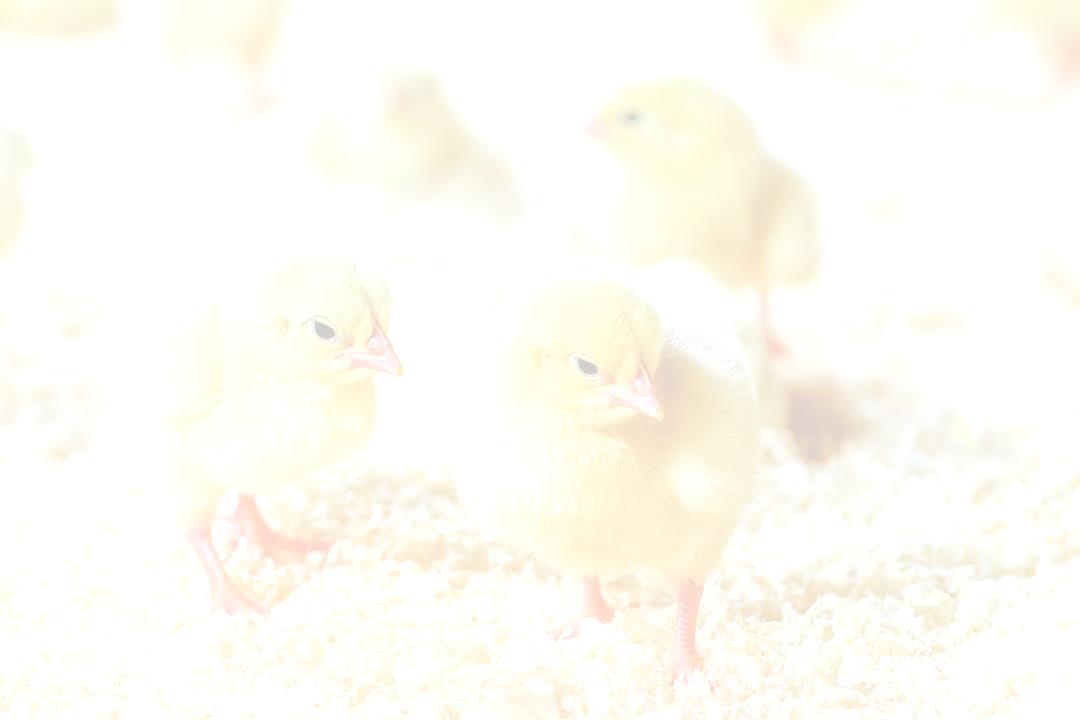
BROODING
144
Stationary brooders
Stationary brooders are typically easier to insulate as they remain fixed, making them great for monitoring. However, these systems can be more 144
challenging when it comes to cleaning.
Farmers’ Frequently Asked Questions Answered How do I choose the suitable brooder for my poultry farm?
This depends on how many chicks you have or plan to have and what the conditions are like on your farm.
However, while you can choose flexibly, it is been noted that infrared features are essential in keeping chicks happy and without disturbed sleep.
Brooder Guard
For the first seven to ten days after hatching, use a circular barrier called a brooder guard to confine hatchlings. The brooder guard should be about 15
to 16 inches high. Most brooder guards are made of cardboard. The brooder guard prevents the Page 144 of 223
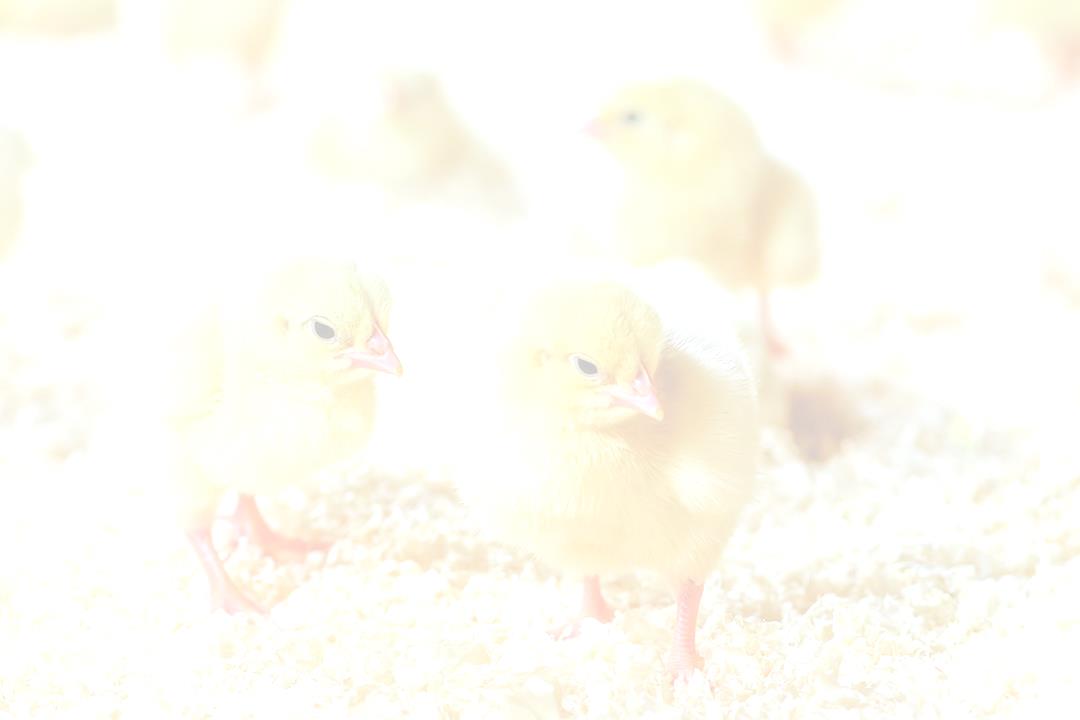
BROODING
145
hatchlings from wandering too far from the heat source and reduces drafts of cold air. The area surrounded by the brooder guard should be large enough for hatchlings to move toward or away 145
from the heat source to find their temperature comfort zone. When the hatchlings are seven days old, the brooder guard can be removed.
Thermometer
It is important to have a room thermometer inside the brooding pen or house. It is used for monitoring the ambient temperature inside the brooding house. With the help of the room thermometer, a farmer will know if the temperature within the brooding house is cold, moderate or high.
Feeding and Watering Equipment
Young poultry require feeding and watering equipment designed to accommodate their smal Page 145 of 223
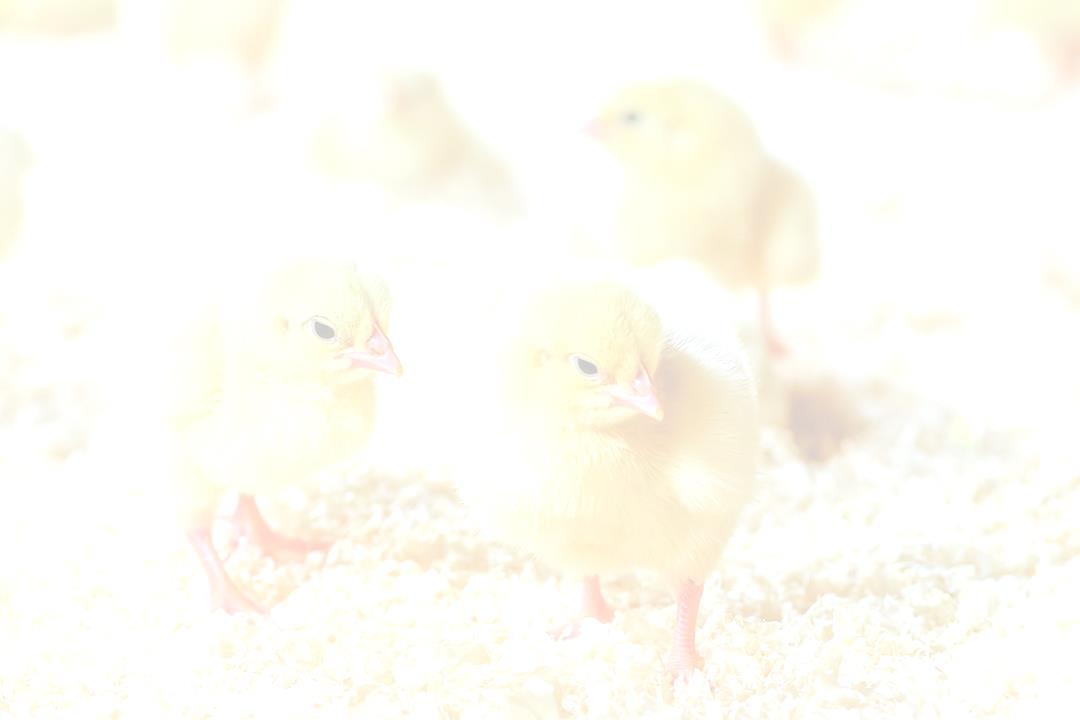
BROODING
146
size. Hatchlings do not have an innate ability to recognize food. They will peck at small particles, nutritious or not. When hatchlings are raised with their mothers, their attention is directed towards 146
nutritious items as they follow their mothers.
Especially when raising hatchlings without their mothers, a poultry farmer must have feed readily available for young birds. For the first day or two after the hatchlings' arrival, put feed in a shallow pan or egg carton without a lid, which will make it easy for the hatchlings to find the food. As the hatchlings get older, provide bigger feeders.
Page 146 of 223
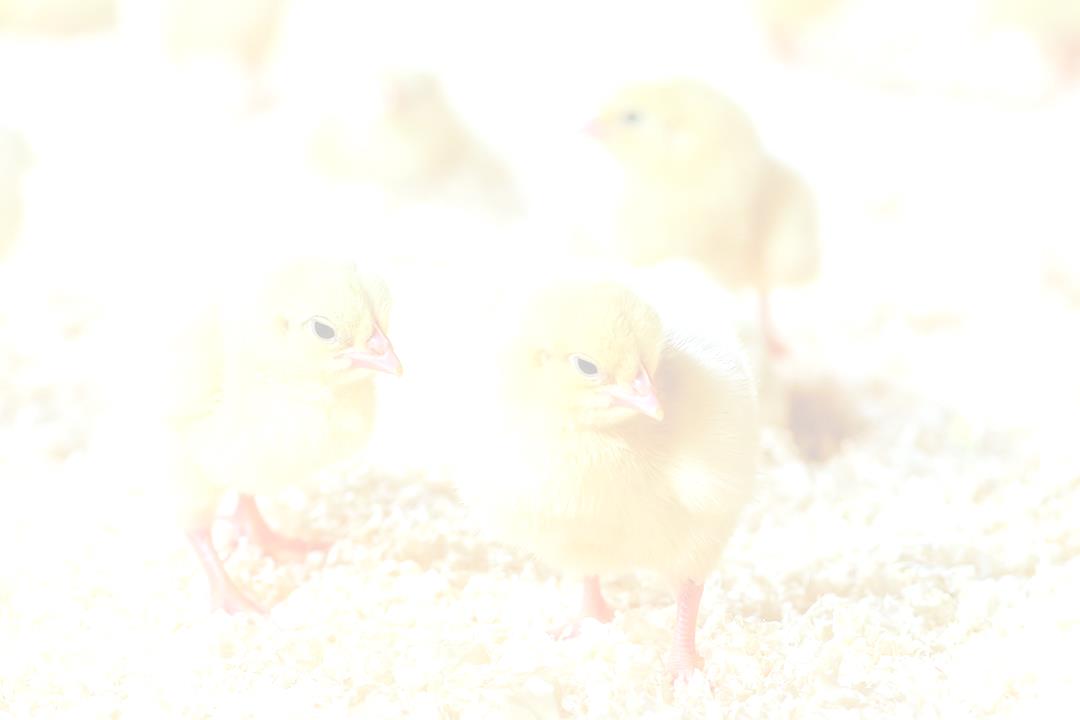
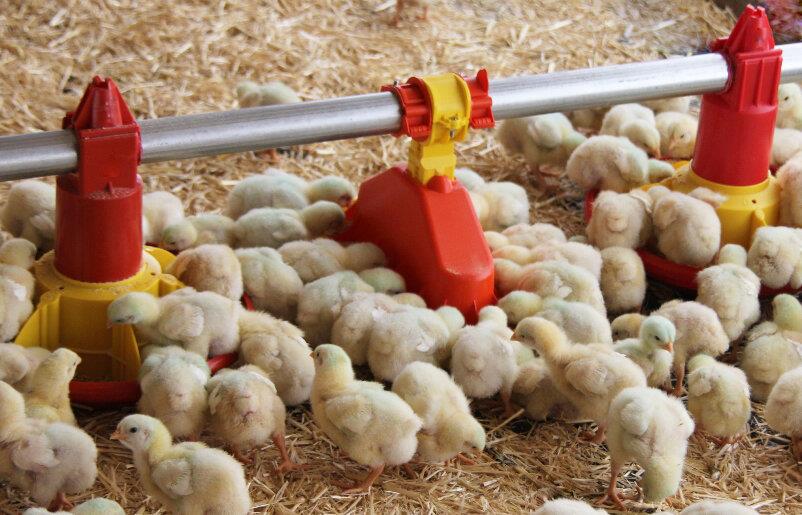
BROODING
147
Feeders
147
Feeders are necessary to provide chicks with food.
The best feeders are those that minimize waste while providing enough feed for the chicks. There are many different types of feeders on the market, so it is important to select a feeder that is designed specifically for chicks. There are feed trays and flip-top feeders for this purpose.
Page 147 of 223
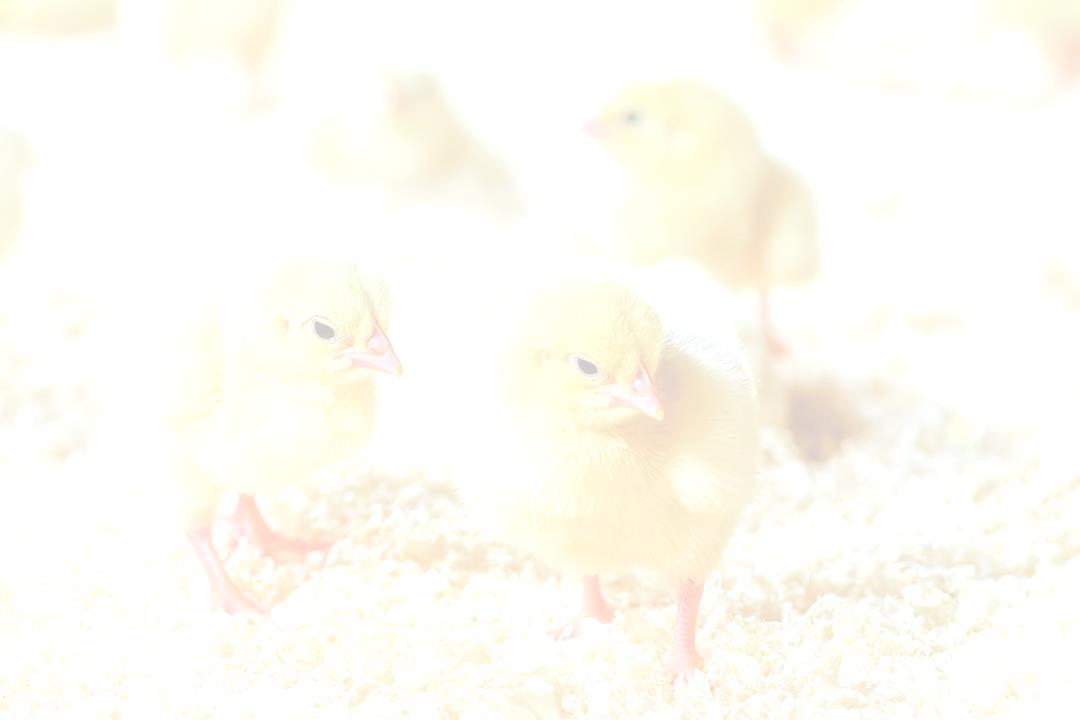

BROODING
148
Chick Waterers/Drinkers
Drinkers/waterers are necessary to provide chicks with water. Like feeders, there are many different types of drinkers on the market, so it is important 148
to select a drinker that works for chicks and young birds. There are nipple drinkers and fountain drinkers for chicks.
Page 148 of 223
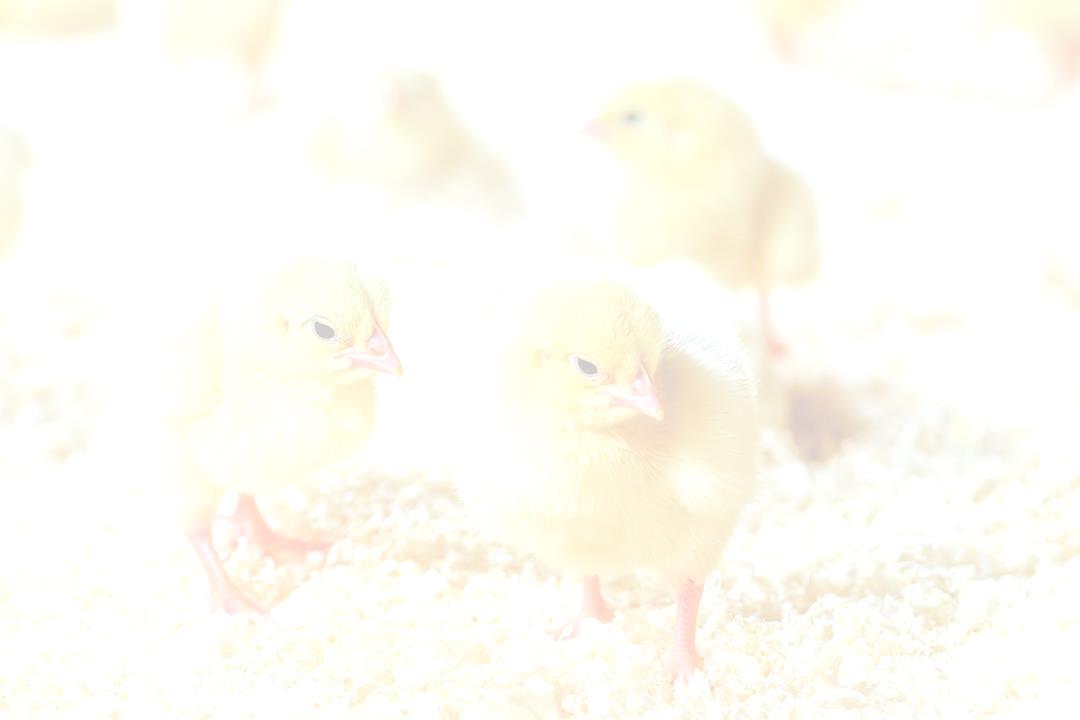
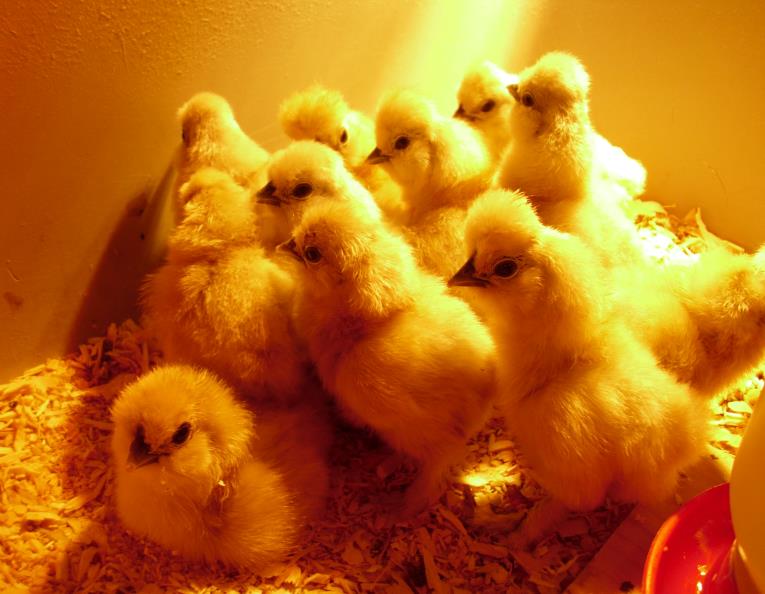
BROODING
149
Brooding Environment
149
The brooding environment consists of:
Temperature
Relative humidity
Ventilation
Lighting
Temperature
Theoretically, chick brooder temperature is measured with a thermometer placed 2 inches (5
Page 149 of 223
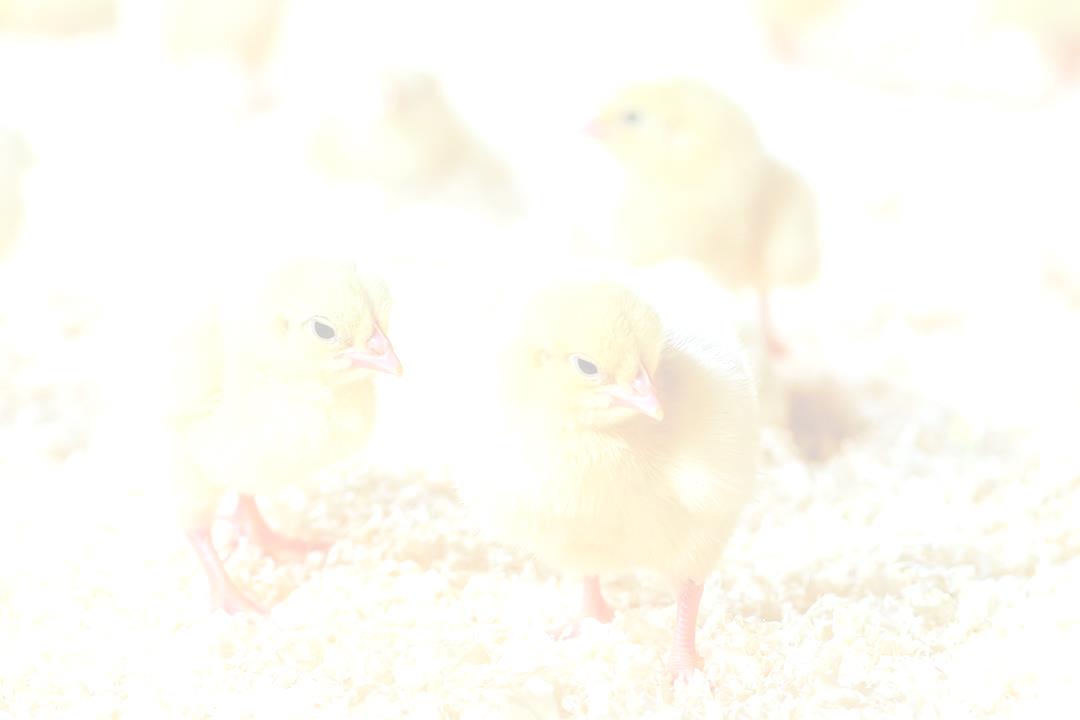
BROODING
150
cm) above the brooder floor (and at the outer edge of a hover), but there is no need for a thermometer.
Just watch the chicks, and adjust the temperature according to their body language.
150
Chicks that are not warm enough due to insufficient heat or to draftiness crowd near the heat source, peep shrilly, and may have sticky bottoms or outright diarrhea. In an effort to get warm while they sleep, the chicks will pile up and smother each other. Piling is most likely to occur at night when the ambient temperature drops, so in cold weather check the chicks before going to bed, and if necessary, increase the heat overnight.
Chicks that are too warm move away from the heat, spend less time eating, and as a result grow more slowly. They pant and try to get away from the heat source by crowding to the brooder’s outer edges, perhaps smothering one another. If the brooder is Page 150 of 223
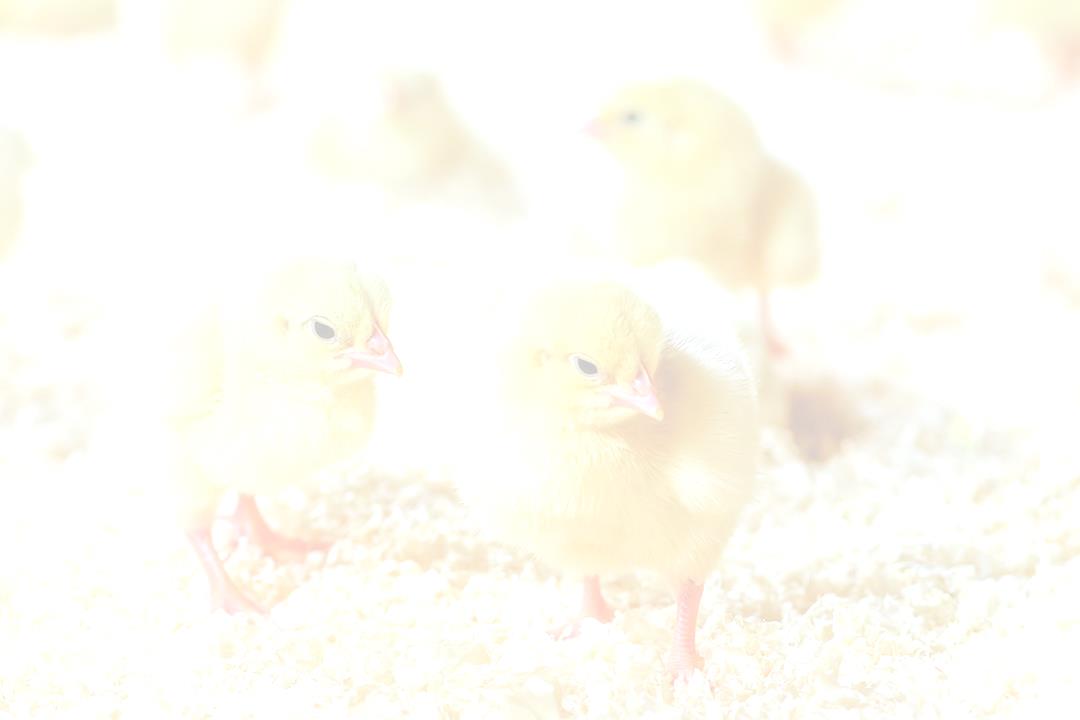
BROODING
151
hot enough to raise their body temperature above 117°F (47°C), chicks die.
Happy chicks that are warm and cozy wander freely 151
throughout the brooding area, emit musical sounds of contentment, and sleep sprawled side by side to create the appearance of a plush down carpet. The sight can be dramatic to someone who has never seen chicks resting comfortably.
Relative Humidity
The ideal relative humidity to maintain during brooding is between 50-65 percent. High relative humidity may cause wet litter which results in high ammonia levels inside the brooding house, causing Coccidiosis. While low relative humidity may cause respiratory problems. The only way to solve or reduce air quality problems once they have occurred is to adjust the ventilation of the brooding pen very early in the morning.
Page 151 of 223
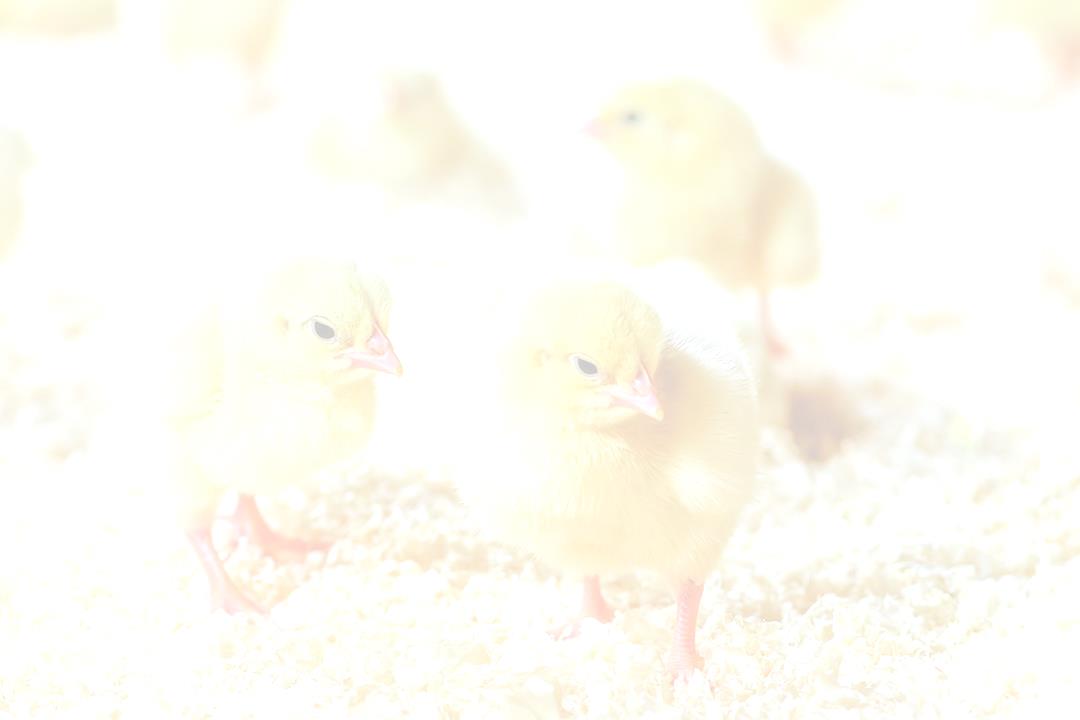
BROODING
152
Ventilation
Good environmental control during brooding in poultry farming requires properly executing the minimum ventilation basics. Never heat the house 152
at the cost of ventilation. Use minimum ventilation during brooding.
The
ventilation
of
the brooder house is restricted to 1-2 weeks.
Lighting
Light stimulation encourages feed and water consumption in chicks and thus helps them grow and perform better. Provide adequate lighting for the birds.
Brooding Management
Brooding Management in Poultry is done in the first 14 days period of the broiler poultry life –
which is the most sensitive period because the bird is changing from an immature system to a mature system. For a better and profitable poultry Page 152 of 223
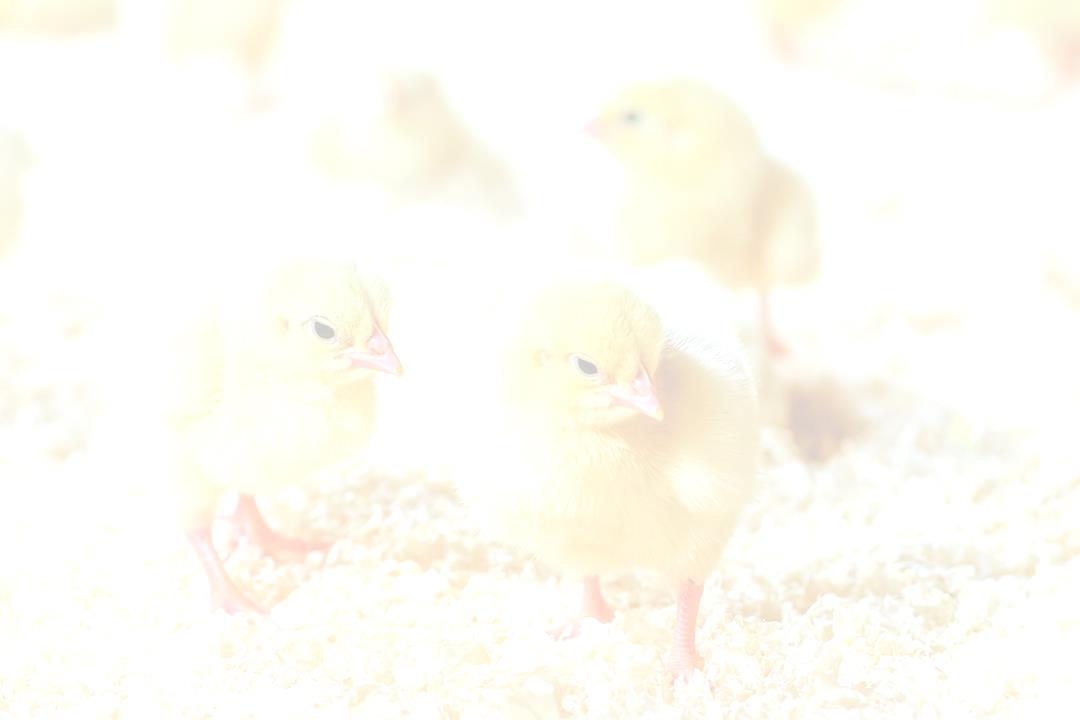
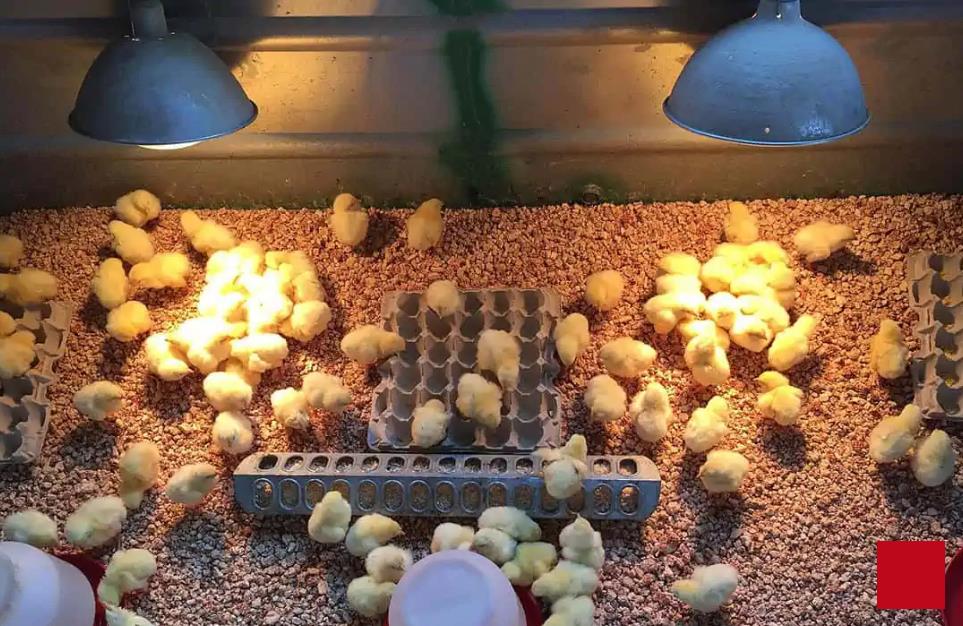
BROODING
153
production we cannot ignore good brooding management practice.
Brooding Area and Litter Management
153
Clean and disinfect brooding area for 1 or 2 weeks before the arrival of flocks. Provide fresh, dry, and comfortable bedding conditions for the chicks.
Check the fittings, temperature control, feed, and water trough arrangement before bringing in the chicks into the brooding area. Avoid a damp brooding area. Use a deep litter system. Discourage Page 153 of 223
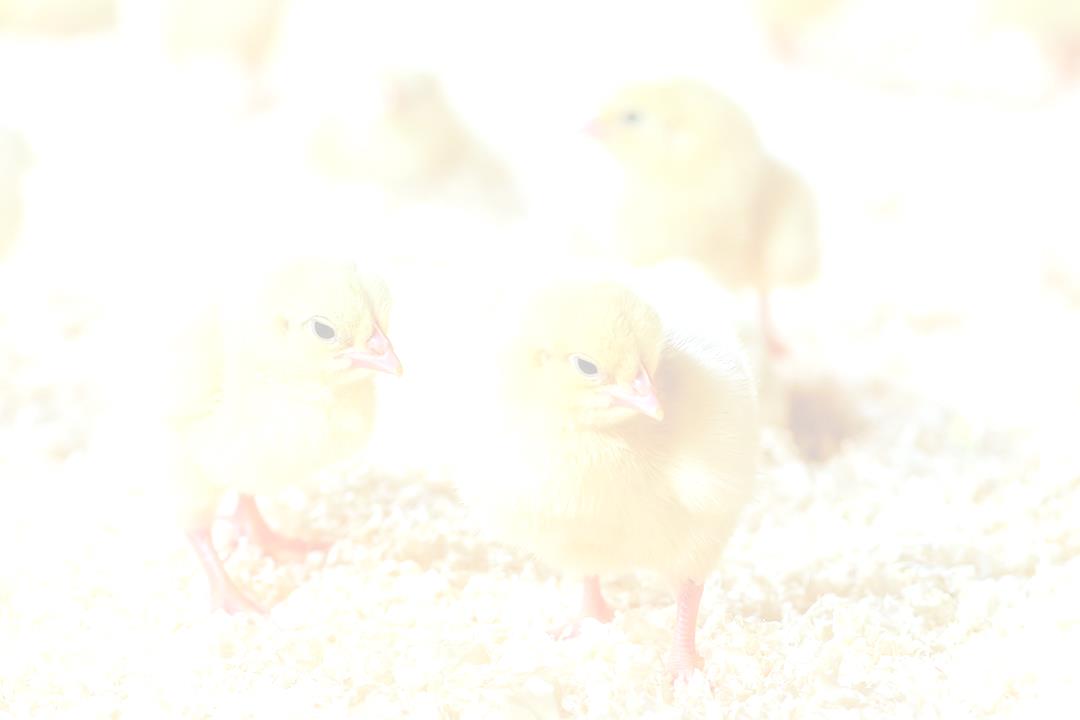
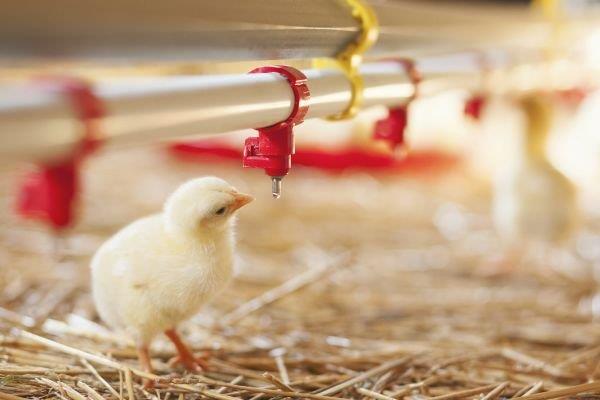
BROODING
154
litter eating by the chicks and remove caked litter as soon as after the birds leave.
Feeding and Watering Chicks
154
Young chickens should be fed from three to five times daily, depending on one’s experience in feeding. Undoubtedly, chickens can be grown faster by feeding five times daily than by feeding three times daily, but it should be borne in mind that more harm can be done to the young chickens by overfeeding than by underfeeding, and at no Page 154 of 223
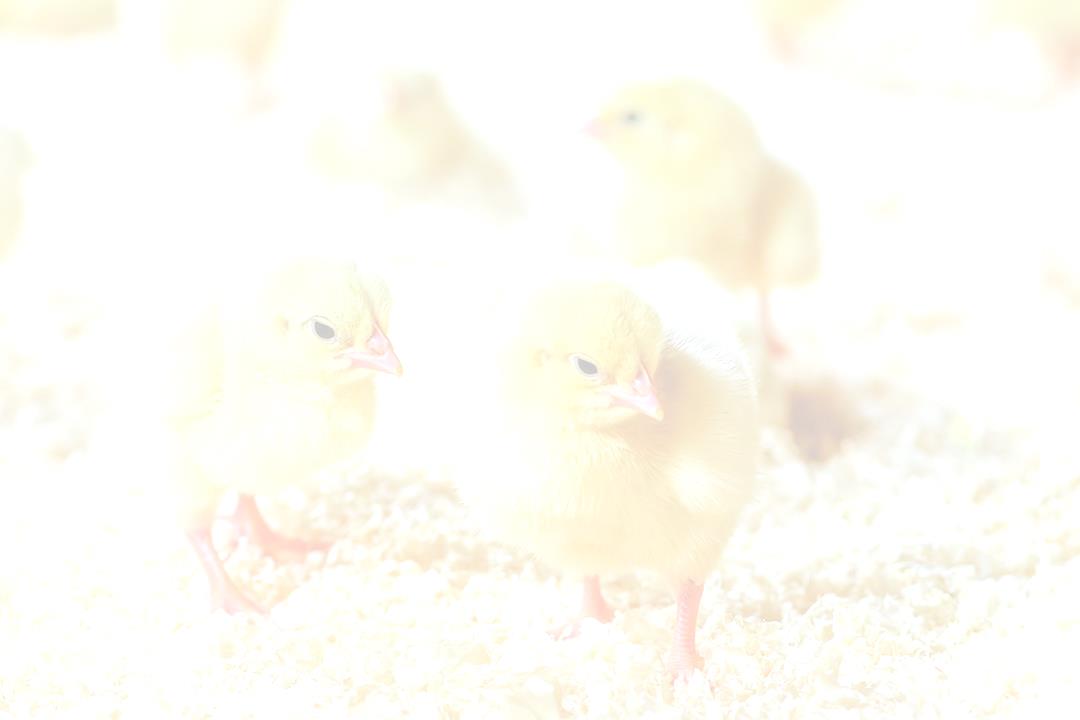
BROODING
155
time should they be fed more than barely enough satisfy their appetites and to keep them exercising, except at the evening or last meal, when they should be given all they will eat. Greater care must be taken 155
not to overfeed young chicks that are confined than those that have free range, as leg weakness is likely to result in those confined.
Also, the chicks must be provided with fresh, clean, and cool water of optimum quality with temperature similar to room temperature. Pay close attention to initial drinker height, and make adjustments that reflect bird growth on a routine basis. Make sure every chick gets to feed and water quickly and easily.
From the first day of brooding, ensure chicks are feeding well to maintain uniformity to achieve maximum output.
Page 155 of 223
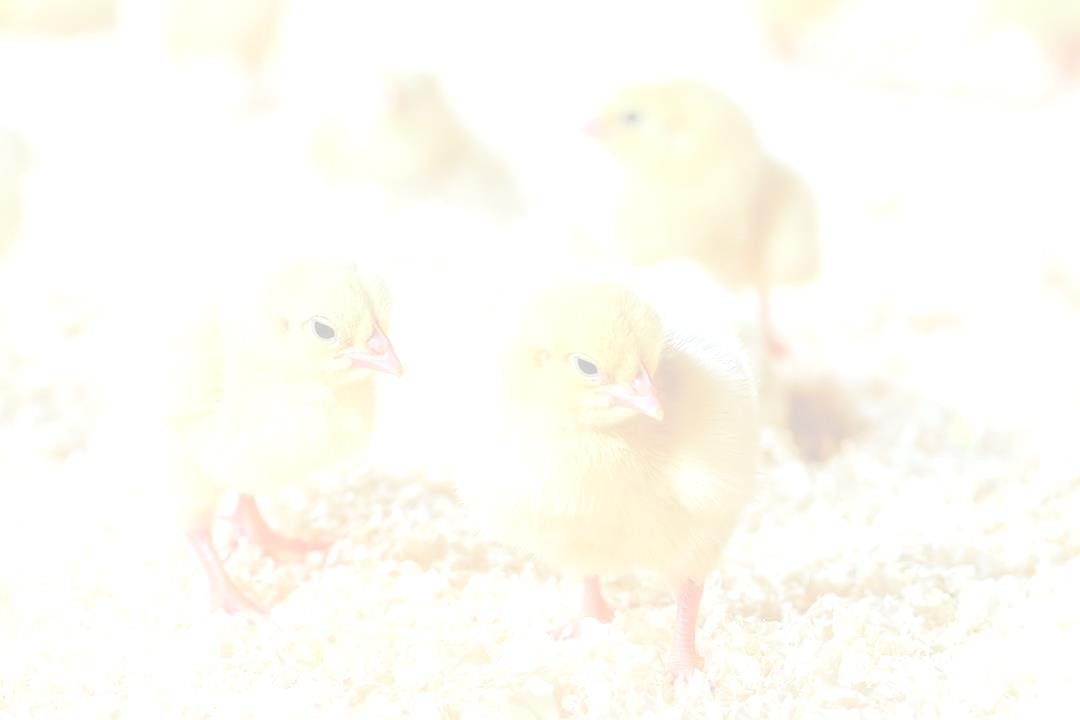

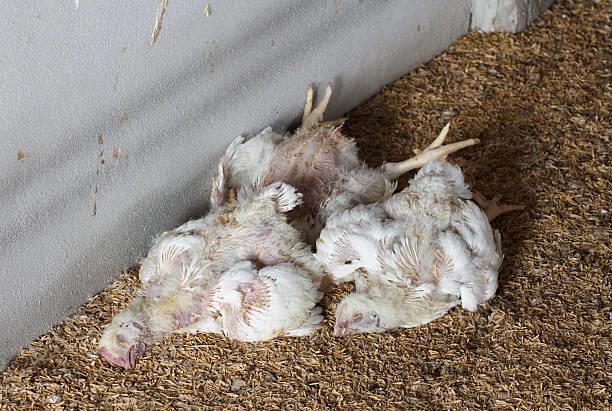
BROODING
156
Early Chick Mortality
156
Chicks are very frail, especially during the first few weeks of their life. Hence, it is imperative to have sound management to keep your flock healthy.
Moreover, irrespective of the quality of the chicks Page 156 of 223
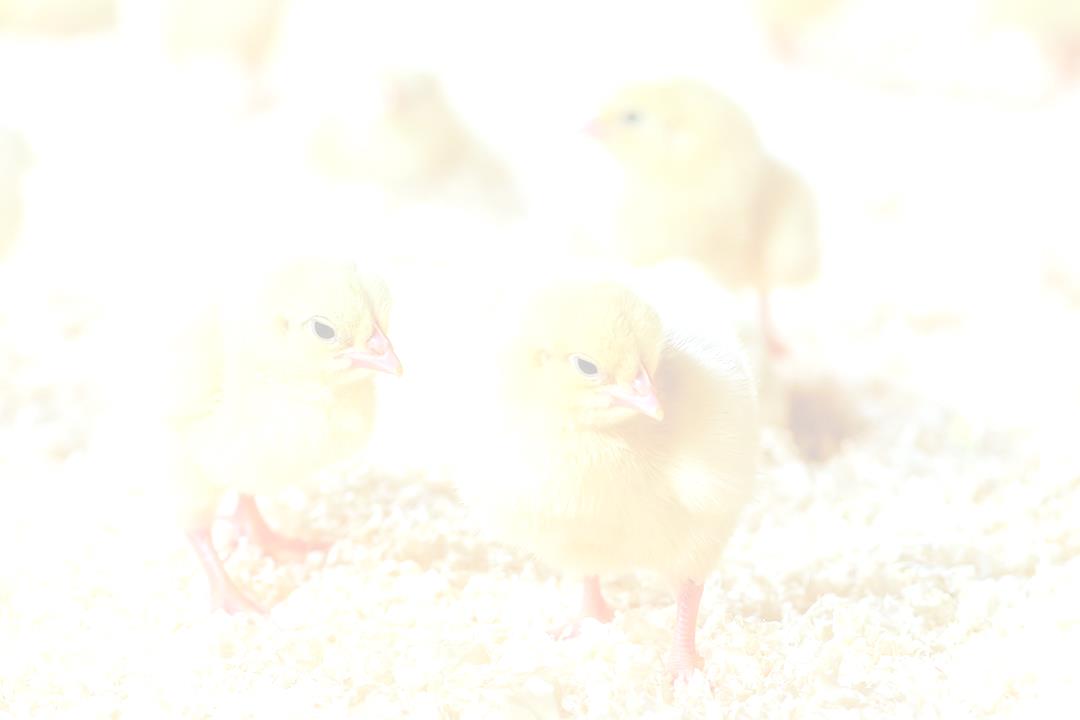
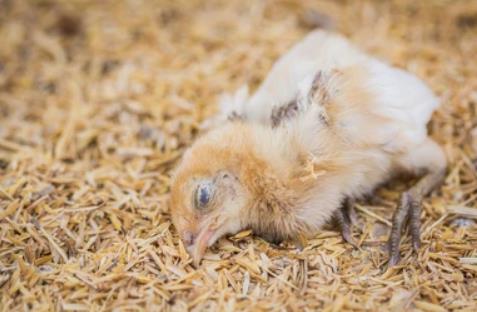
BROODING
157
supplied/procured and the robustness of
management, early chick mortality cannot be avoided entirely. 1-5% of mortality is normal in a poultry farm; however, anything higher than this 157
should be taken seriously.
A high mortality rate is indicative that something is wrong with the flock, and it demands the poultry owner’s immediate intervention and appropriate action to stop further losses as failure to do so may lead to huge losses. Many factors cause early chick mortality, such as genetic, management, disease, Page 157 of 223
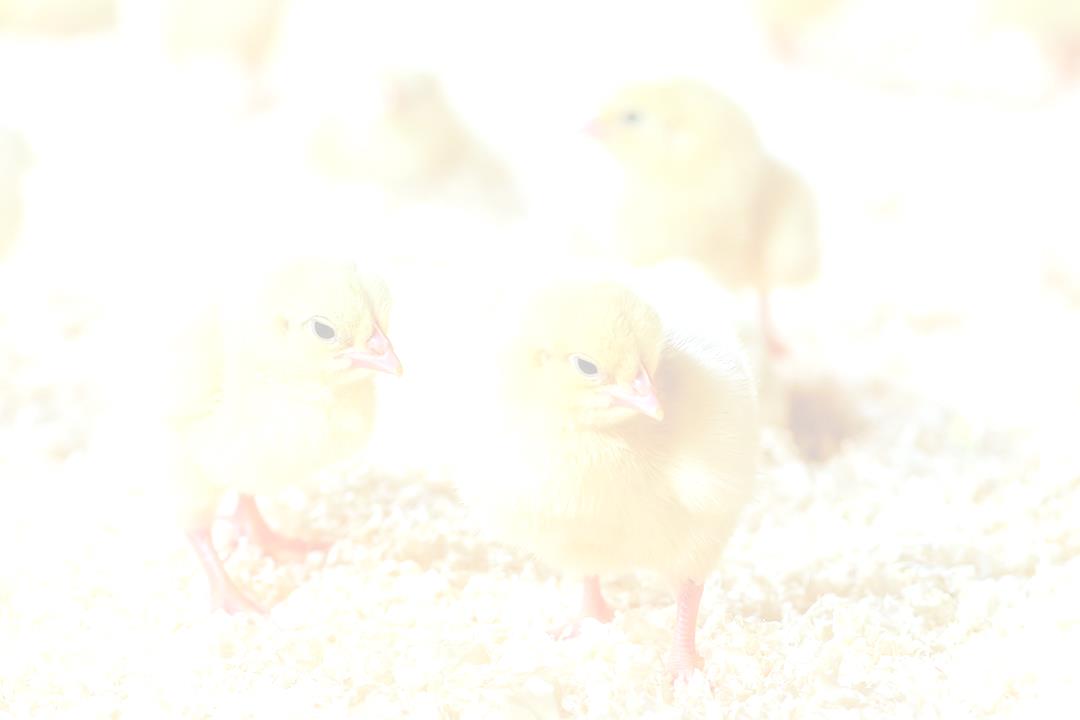
BROODING
158
and nutritional causes. Here in this section, we are sharing about the cause of early chick mortality and ways to reduce the chick mortality.
158
What causes early chick mortality?
There are myriads of causes of early chick mortality.
However, the most common factors are:
Genetic causes.
Management causes.
Nutritional causes.
Disease causes.
Genetic Causes
There are around 21 lethal gene mutations in birds.
Most of these lethal genes lead to chicks’ death during the incubation period. However, congenital tremors and congenital loco cause the death of chicks within a week of hatching.
Page 158 of 223
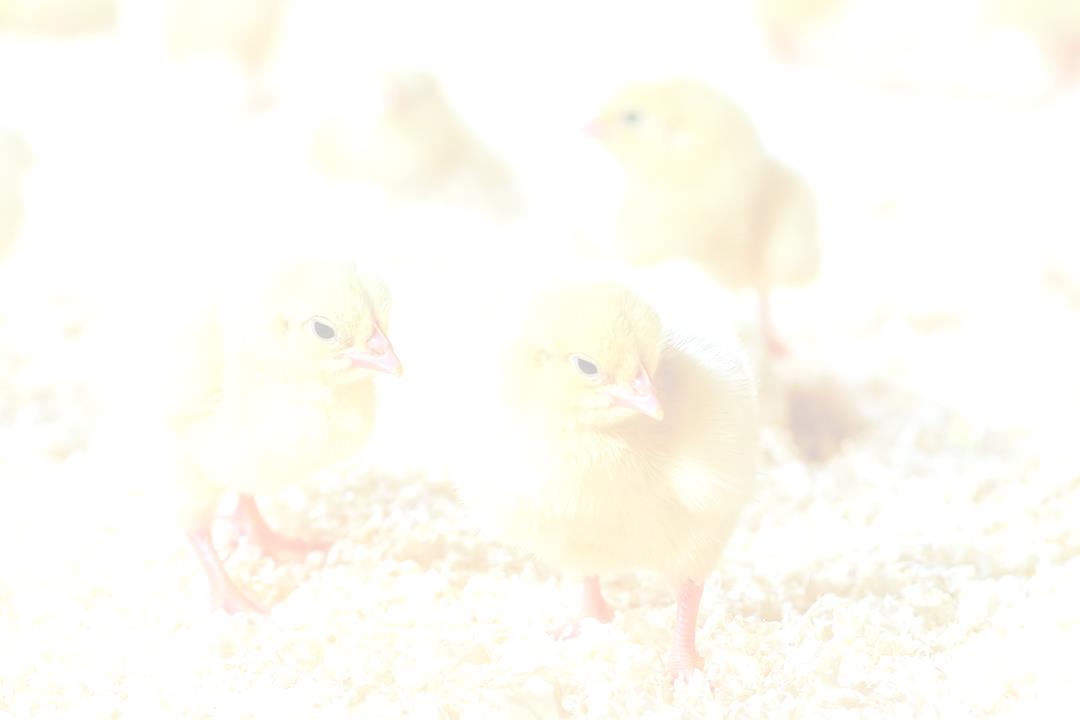
BROODING
159
Management Causes
Another most important cause of early chick mortality is – Poor management. Sound
management is indispensable for keeping flocks 159
healthy and alive. Chicks reared in poorly managed poultry will not be able to manifest their full genetic potentials. Some of the management blunders include.
High Brooding Temperature: High brooding temperature is dangerous for your flock. Too much heat makes chicks dehydrated due to which they consume more water rather than feed. Due to their reduced feed intake, their growth is drastical y affected, leading to their death. Besides, it also causes pasted vent (i.e., feces stalked around the vent area block the vent, ultimately resulting in chicks’ deaths because of their inability to pass out waste from the body).
Page 159 of 223

BROODING
160
Low Brooding Temperature: Low brooding temperature causes chilling, and prolonged exposure to cold can directly impact the immune system of the flock, thereby making birds 160
vulnerable to diseases. Besides, flock tends to huddle together when exposed to too much cold to keep themselves warm. Huddling causes
suffocation in the flock, thereby resulting in chick mortality.
Poisoning: The mortality rate due to poisoning is also high in early chicks. It, however, depends on the type, dose, and duration of exposure. Poisoning mortality could be sudden and dreadful. The reason for poisoning could be any from feed to excessive salt intake, herbicides to insecticides, and disinfectants, etc.
Litter Contamination: Another most crucial cause of chick mortality is -contaminated bedding Page 160 of 223
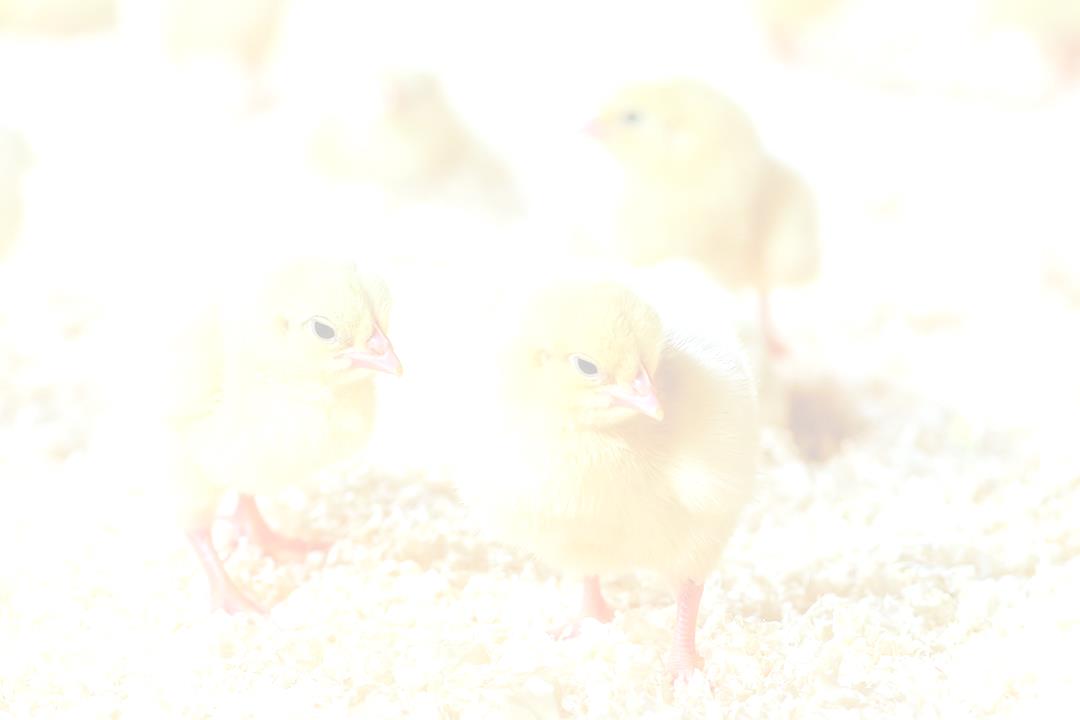
BROODING
161
materials. Some farmers use sawdust for brooding, which could be really harmful to chicks. Chicks can mistake sawdust for feed, and in the process, they consume it in good quantity, which leads to 161
gastrointestinal impaction and ultimately resulting in death.
Starvation: Starvation is another cause of chick mortality because young chicks do not have fat storage to fulfill body needs during starvation, resulting in death.
Injuries: It is important to handle chicks carefully during vaccination, sexing, dubbing, de-beaking, transportation from brooding farm to rearing farm, etc.; otherwise, it can cause injuries and ultimately result in death.
Inadequate Feeders and Drinkers: Using wrong feeding and drinking equipment can also cause Page 161 of 223
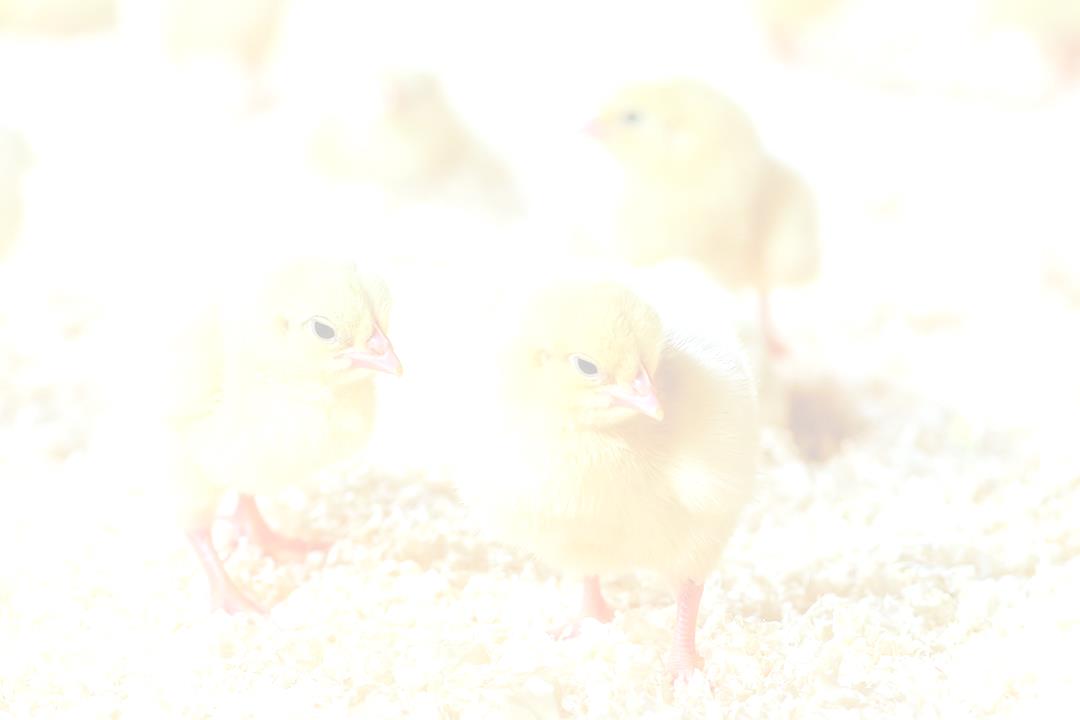
BROODING
162
chick mortality. Inadequate feeders and drinkers affect flocks’ performance. It also leads to feed wastage and water spillage that results in the wet litter, which is a suitable condition for disease 162
outbreak. Less feeder and drinker, on the other hand, cause starvation, ultimately leading to death.
High Relative Humidity: High relative humidity causes the dampness of litter material in the brooding house, facilitating the growth of microorganisms, a suitable condition for disease outbreak.
Predators: Poorly constructed brooding houses are again a cause of chick mortality. Predators, such as hawk, rat, dog, cat, snakes etc., can easily make their ways in the brooding place and attack chicks.
Page 162 of 223
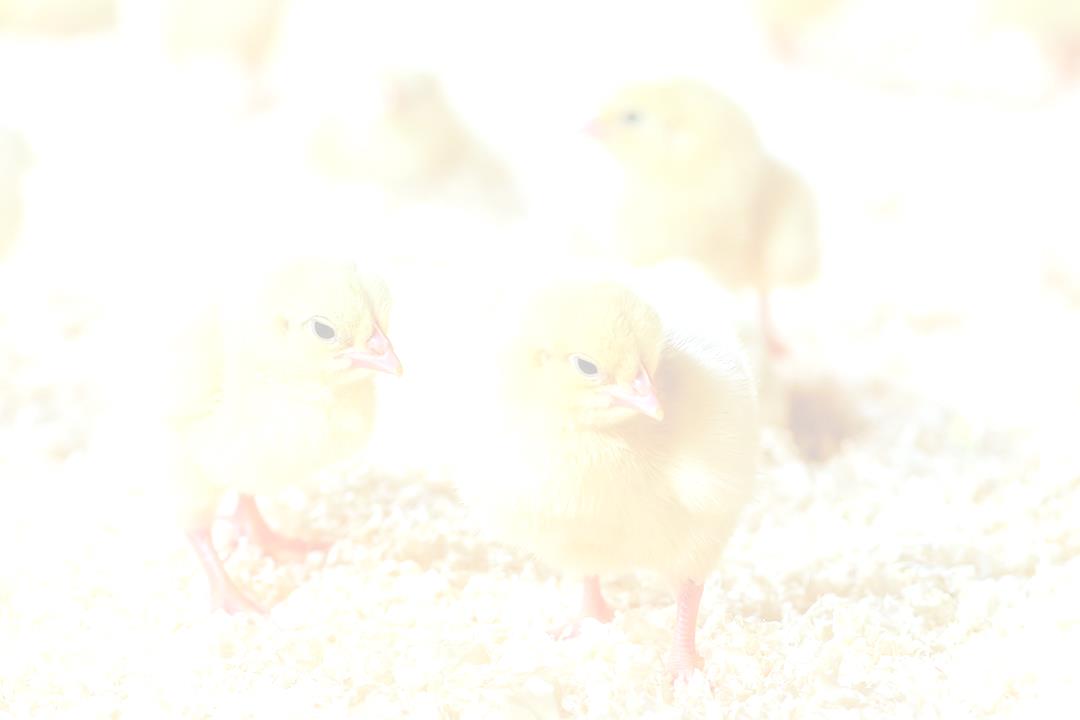

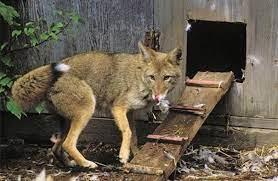
BROODING
163
163
Nutritional Causes
Water: Water is one of the essential elements for maintaining the health and performance of the birds. It not only acts as a transport medium for Page 163 of 223
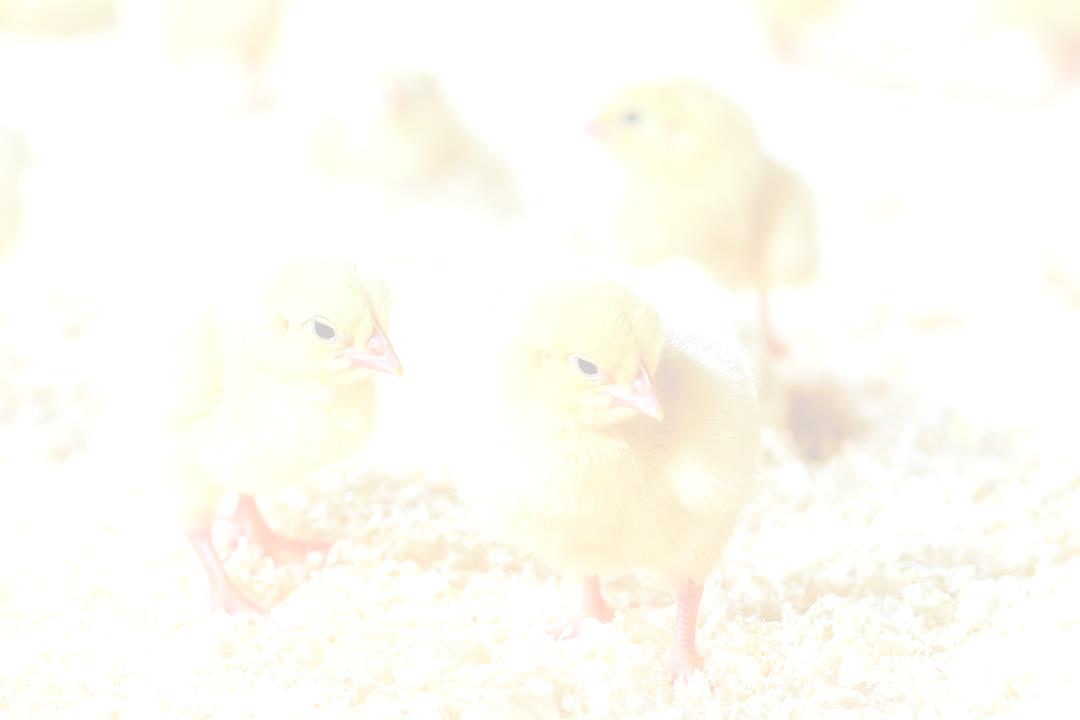
BROODING
164
nutrients and metabolic end products but also it helps in maintaining body temperature during hot weather. Besides, water balances the minor deficiency of minerals like Na, Cal, K, etc.
164
Unhygienic water causes high mortality.
Fat Soluble Vitamin Deficiency: Vitamins A, D, E, and K are fat-soluble vitamins. These Vitamins are required for normal growth, development, and reproduction of chicks. A high deficiency of fat-soluble vitamins can cause death. In comparison, minor deficiency of these vitamins results in cessation of growth, lacrimation, rickets, ruffled feather, exudative diathesis, anemia, etc.
Water-Soluble Vitamin Deficiency: Vitamin C
and B-Complex are water-soluble vitamins. Water-soluble vitamins are an essential part of poultry diets. They are required for the metabolism, reproduction, growth, and development of chicks.
Page 164 of 223
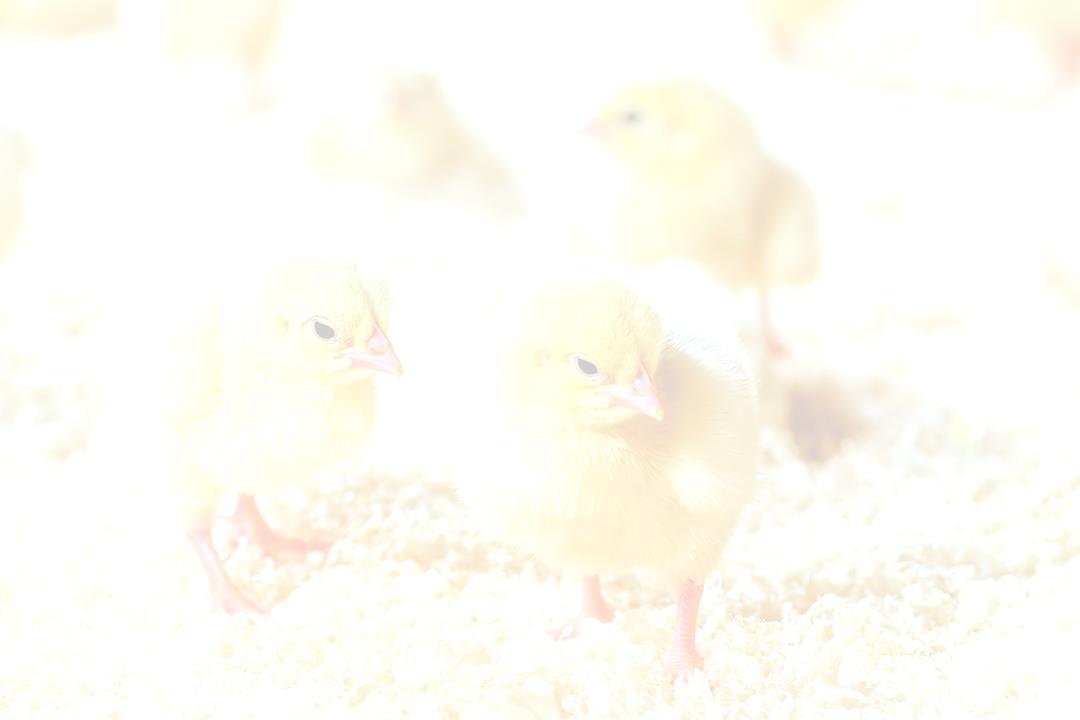
BROODING
165
Severe deficiency of these vitamins can cause death; however, minor deficiency leads to poor feathering, low growth, weight loss, dermatitis, nervous signs, and anemia, etc. in chicks.
165
Diseases
Young chicks are susceptible to infections and diseases due to a lack of immunity during the first six weeks. It is crucial to maintain biosecurity measures; failure to do so increases the chances of a disease outbreak. Pullorum is again a bacterial infection characterized by ruffled feathers, labour breathing, white diarrhoea, chirping, and death.
Chicken Anaemia Virus Infection: Chicken anaemia virus infection or CAV is an acute viral infection found worldwide. It can infect chickens of all ages; however, it is mostly detected in young chickens. CAV affects the immune system of the chicken, thereby leaving it more susceptible to Page 165 of 223
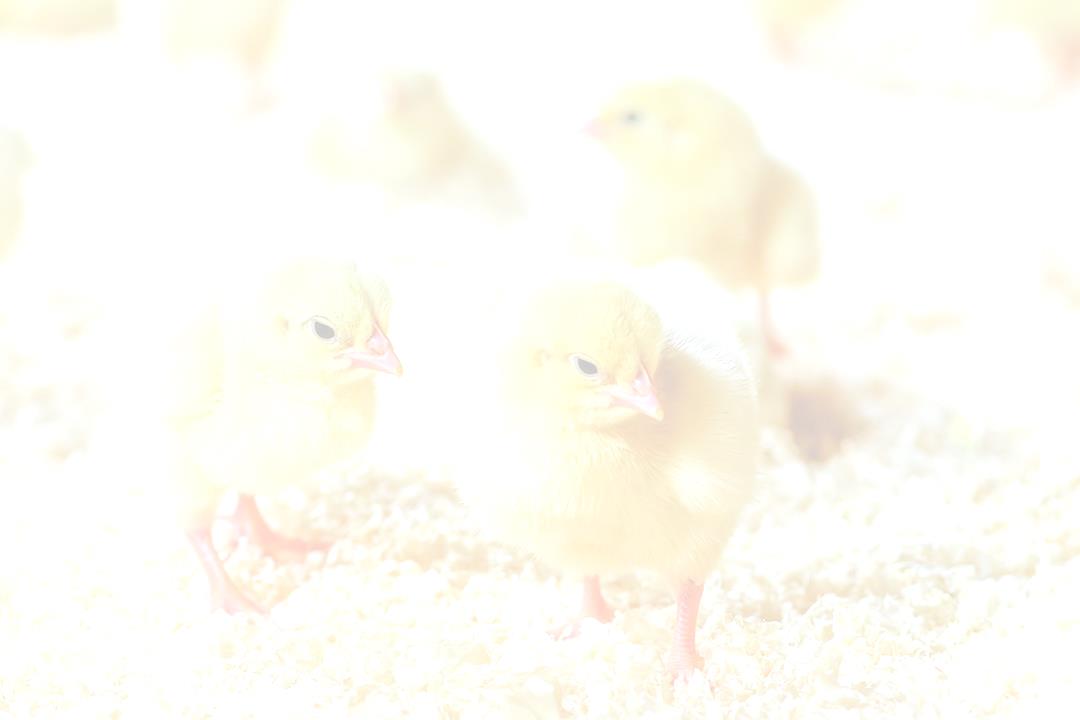
BROODING
166
other infections. However, mortality is often a result of secondary infection.
Salmonellosis: Salmonellosis is a group of acute 166
rapidly spreading diseases characterized by a rise in body temperature, omphalitis, hepatitis, and septicaemia, enlargement of the spleen, arthritis, and death. It affects all ages.
Ways to Reduce Early Chick Mortality
If a high mortality rate is being recorded in a farmer’s poultry farm, it is alarming, and he/she needs to take appropriate actions. Failure to do so can cost a farmer all his/her investments. Here are the steps that can be taken by a poultry farmer to reduce chick mortality in his/her poultry farm.
Buy chicks only from trusted suppliers
First things first, buy quality chicks from trusted suppliers. More often than not, the problem begins Page 166 of 223

BROODING
167
when you buy poor quality and unhealthy chicks.
Most of the health problems affecting birds are due to low genetic background. Hence, it is vital to buy chicks from a reputable and trusted supplier who 167
raises healthy parent stocks. It is also important to know the source of eggs of the hatchery that supplies chicks to you along with the history of the birds that lay those eggs.
Inspect the health status
No matter how reliable the supplier is, it is always advised to inspect each bird’s health status before transporting them to the farm.
Provide the flock with adequate brooding temperature
High and low brooding temperatures lead to high chick mortality. Hence, it is essential to provide your flock with a proper brooding temperature.
Page 167 of 223
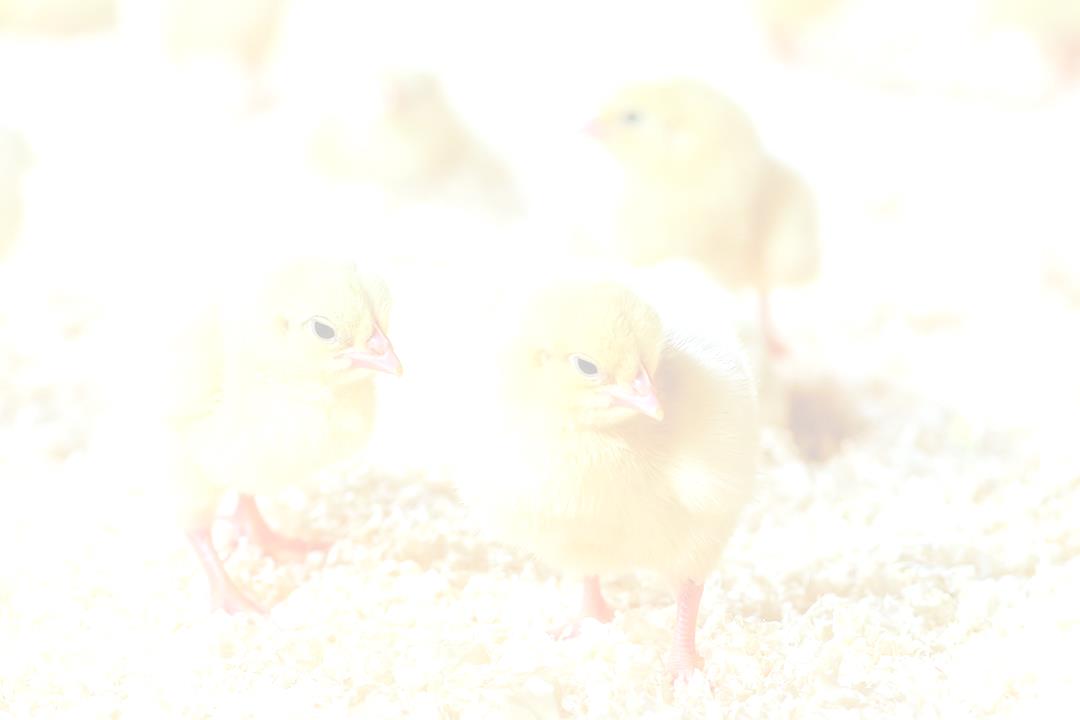
BROODING
168
Failure to do so can wreak havoc on your poultry farm.
Protect your flock from cold weather
168
Of course, even in a farmer’s wildest dream, he/she would not want to see his/her chicks dying because of cold weather. So, it is important to supply them with heat during very cold weather. A farmer should consider designing the pens in such a way that his/her birds are not exposed to extremely cold conditions.
Keep drinkers and feeders clean
Being a poultry owner is not an easy task. You need to take care of the flock and their needs to keep them healthy. Keeping the birds’ feeders and drinkers or drinking trough clean is very important.
So, make sure the drinkers and feeders are cleaned every morning and discard any leftover water and Page 168 of 223
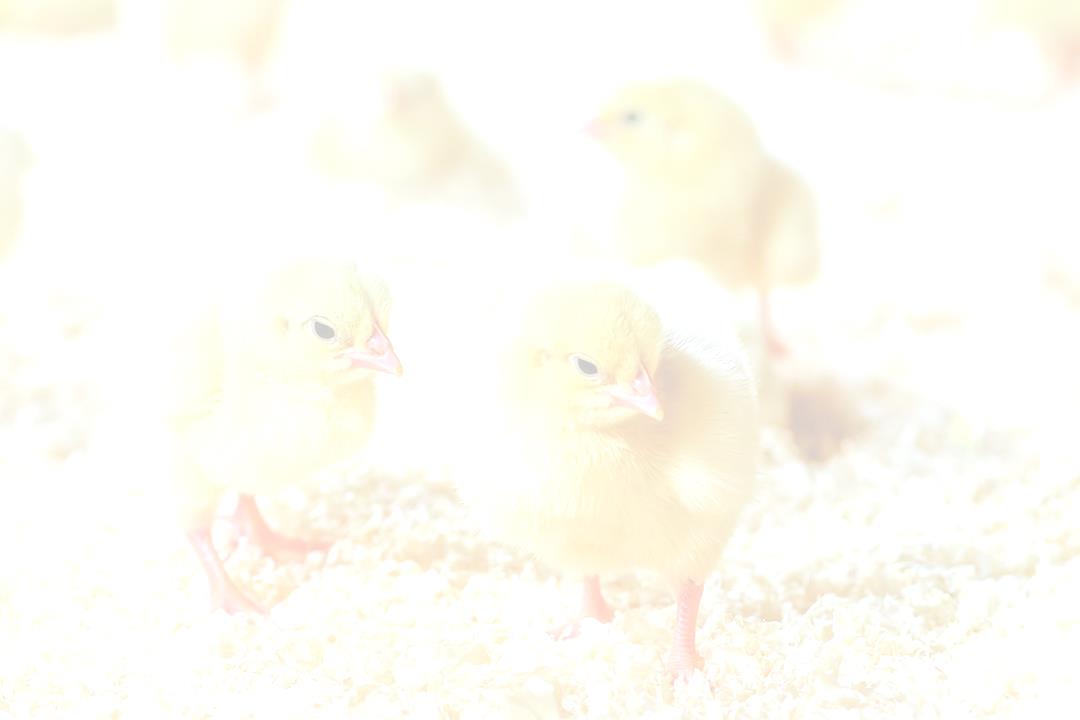
BROODING
169
feed. Also, do not fill drinkers with chlorinated water.
While discarding leftover water and feed, make sure it is done very far away from the pen. It will help in 169
preventing soldier ants from invading the farm and killing the chickens.
Minimize the risk of suffocating the chicks to death.
Birds can quickly suffocate and die when forced to move in the tight corner or inadequate temperature.
In a very cold atmosphere, they huddle to keep themselves warm, due to which the birds can suffocate or suffer a fatal injury. To avoid this, make sure that the brooding house’s temperature and humidity are at the right levels and uniform throughout the pen.
The best way to protect birds from suffocating to death is to centralize the pen’s heat source. With the Page 169 of 223
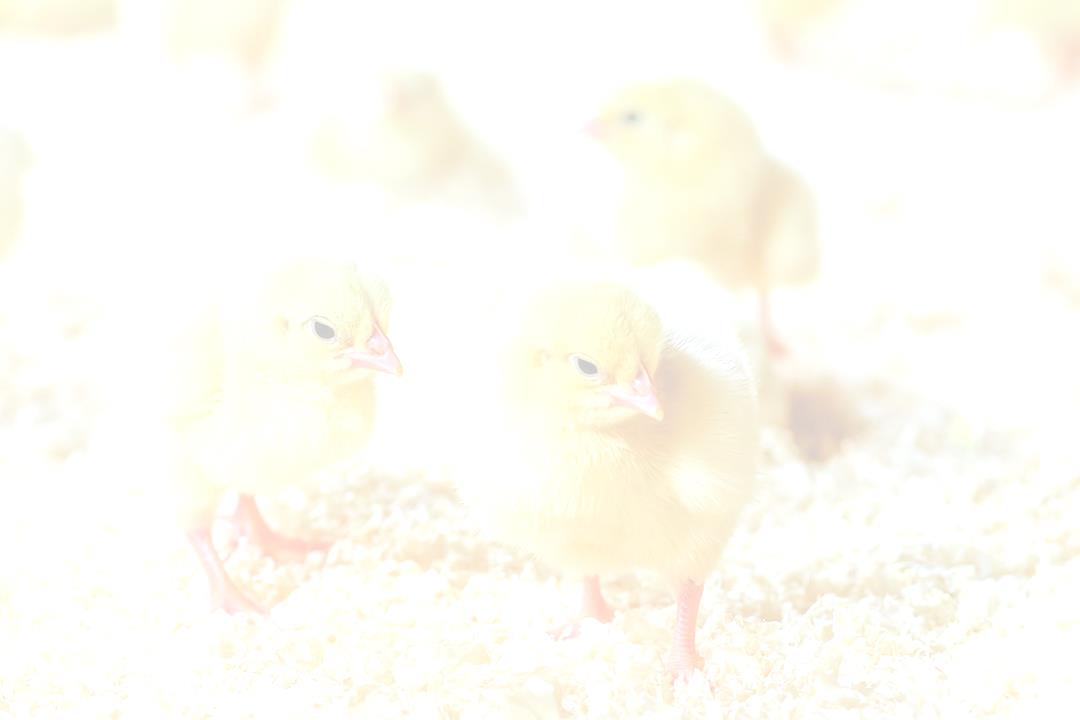
BROODING
170
heat source in the middle, the birds can be protected from huddling.
Avoid entirely sudden loud noises around the birds.
170
Birds get panic with a sudden loud noise due to which they pack together and suffocate.
Try in as much as possible to keep predators away from the farm. Birds get scared when they see predators, which leads to a panic-induced gathering that results in suffocation.
Prevent the farm from infections and diseases Some diseases can be gruesome; they can wipe out your entire flock in a go. While some may not be so fatal but may affect the feed conversion ratio of the birds. So, it is crucial to keep checking your flock regularly. In case you detect symptoms for any disease in a bird, immediately separate it from the flock and contact the vet to avoid further damage to your poultry.
Page 170 of 223
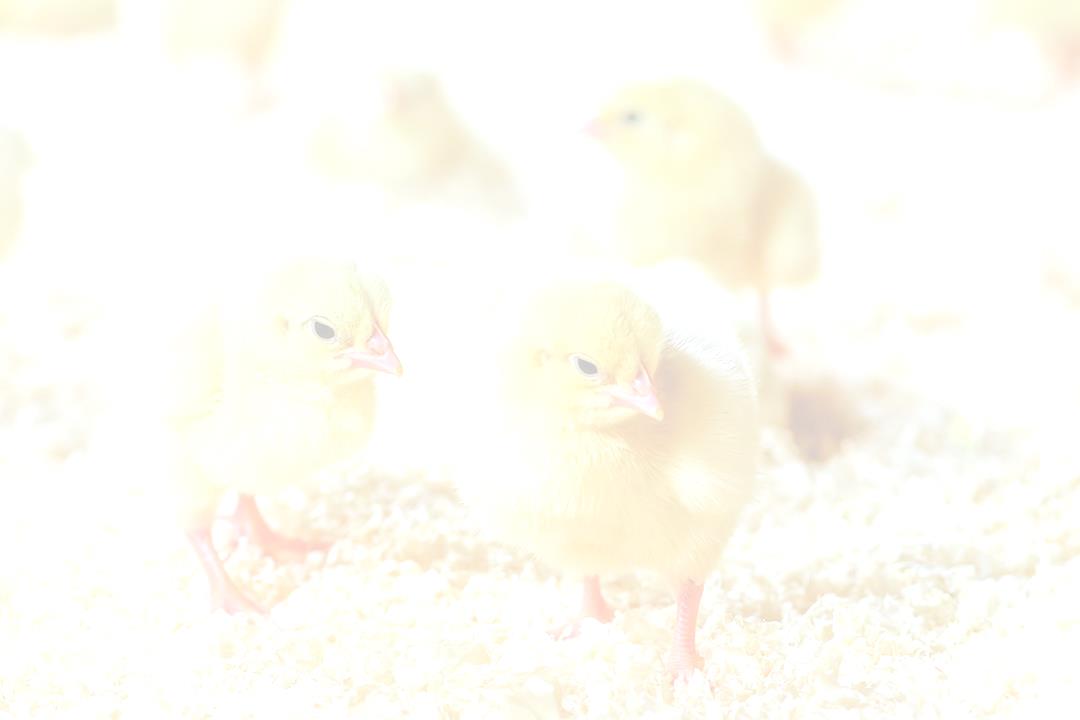
BROODING
171
Do not feed birds with moldy feeds
Moldy feeds can be dangerous and poisonous to your flock. Feeding your birds with moldy feed can lead to severe problems, such as poultry disease.
171
The best way to avoid moldy feeds on your farm is to keep the feeds away from water. Also, do not store the feed in storage rooms with very high humidity.
Besides, do not buy in bulk. Buy only that much that the birds will finish before the end of its shelf life. And check the expiry dates on the feed before making the purchase.
Serve birds water before feeds
Serve the birds’ water before feeds; it will prevent the flock from stampeding while struggling for food. Birds tend to drink water slower than they peck on their feed. Serving water first will divert Page 171 of 223

BROODING
172
some of the birds’ attention to water, which will reduce the intensity of the struggle for feed.
Keep the farm protected from predators
172
It is imperative to keep predators away from the farm. However, complete protection cannot be ensured as some of the predators sneak in from the underneath or the roof. The best way to keep more giant predators like dogs and cats from the range area is by using an electric fence. For flying predators like hawks, crisscross a thin cord over the area to prevent them from flying in and out.
Besides, close all the holes around the farm and keep monitoring the farm for predators’ signs. A farmer can even install strong iron mesh nets around the pens and apply predator repellents regularly.
Page 172 of 223
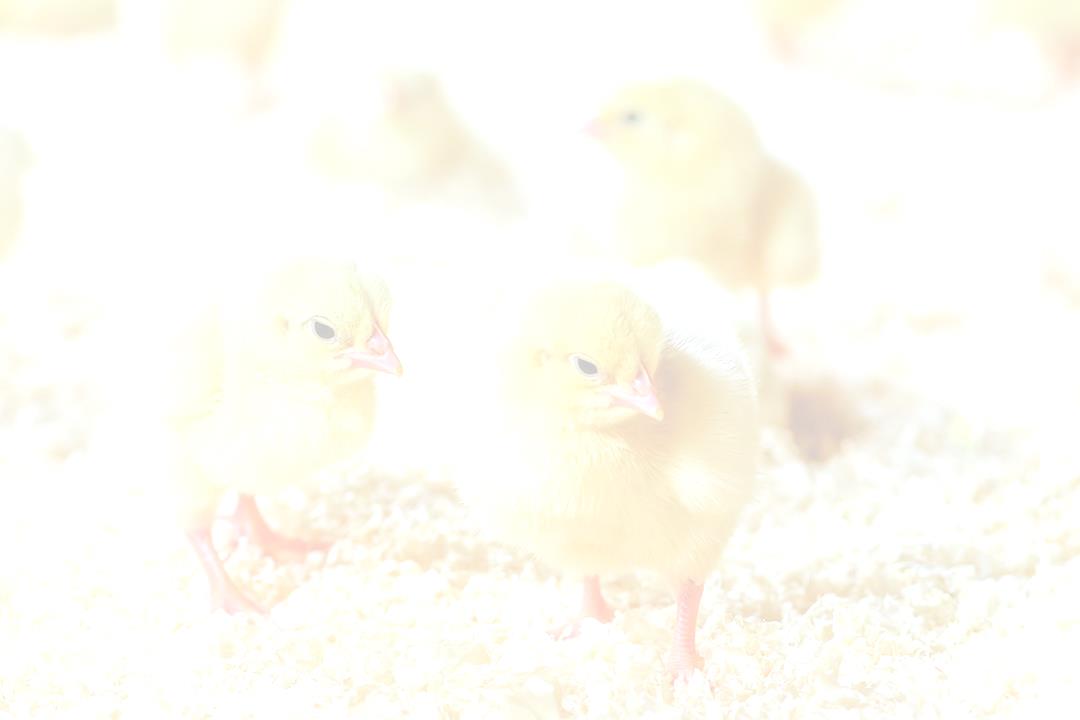
BROODING
173
Regularly clean dirty poultry pens
It is essential to clean filthy poultry pens regularly.
Ammonia starts to build up in the pen when the litter is wet or when it is left unattended for a long 173
time. This ammonia gas can be hazardous to the birds. When it exceeds 25 ppm, it leads to severe problems, like stress, inadequate feed intake, irritation of the eyes and nasal membrane, slow growth rate, and respiratory diseases like coryza, bronchitis, etc.
Thus, it is essential to remove wet or caked litter from pens to prevent your birds from mortality due to choking or other respiratory problems.
Supply sufficient feed to your birds
The improper or insufficient feed can lead to poor growth and development of birds. When underfed, birds have low body weights and poor immune responses, due to which they fall sick easily.
Page 173 of 223

BROODING
174
Likewise, overfeeding can also lead to more significant problems. That is why it is vital to give them enough feed.
174
Strictly follow medication and vaccination schedules
Following medication and vaccination is a good farm practice that can help each poultry farm owner greatly. By following medication and vaccination, you can keep endemic disease outbreaks at bay.
Make sure you get your birds are vaccinated against contagious diseases like Colibacillosis, Newcastle Diseases (ND), Fowl Typhoid, Chicken Anaemia Virus Infection, Gumboro Disease, Fowl Pox, etc.
Talk to the vet and get the right vaccination and medication schedule for the poultry species you’re raising. You can also keep a stock of the medicines at the farm to reduce chick mortality.
Page 174 of 223
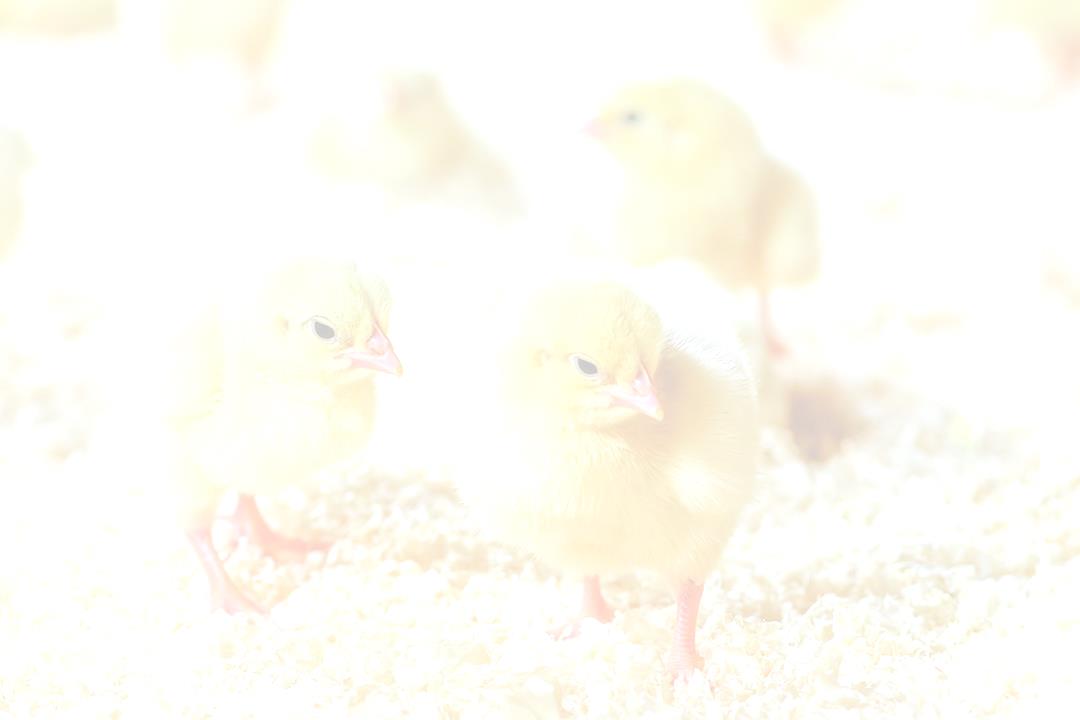
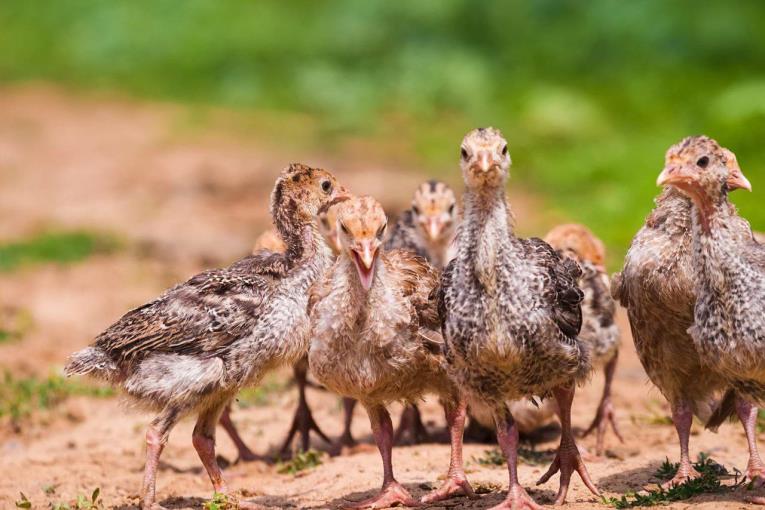
BROODING
175
Have a vet regularly check the flock
Have a vet regularly checking your flock of chicken to ensure there are no symptoms of contagious diseases. Remove recovered from the flock as 175
recovered birds are a reservoir of infection. This way, you can keep your other birds safe and healthy.
Managing Health and Disease Prevention
Although young birds are fragile and can get sick very easily, many diseases can be prevented by keeping the poultry house very clean.
Page 175 of 223
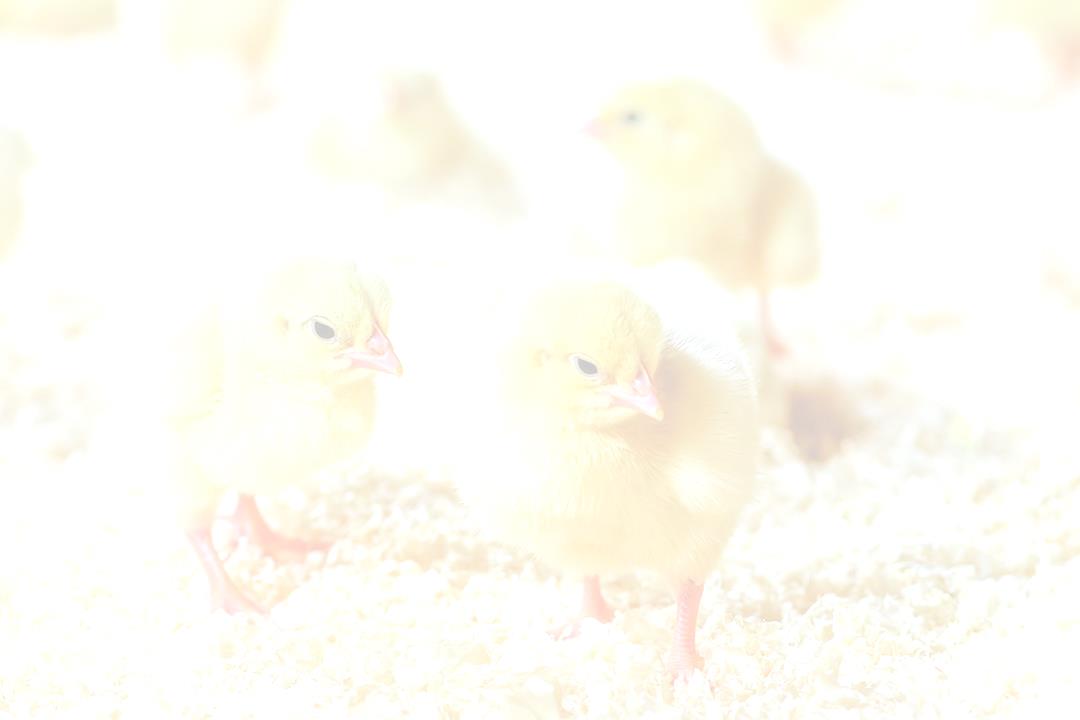
BROODING
176
Diseases such as E.coli Infection, Newcastle Disease, Aspergillosis, Coccidiosis, among others, affect birds at an early age and are caused by 176
nutrient deficiency or by bacteria and viruses. Even overcrowding can also cause diseases in birds.
To prevent diseases and maintain the health of the flock, it is necessary to vaccinate chick against various diseases. Also, ensure adherence to critical biosecurity measures during and after the brooding period.
Examine chicks one after the other for signs of defects before placing them under the brooder.
Remove all dead chicks from the flock to prevent cannibalism and possible infection by pathogenic organisms. Also, the drinker should be taken out and washed thoroughly before being filled with clean cool water. Avoid overcrowding and daily Page 176 of 223
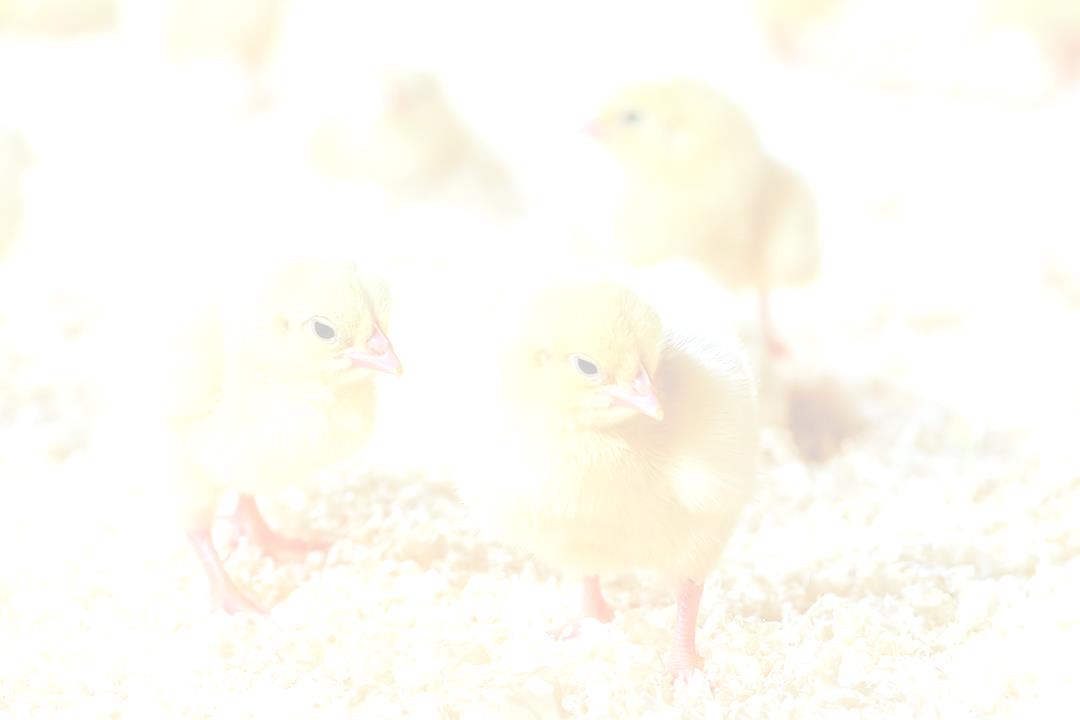
BROODING
177
inspect the condition of birds and their faces for any
sort
of
abnormality.
Follow
a
regular vaccination schedule.
177
Standard Chicken Vaccination Schedule
Vaccination regime recommended for commercial layer and broiler chicks, but the bold printed ones are also applicable to improved management of indigenous chicken.
Age
Vaccination Against
Application
Day 1
Marek
Sub cut (neck)
Day 1
Newcastle disease
Eye or nasal drop
Day 7-9
Gumboro
In drinking water
Day 10-14
Newcastle (Lasota) + IB In drinking water (infectious Bronchitis
or eye/nostril drop
Day 16-18
Gumboro
In drinking water
6th week
Newcastle (Lasota) + IB
In drinking water
6 - 8th week
Fowl Typhoid
Injection
8-9th week
Deworming
(every
8 In drinking water
weeks)
8 - 10th week
Fowl pox
Wing stab
12 - 14th week
Fowl Typhoid
Injection
16 - 18th week
Renewed Newcastle (then Optional
repeat every 3 months)
The bold ones are also needed for small holder chicken flocks (including indigenous chicken).
Page 177 of 223
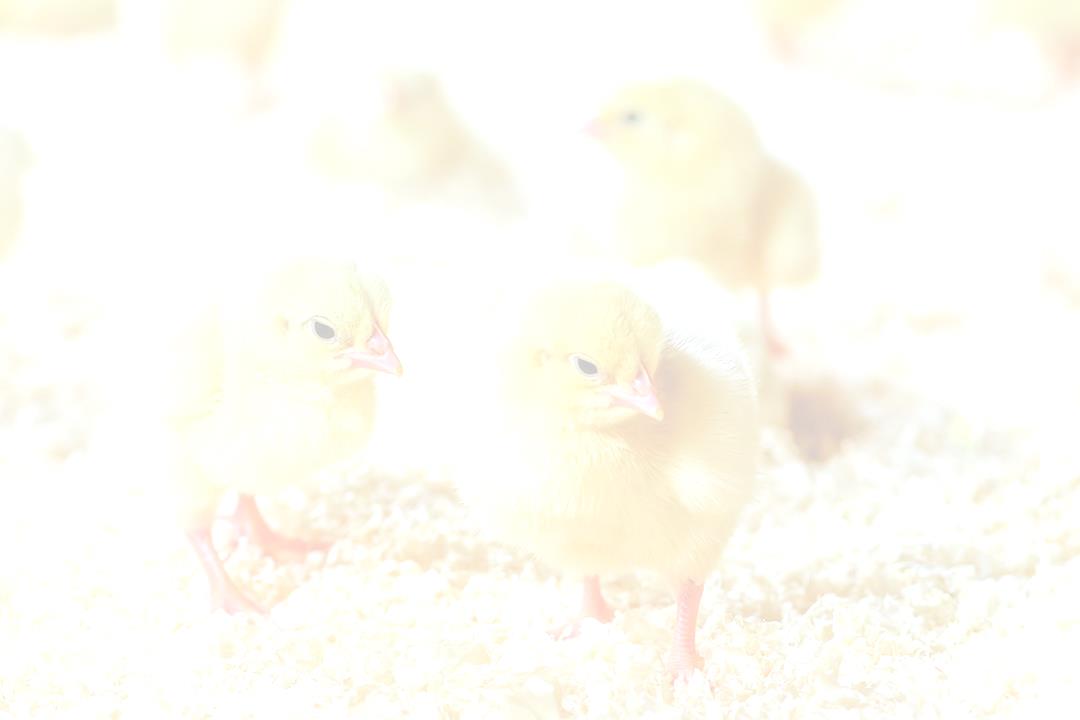
BROODING
178
Gradual Transition to the Outdoors
Successfully transitioning young poultry from their brooder to permanent outdoor facilities requires following a few common-sense guidelines. First 178
determine that the birds are ready to move from their brooder, taking into consideration such factors as how well feathered the birds are, and outdoor temperatures during both daytime and nighttime.
Degree of Feathering
Fully-feathered poultry are generally ready for a permanent move to outdoor housing. How fast poultry feather out depends on the species, breed and brooding temperature. As a general rule, a farmer can expect:
chickens to fully feather at approximately 5 to 6
weeks
Page 178 of 223
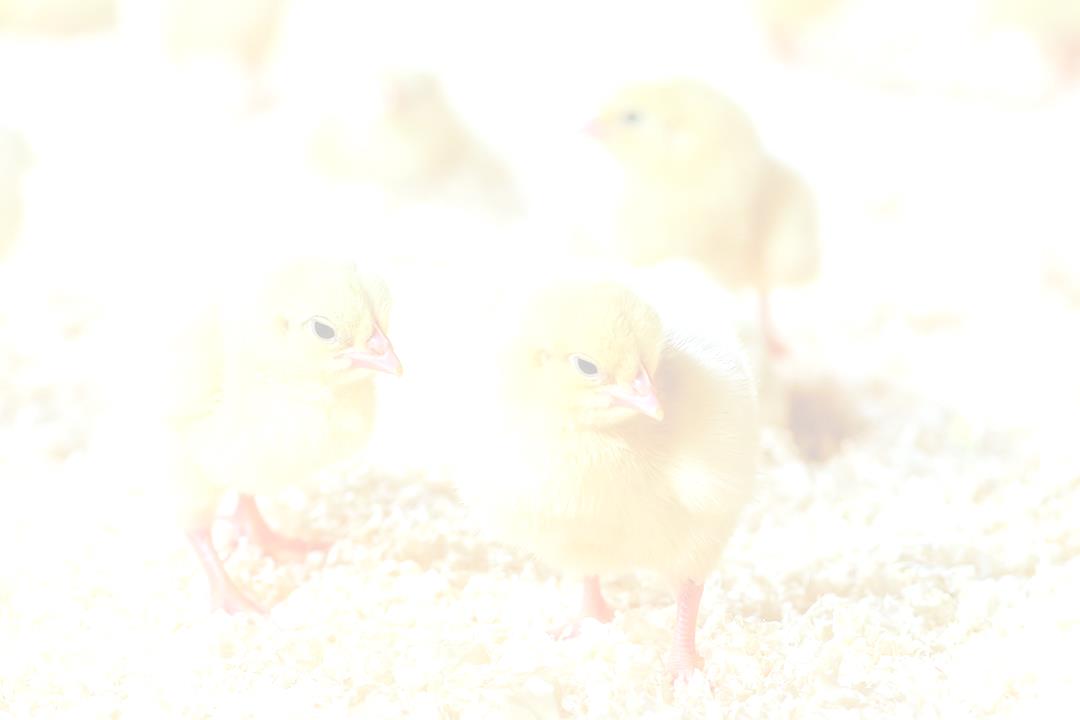
BROODING
179
ducks to fully feather at approximately 7 to 9
weeks
turkeys to fully feather at approximately 8 to 10
weeks.
179
Within each species, different breeds feather at different rates. Speed of feathering also depends on brooding temperature. Within the birds’ comfort zone, a temperature slightly on the warm side will result in slow feathering, while a temperature slightly on the cool side will increase the rate of feathering.
Ambient Temperature
An often-stated rule of thumb is that the brooding temperature should start at 95ºF and be reduced 5ºF per week for the first six weeks, or until the brooder temperature is the same as the daytime temperature outdoors. At that point, young poultry Page 179 of 223
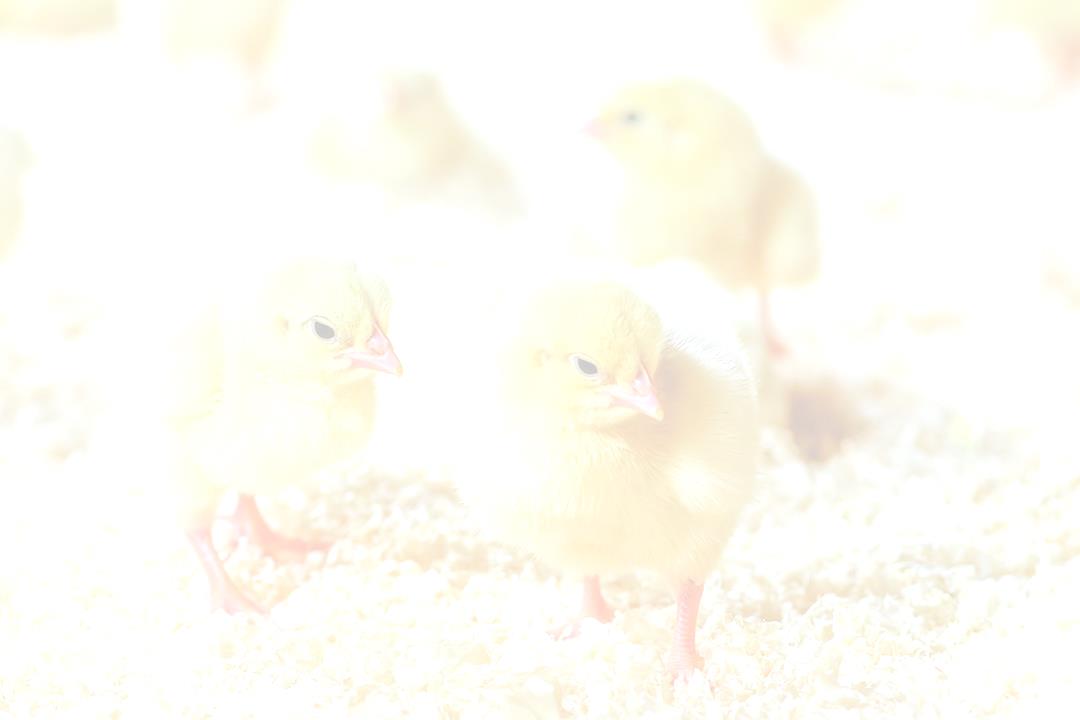
BROODING
180
should no longer require auxiliary heat and can safely be moved outdoors.
Of course, that is assuming the ambient 180
temperature is 65ºF to 70ºF. A lower ambient temperature can require a longer brooding period.
On the other hand, if the outdoor temperature is higher than brooding temperature and conditions are dry, young poultry may be moved out of the brooder sooner.
Weather conditions are a big factor in determining the best timing. Where turkeys are involved, many growers keep their birds off the ground until they are at least 12 weeks old, to avoid damp or chilling weather conditions that can kill young turkeys.
Ducks love wet conditions, but they too will suffer if they get chilled. Because ducks make such a mess in the brooder, they might be moved to a protected Page 180 of 223
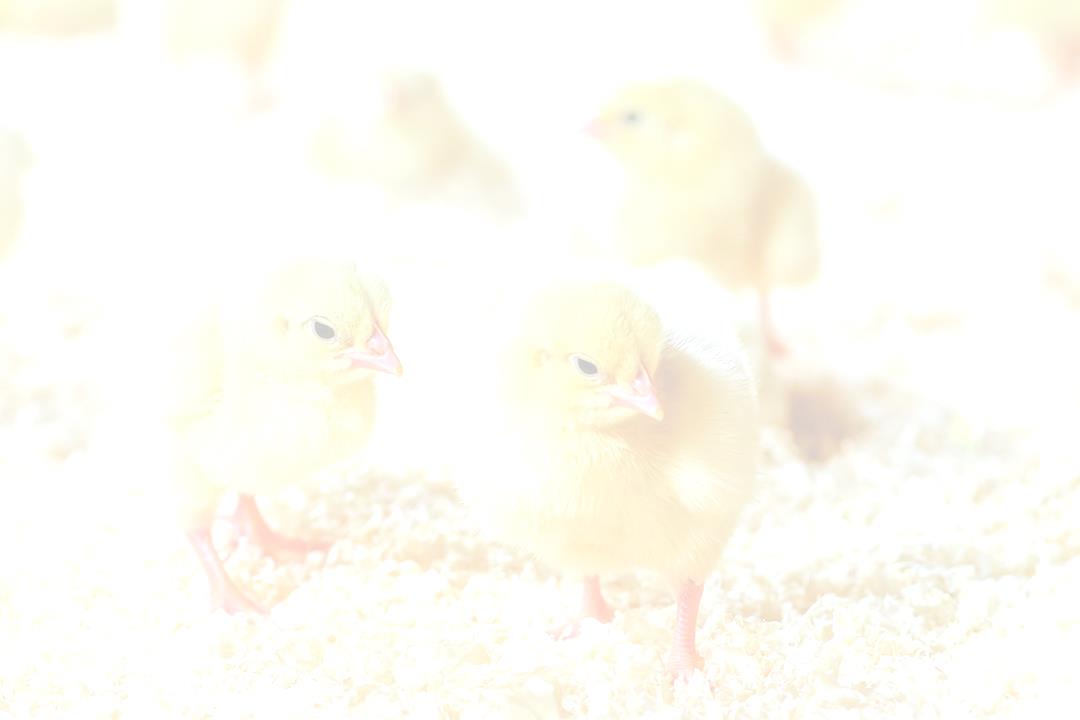
BROODING
181
outdoor facility at an early age. Alternatively, a farmer could put them outdoors on warm days and bring them back in at night.
181
Gradual Transition
A big factor in successfully moving young poultry from the brooder is to make a gradual adjustment to let the birds get acclimated to outdoor conditions. Birds that no longer require brooder heat will acclimate rather quickly. Never abruptly move poultry from a heated brooder to permanent outdoor facilities. Where nights are chilly, the birds might be brought back indoors overnight. Or, heat might continue to be provided in the outdoor coop, at least during the night.
Acclimation to lights-out at night is another important transitional measure. Before chicks are moved to an outside coop, they should get used to having the brooder lights dimmed or turned off at Page 181 of 223
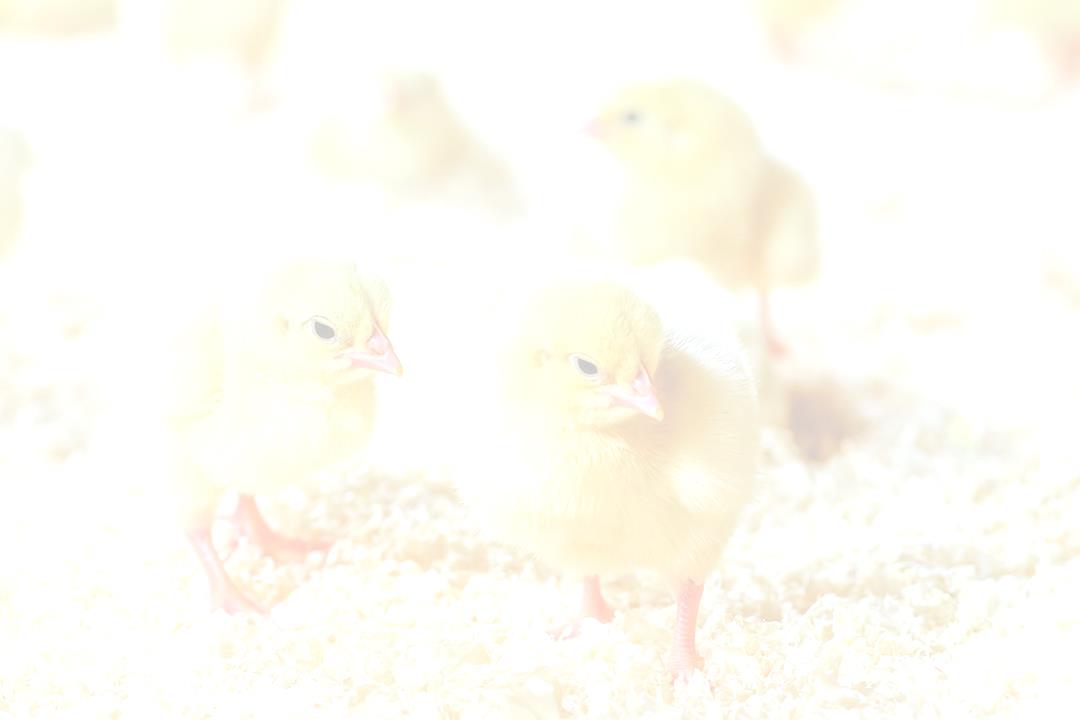
BROODING
182
night. Lights that go off suddenly at night can scare the birds and result in a pileup - birds piling on top of one another, smothering those unfortunate enough to find themselves at the bottom. Because 182
pileups occur most often after dark, birds that learn to bed down naturally as dusk falls generally will not pile.
Another acclimation option is to furnish brooded birds with a sunporch fully enclosed with hardware cloth, where they can choose to spend time outdoors during the daytime. A sunporch, made available when chicks are 3 to 4 weeks old, allows the birds to acclimate at their own pace. Every evening for the first week after opening access to the sunporch, make sure the birds have gone back inside for the night.
After the birds are moved to the outdoor coop, keep them confined inside for the first few days Page 182 of 223
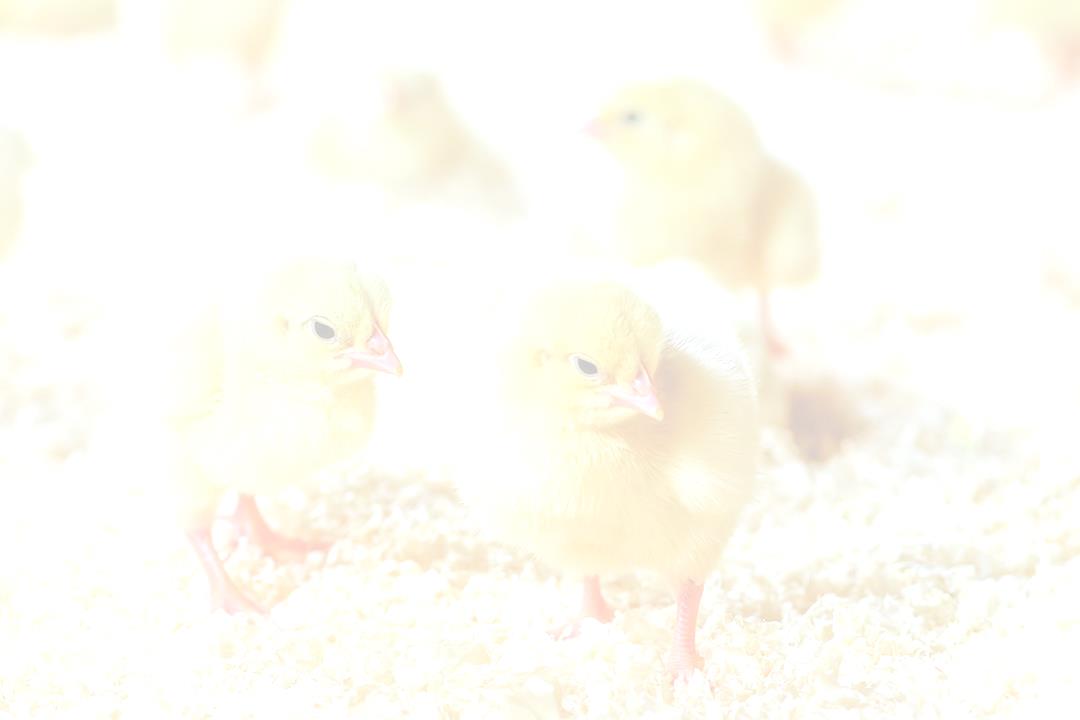
BROODING
183
before opening the door to the outside run. Once they are given access to a run, check every evening for the first week or so, to see that they go back inside. Birds that remain in a cold, damp, drafty run 183
overnight may pile or chill.
Number of Birds
Additional transitional measures relate to the number of young birds in relation to the size of the outdoor housing. A sizable number of birds may generate enough heat to keep themselves warm overnight, assuming their housing is not damp or drafty. Just a few birds in a big coop, however, might need a little help, such as confining them to a smaller portion of the coop, or providing them with auxiliary heat until nighttime temperatures improve.
The natural instinct of chilled poultry is to huddle together to stay warm. Huddling can result in Page 183 of 223
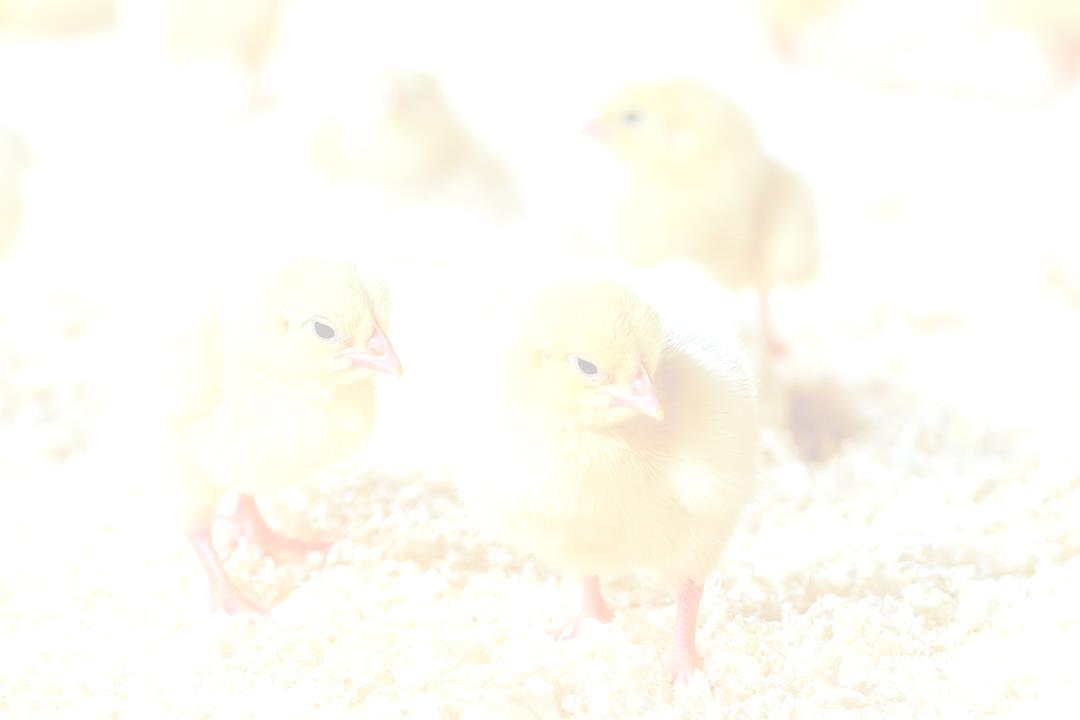
BROODING
184
pileups. Temporarily rounding the coop’s corners helps prevent young birds from getting trapped in a pileup. Corners may be rounded with boards or stiff cardboard, or each afternoon bedding may be 184
pushed into an incline at all corners.
Piling may also occur when chicks are moved from a brooder with a low overhead to a coop with a high ceiling, where they feel less safe. An easy fix is to prop a small sheet of plywood on blocks at the four corners, giving the chicks a place to safely “hide”
underneath.
By gradually transitioning birds and taking into consideration outdoor temperatures, the number of birds and their degree of feathering, a farmer can successfully move young poultry from their brooder to permanent outdoor facilities.
Page 184 of 223
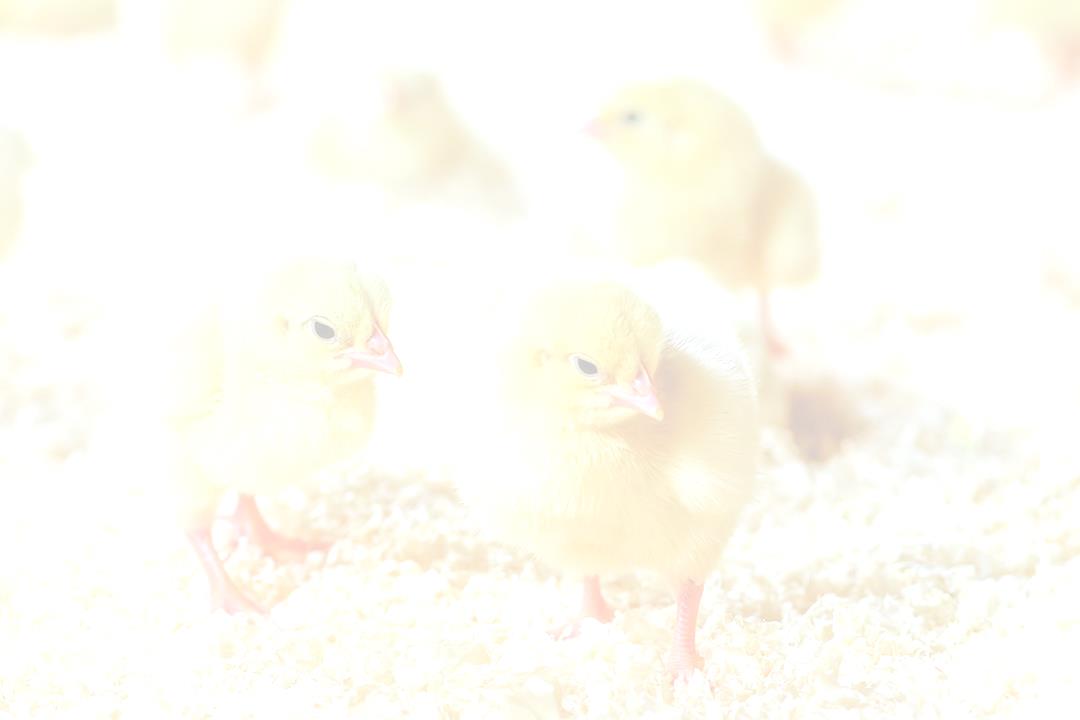
BROODING
185
Troubleshooting Common Brooding Issues
Young chicks grow fast; one day they are tiny balls of yellow fluff and the next they are gangly, awkward-looking creatures midway between
185
chickdom and adulthood. For poultry, the brooding period runs from day-old up to eight weeks of age, and is a critical time in a bird’s development, one that can have a significant impact on a farmer’s bottom line.
At first glance, brooding chicks does not seem like rocket science; they need to be kept warm, dry and provided with ample food and water.
Unfortunately, what sounds like an easy task can become a balancing act involving constant monitoring, adjustments and know-how. For those farmers who put that extra time and effort into the brooding period they will be rewarded with happy, healthy and profitable birds.
Page 185 of 223
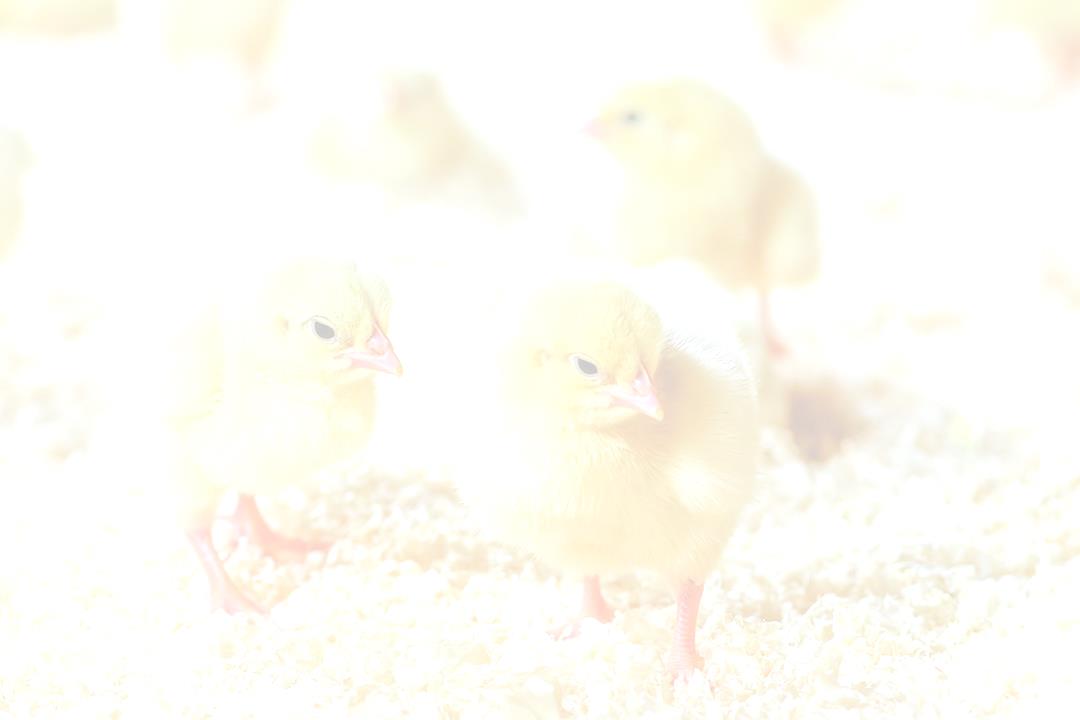
BROODING
186
Maximize the flock’s potential by recognizing and addressing brooding issues before they become brooding nightmares. Remember that mistakes made in brooding management often cannot be 186
made up for later in development, and even a few hours of poor conditions can have a negative impact down the line.
Here is a rundown of where brooding
management can go wrong, and how to stay on track:
Chilled or overheated chicks:
This cannot be stressed enough: proper
temperature control is the single most important thing a farmer can do to ensure his/her chicks are healthy. A chick who is cold will not eat or drink properly, and will be susceptible to illness and disease. If the chicks are panting and standing with their wings spread a farmer should know his/her Page 186 of 223
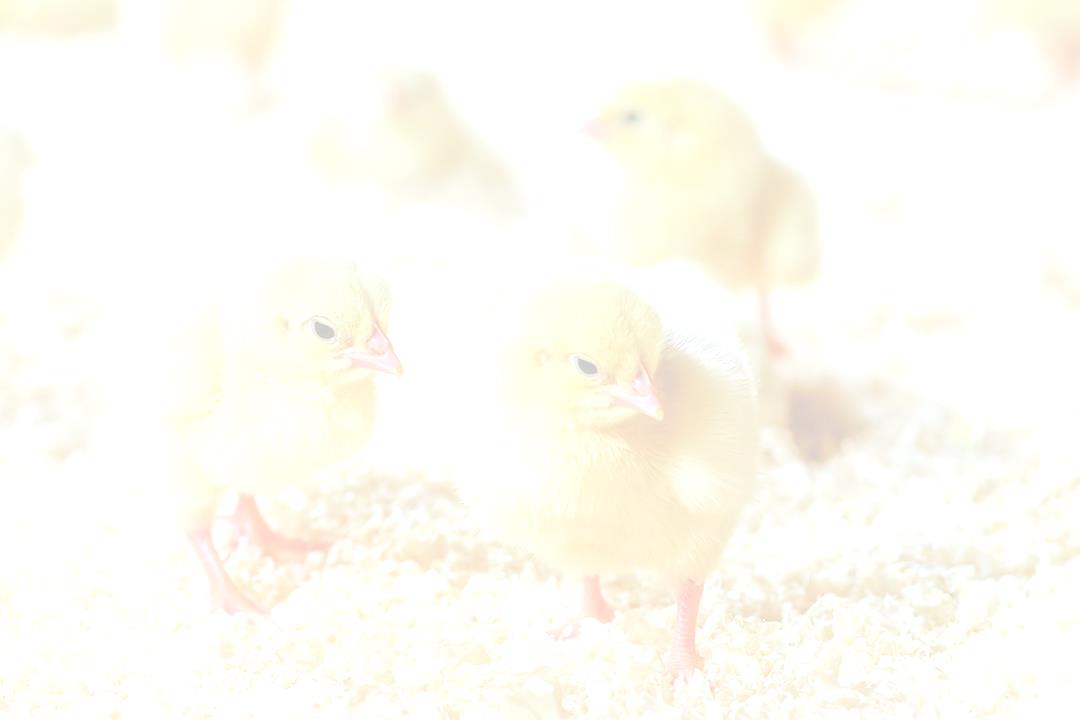
BROODING
187
brooder is too warm; if the chicks are huddled in a corner then the farmer ought to know that his/her brooder is too cold.
187
Using either a heat lamp or chick heater, a brooder should be kept at 95 degrees Fahrenheit (35
Celsius) for the first week, following which the temperature is reduced by five degrees Fahrenheit every week. Make sure the temperature is in the correct range throughout the brooder by buying a couple of thermometers and placing them in different areas.
Temperature control begins as early as when the birds are picked up from the supplier. Do not just throw the chicks into a box in the back of a truck and drive away; transporting can be a major source of stress - remember, these chicks just hatched literally the day before, and may already have been Page 187 of 223
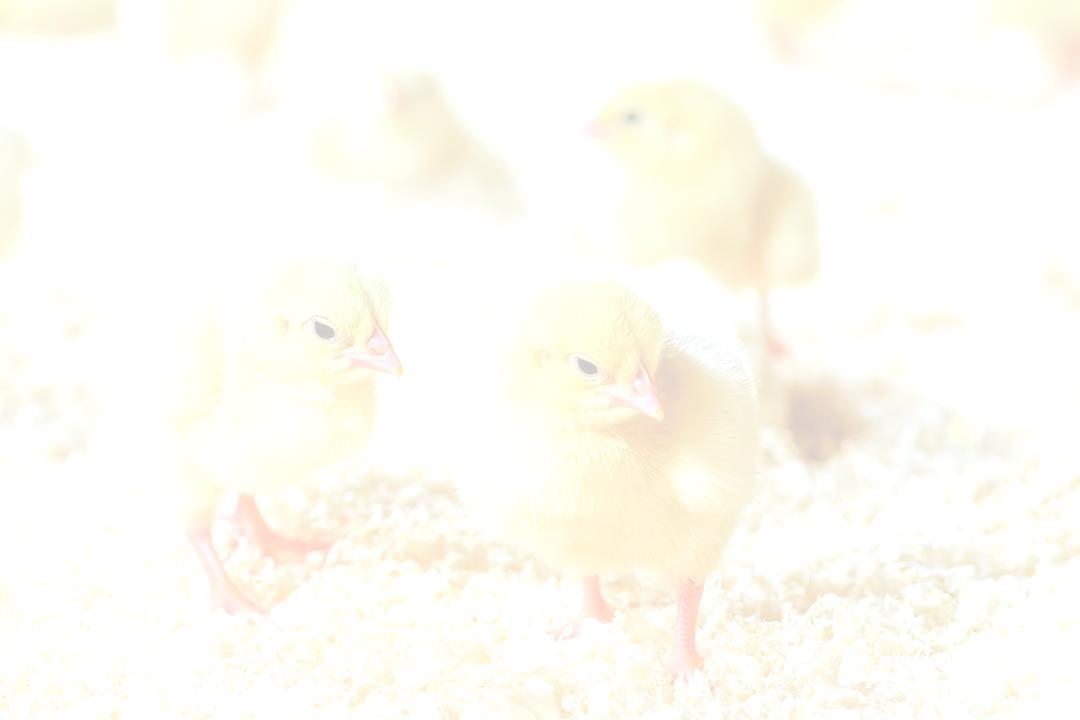
BROODING
188
in transit for hours before reaching a farmer’s premises.
Underfed or dehydrated chicks
188
If chicks are not growing properly, and appear malnourished or dehydrated, there are a couple of potential culprits. To begin with, make sure the chicks are being fed a commercial chick starter, mixed exclusively with the nutritional needs of chicks in mind. Make sure the feeder is low enough for the chicks to find easily and there is sufficient room around it for everyone to get their fair share.
The drinker/waterer should be similarly accessible and should contain clean water, checked regularly.
An often-overlooked cause for underfed or dehydrated chicks is the lighting program. If chicks cannot see their food or water, they cannot eat, and if they cannot eat, they cannot grow. Maintaining adequate lighting is a balancing act; ideally a farmer Page 188 of 223
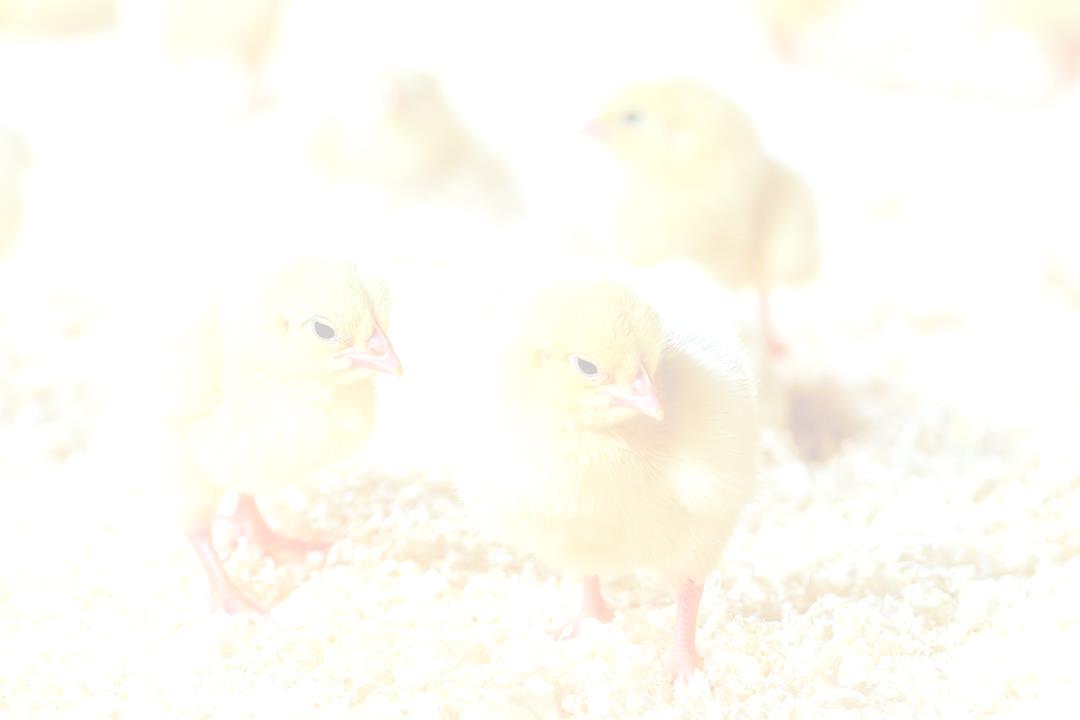
BROODING
189
may want his/her chicks to have several hours of darkness each day, but with enough daylight hours to encourage eating and drinking.
189
A common assumption is that 24 hours of light each day will be to the benefit of the chicks, but periods of darkness can not only give chicks an opportunity to rest, darkness can also help simulate a natural circadian rhythm that will regulate hormone levels and improve a chick’s immune system. For broilers in particular, periods of darkness can be a way of regulating rapid growth by restricting feeding hours. For broiler chicks, a good lighting program is 14 hours of darkness per day from days 7 to 21.
Sick chicks
Chicks who are sick will act and look sick. If the chicks appeared healthy when they were being picked up and became sick after the first day, it is a Page 189 of 223
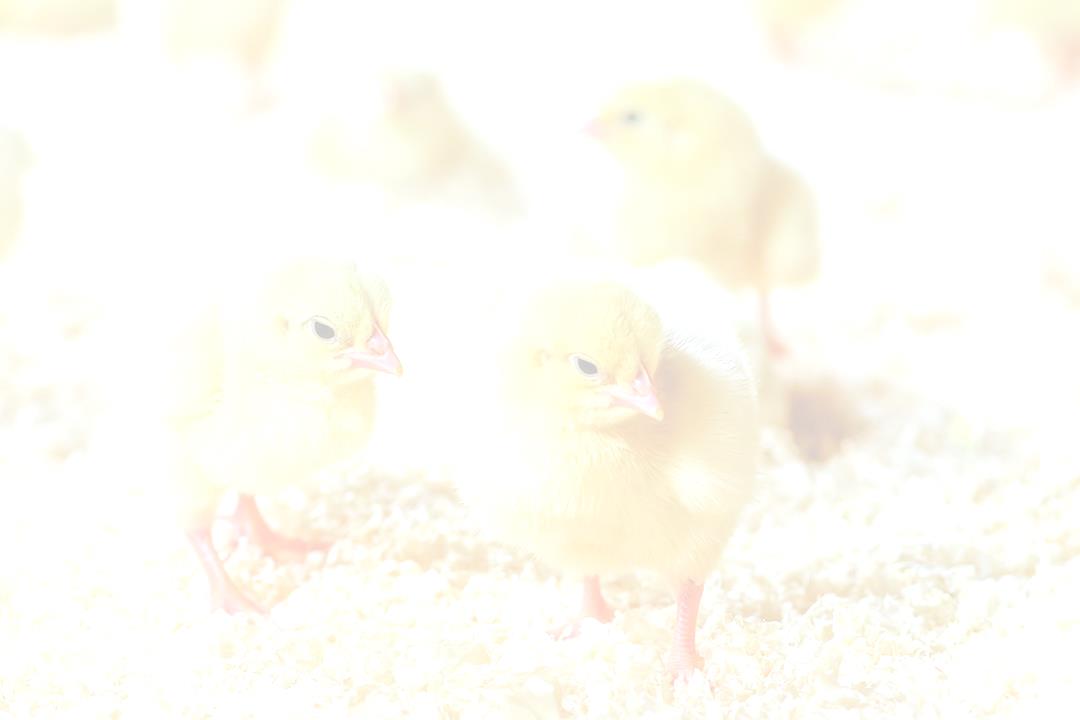
BROODING
190
good bet the farmer’s brooding management is the culprit.
Proper brooding management - adequate
190
ventilation, ample food, clean water and a warm environment - is a farmer’s best defence to illness; anything less can cause a weakened immune system and susceptibility to disease. If other birds are being kept on the farm, failing to follow proper biosecurity protocols can also introduce illness into a young flock of birds.
Another consideration is bedding - one of the biggest breeding grounds for disease can lie directly beneath the chick’s feet. Bedding that does not absorb moisture can become a place for disease or mould to flourish. The preferred bedding for chicks is shavings, which absorb moisture well, but will not mat and stick to a chick’s feet like straw.
Page 190 of 223
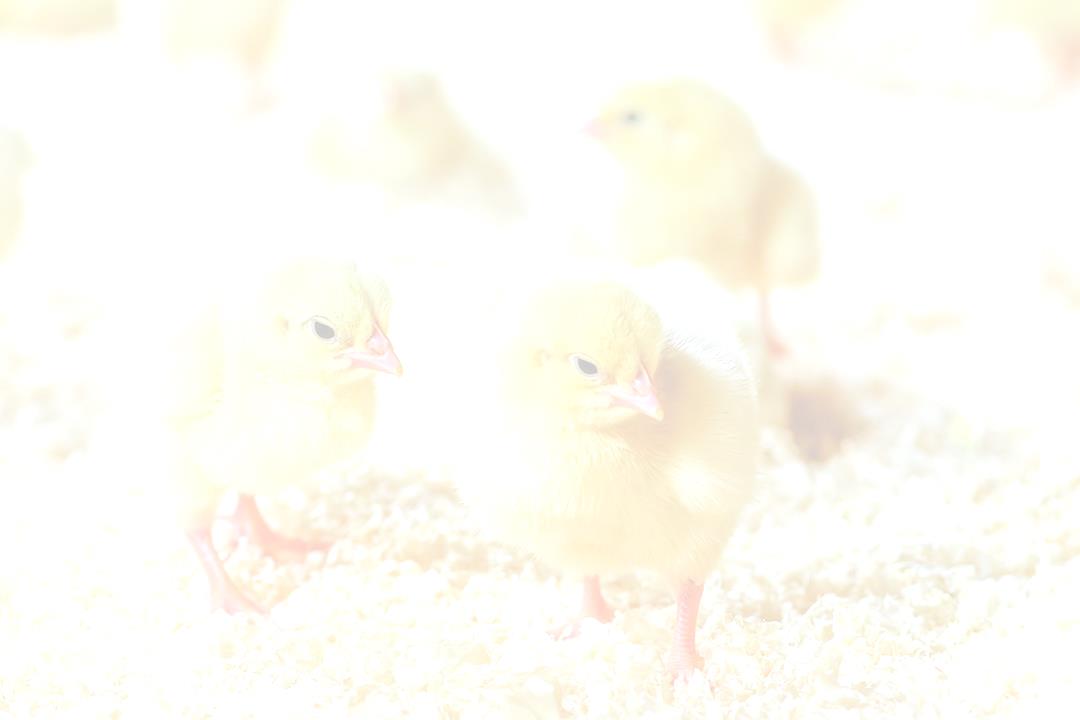
BROODING
191
Moving them out
It is time to move chicks out of the brooder into a bigger coop when they are well-feathered, typical y at five- to-six weeks of age and when the 191
temperature is in the 65 degrees Fahrenheit (18
degrees Celsius) range. If the chicks are being incorporated into a larger flock of birds, the farmer should make sure there is sufficient room to prevent chicks from being bullied.
When moving chicks to the big house, try inverting a cardboard box in the coop, with an opening big enough for chicks to enter but not big enough for a full-grown bird. This gives the chicks somewhere to hide from the rest of the flock if they are feeling threatened, but allows them the freedom to get used to the flock dynamics on their own schedule.
Page 191 of 223
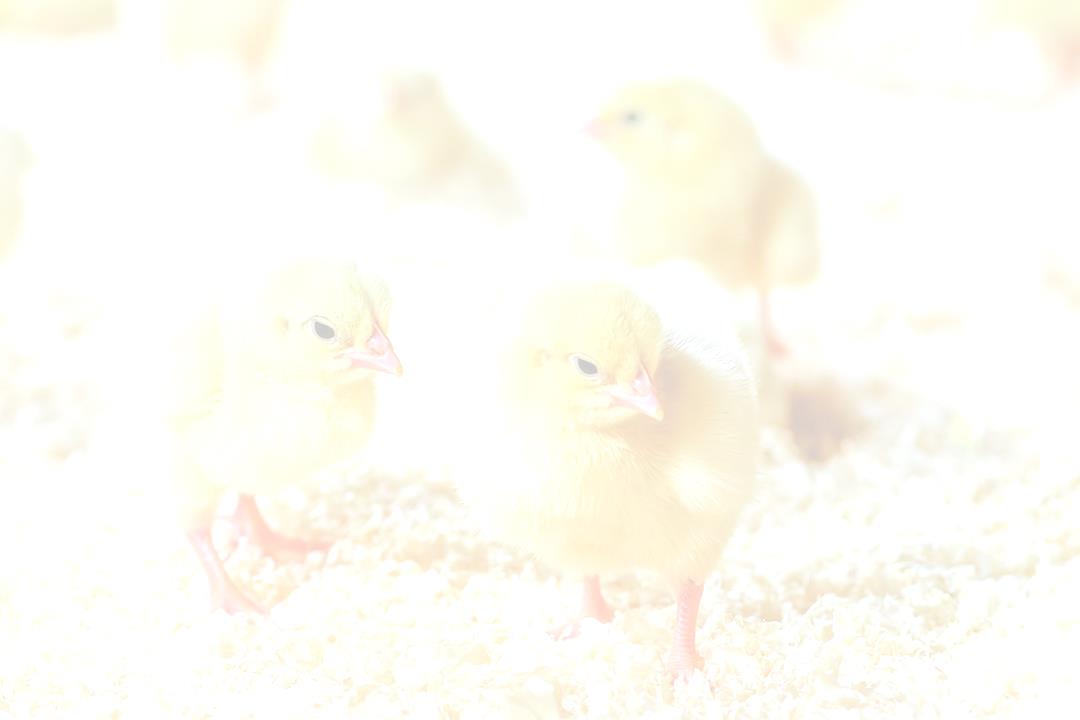
BROODING
192
The keyword is: stress-free
Ideally, chicks should be living the high life in the brooder - relaxed, comfortable and warm, enjoying their chick lives. With chicks, less stress means 192
healthier birds, and healthy birds means happy farmers.
Brooding Issues Specific to Waterfowl
Waterfowl can be brooded much like chickens, with a few special precautions:
Although no hatchlings should be placed on slippery bedding material, having appropriate bedding material is particularly important for waterfowl. Slippery surfaces can result in spraddled legs. Paper towels, cloth, or burlap provides the best traction.
Do not raise waterfowl on mesh wire. Small waterfowl can get their hocks stuck in the mesh wire when they sit down to rest.
Page 192 of 223
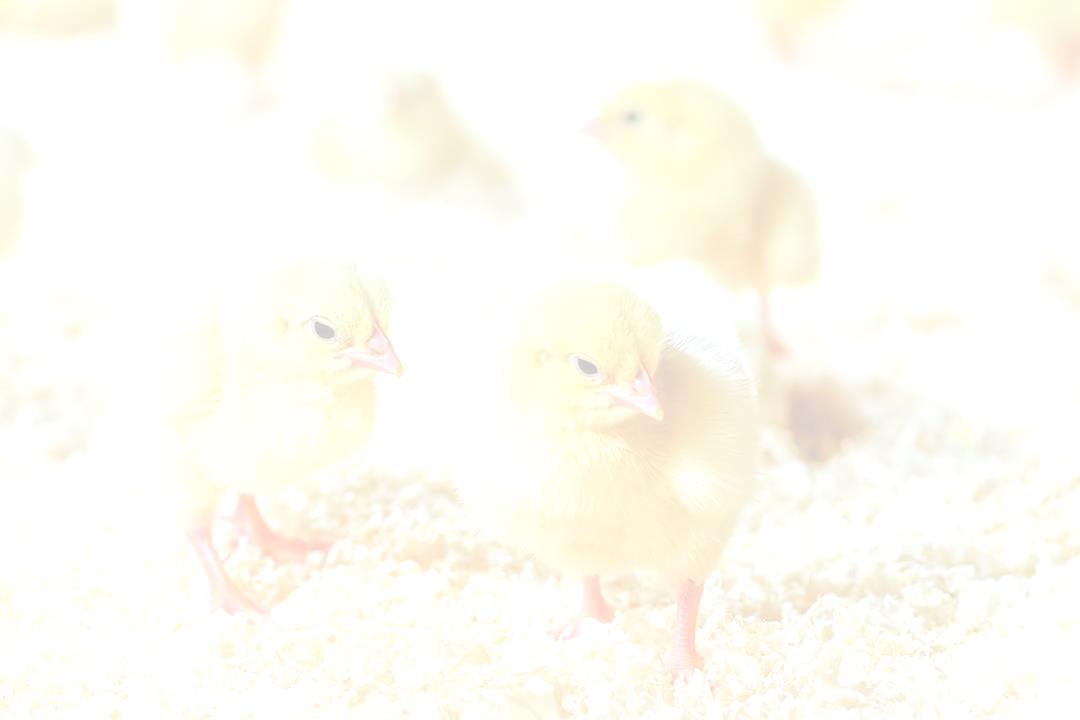
BROODING
193
Do not let young waterfowl swim or become excessively wet for the first four weeks of life.
Young birds that become wet chill easily, and when chilled, they tend to crowd together and 193
flip onto their backs, resulting in death.
Do not feed medicated chicken feed or feeds for other poultry to young waterfowl. Waterfowl can have adverse reactions to some poultry medications. If possible, use a starter feed that has been formulated for waterfowl. Pelleted feeds are usually best as waterfowl tend to waste feed, especially when it is finely ground into mash.
Ducklings do not require as high a brooding temperature as chicks. At hatch ducklings require a temperature of about 86°F. The temperature can be reduced by 5°F each week
until it reaches 55°F. High temperatures may result in slow feathering and reduced growth. By Page 193 of 223

BROODING
194
four weeks of age, ducklings should be fully feathered.
Farmers’ Frequently Asked Questions Answered What is efficient brooding?
Providing at reasonable costs a suitable and comfortable 194
environment for the development of chicks from hatching time until they can do without heat.
What are the essentials of a good brooder house?
(1) Weather proof-keep out the rain, wind and cold. (2) Retain the heat or prevent heat leaking out too rapdly. (3) Be well and evenly lighted with windows arranged so that direct sunshine may enter. ( 4) Built, arranged, and equipped to save labor and maintain sanitation.
What size and type of brooder house is best suited for the average farm?
The 10' x 12' colony brooder house with sun parlor has proven highly satisfactory. 'It will accommodate 300
chicks, the num-ber necessary for adding 100 pullets each year to the average farm flock of 150 hens.
Why are mo·vable brooder houses recommended?
Page 194 of 223
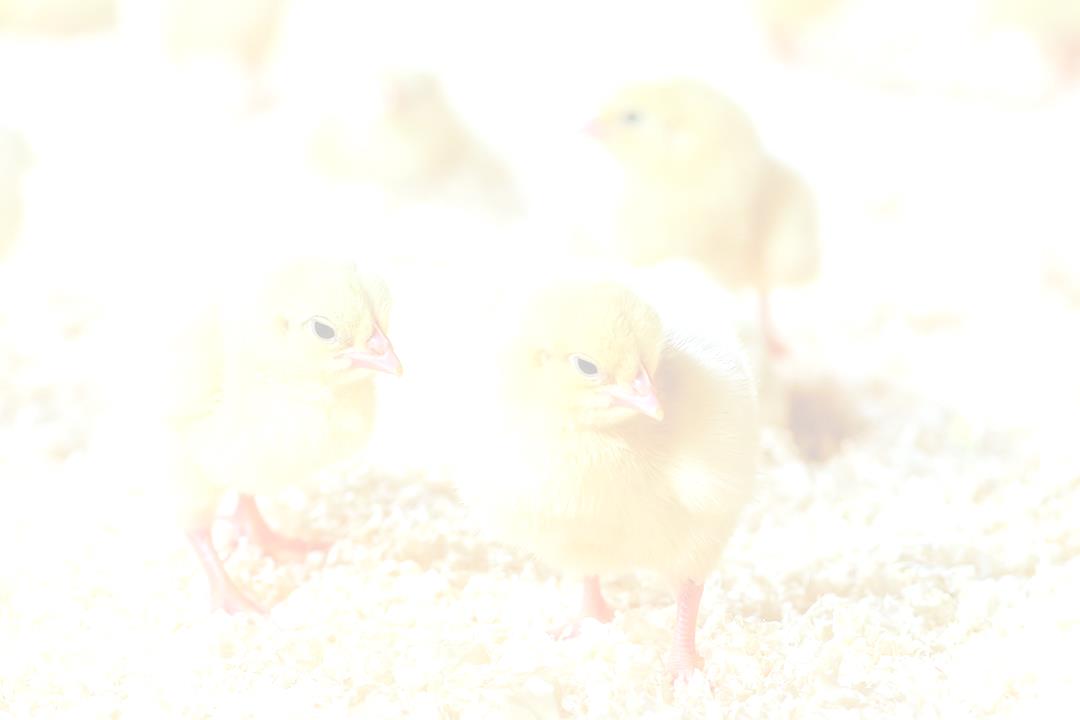
BROODING
195
Movable houses permit the use of clean, fresh ground that is free of disease contamination. Worm infestation, low vitality, and much of the death loss is due to the use of ground chickens have run over year after year.
Is it advisable to build a double floor in brooder 195
houses?
Double floors are recommended for early broods or when early broilers are produced. A more unifrom temperature can be maintained in cold weather at a lower fuel cost.
What is the value of insulation in a brooder house?
Insulation may be compared to the double floor. It prevents heat leaking out of the house, thus it saves fuel and insures more uniform temperature.
Why are sun parlors so highly praised and widely used?
Points in favor of the sun parlor are: ( 1) It economically enlarges the brooder house. (2) Chicks are permitted to get away from the heat and exercise in cool air. (3) Direct sun- shine is· made accessible. ( 4) Chicks are kept off the ground and the danger of coccidiosis or othe1' diseases lessened. ( 5) Sun parlors make brooding more successful.
Page 195 of 223
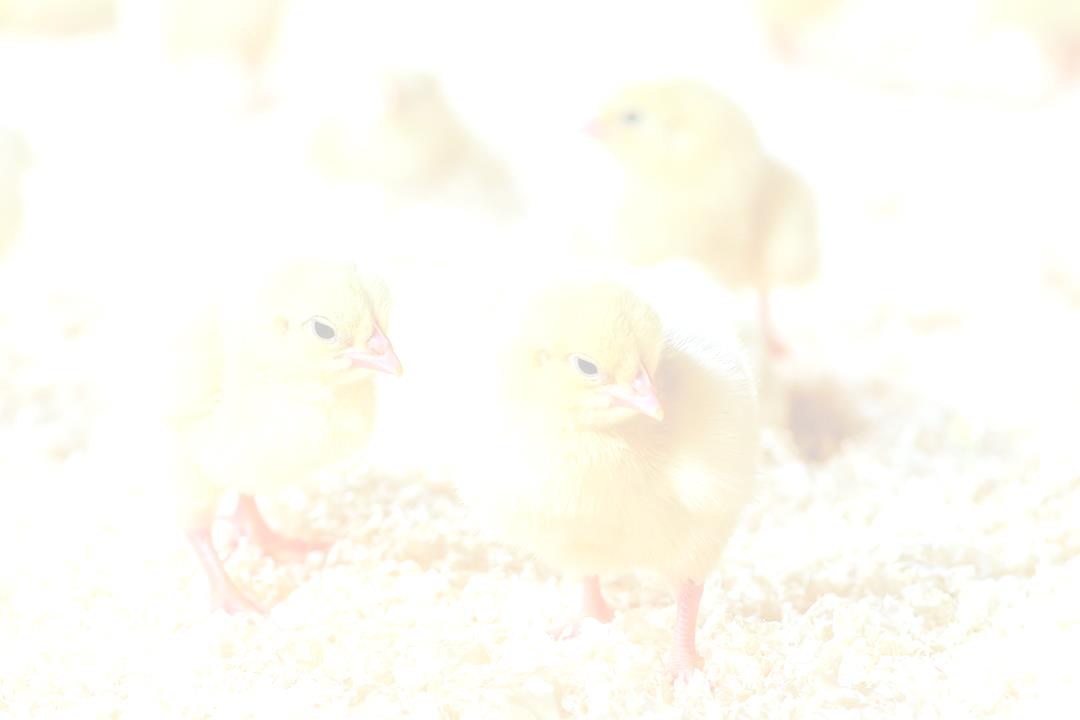
BROODING
196
To what extent may hardware cloth be used in brooder houses?
As feed and water platforms only.
Why not use hardware cloth for the whole floor area?
(1) Hardware cloth floors make drafts more difficult to 196
con- trol. (2) They encourage cannibalism. (3) Cleaning is equally, if not, more difficult. ( 4) Floors of hardware cloth cannot be walked upon by caretaker.
In addition to the ·house what is required in the way of brooding equipment?
Efficient, labor saving sanitary feeders and waterers, and the brooder stove.
How much feeding space should be provided?
Half to two-thirds of the chicks should be able to eat at once. This would require about 12 feet of feeder space per 100 chicks. One-third of the· chicks should be able to drink at once.
What type of brooder is best adapted to colony house use-Electric, kerosene, or hard coal?
Electricity is probably more nearly fool-proof and uniform but it is also more expensive and requires a well Page 196 of 223
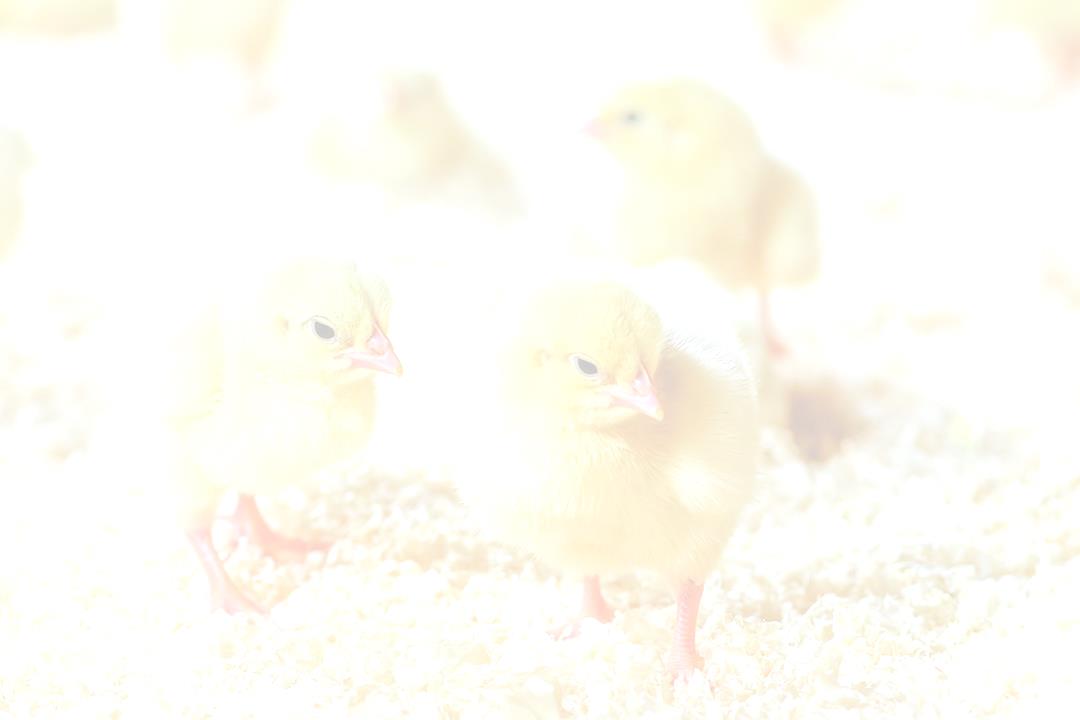
BROODING
197
insulated house. Not recommended for movable houses or early brooding without auxiliary heat.
Kerosene burning brooders of the drum type equipped with a chimney for removing the poisonous fumes and an 197
overflow pipe to lessen the fire hazard are proving quite satisfactory. These are less expensive than electric brooders but more ex- pensive than hard coal burning brooders.
Hard coal brooders are less expensive to operate but probably more difficult to regulate and maintain uniform temperature, particularly in windy weather.
How much space do chicks require in a brooder house?
Two chicks per square foot of floor space has proven most satisfactory.
How many chicks should be brooded in a unit?
Over 300 chicks in a brood generally require an experienced poultryman. Many farm poultry raisers who try brooding large broods have heavy losses.
Page 197 of 223
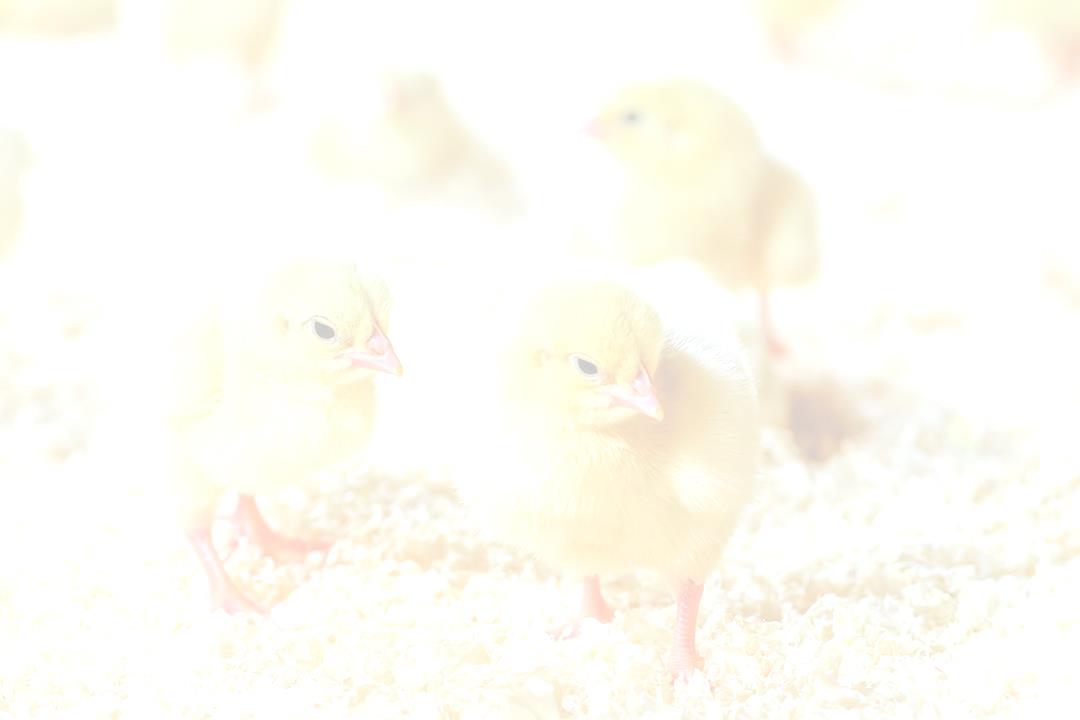
BROODING
198
What kind of litter is best in the brooder house, straw, chopped alfalfa, sand, peat moss, 'or shavings?
Profitable brooding is a matter of lowering the costs. For this reason, farm flock owners are encouraged to use 198
material available on the farm such as fine, clean straw or chopped hay. Peat moss is good but the price makes its use expensive. Clean sand, if available, is good provided the chicks are fed· as soon as they are put into the brooder house.
What is the proper temperature for brooding chicks?
A temperature of 95° F. at the outer edge of the hover and about two inches above the floor is recommended at first. This may be reduced at the rate of five degrees per week.
How long should chicks stay in a brooder?
Chicks should stay for between three (3) to four (4) weeks in a brooder when they have fully developed feathers and no longer need artificial heat.
At what age are chicks taught to roost?
Successful poultry raisers advise putting in roosts at the end of the first week.
Page 198 of 223
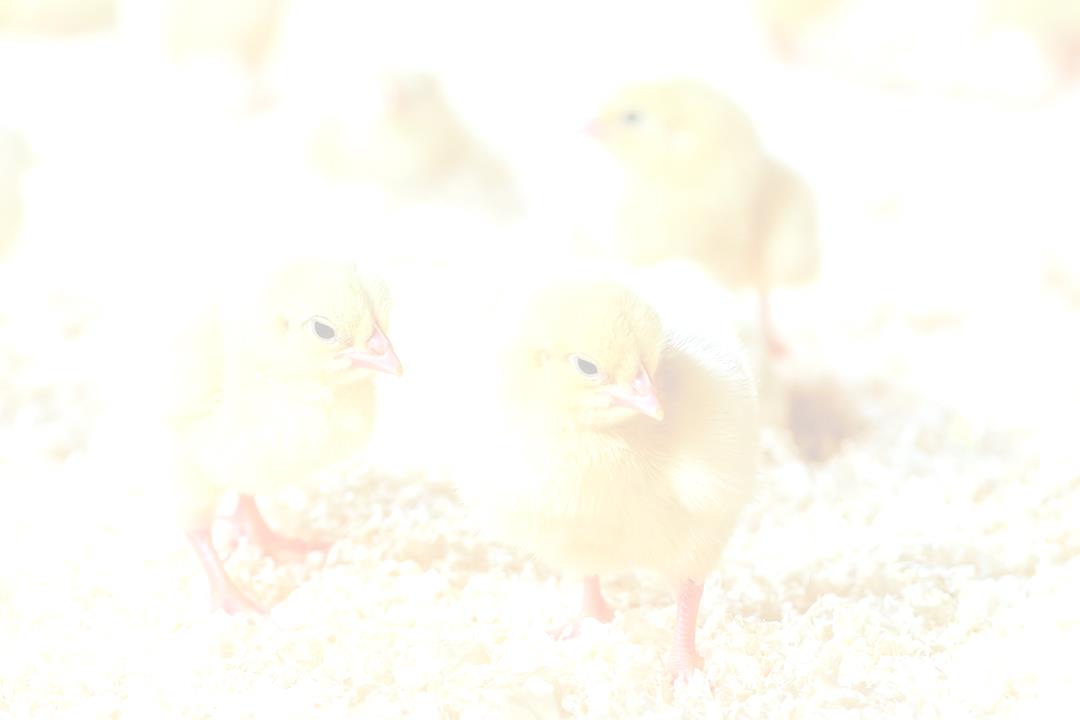
BROODING
199
What kind of roosts are used and how are they installed?
Slanting roosts supported with diagonally cut boards over which half inch mesh netting is first tacked. The roosts may be of any light strips· spaced about four inches apart.
199
At what age are chicks given their first feed?
At about 36 hours of age or just as soon as they are put into the brooder.
What are they fed?
Dry mash containing the essential ingredients for health and rapid growth.
What are these ingredients?
Home grown feeds supplemented with protein concentrates. (Ground corn and oats, wheat, bran and shorts and alfalfa meal mixed with a small amount of dried milk and meat and bone meal.)
Does time of the year affect brooding? That is, winter or summer, irrespective of following and applying all best practises in brooding?
The time of the year can affect brooding, regardless of following and adhering to all best practices. In winter, brooding can be challenging due to the cold temperatures, Page 199 of 223
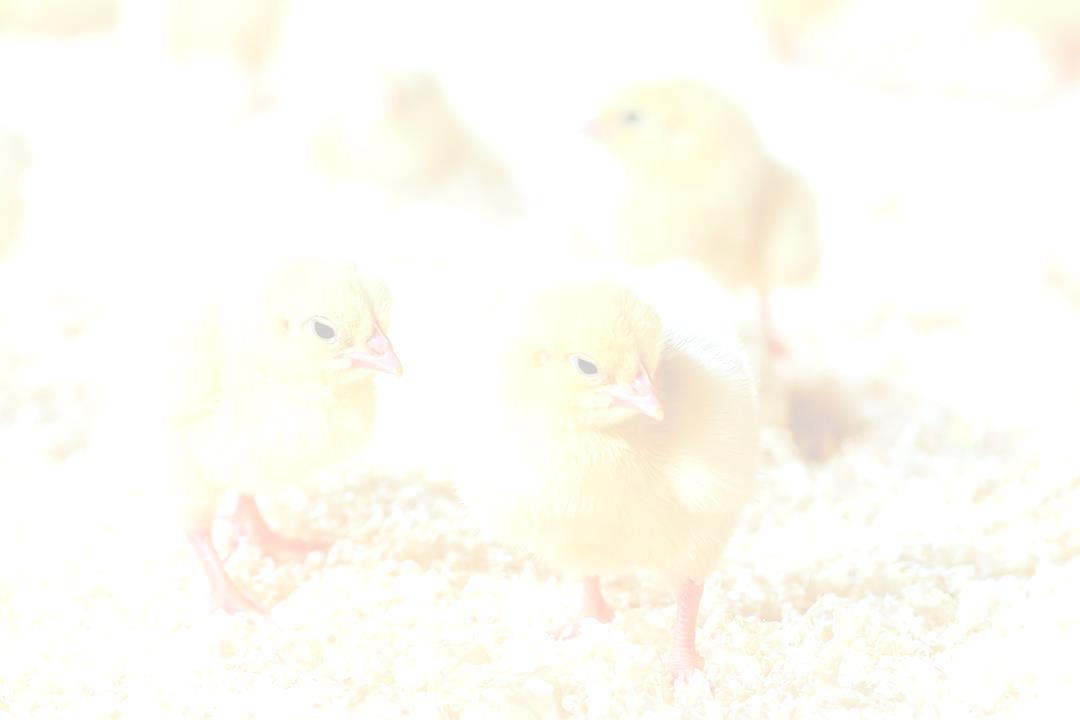
BROODING
200
shorter days, and lower light intensity. These factors can disrupt the normal brooding environment for chicks and affect the success rate.
In winter, the colder temperatures can make it difficult to 200
maintain a suitable brooder environment. Chicks require a constant temperature of around 95 degrees Fahrenheit for proper growth and development. The colder temperatures in winter can make it challenging to maintain this temperature, which may result in slower growth rates and increased susceptibility to illness.
Shorter days in winter can also cause problems for brooding. Chicks depend on light to regulate their internal clocks, and the lack of sunlight in winter can cause them to become confused and disoriented. This can lead to problems such as poor appetite, decreased activity, and increased susceptibility to disease.
Lastly, the lower light intensity during winter can affect brooding. Chicks require sufficient light to grow and develop properly. The shorter daylight hours in winter can lead to a lack of adequate light exposure, which can Page 200 of 223
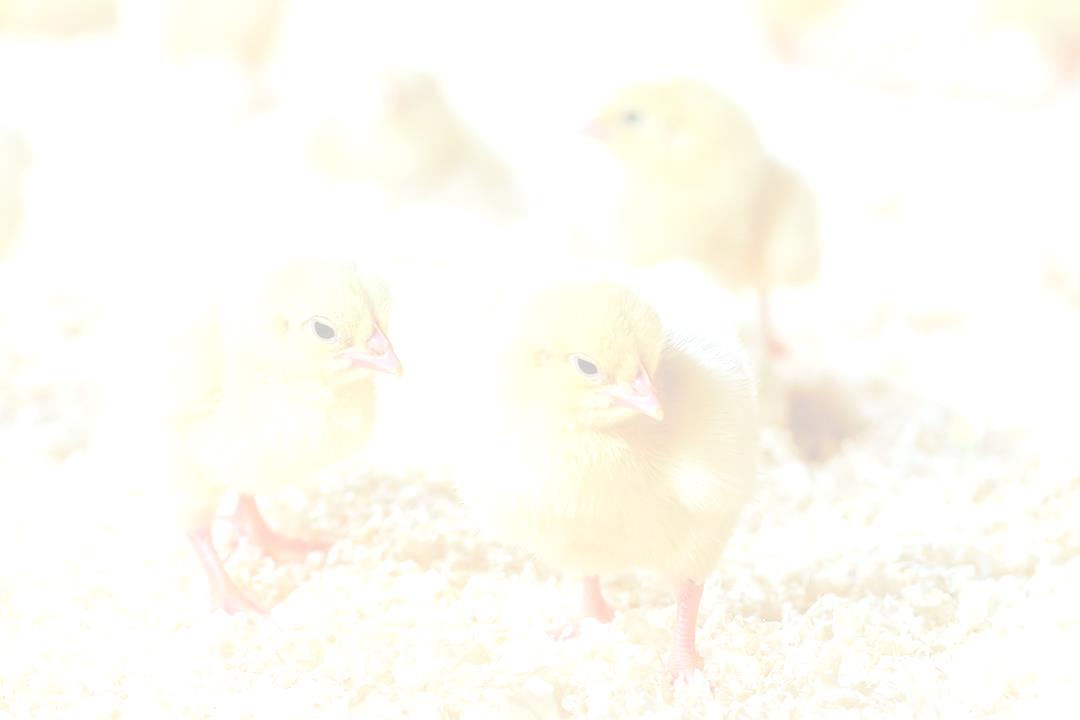
BROODING
201
affect feather development, muscle growth, and overall growth.
It is important to note that while winter can pose challenges for brooding, following and adhering to best 201
practices can still help improve the chances of success.
Providing a warm, draft-free environment, ensuring proper ventilation, providing adequate food and water, and monitoring chick health and behaviour are all crucial Record-Keeping and Evaluation
Even if maintaining a small flock, record keeping helps keep track of a poultry project’s expenses. It can aid in monitoring the progress of the flock. Records are important to the financial health of a business or operation.
Efficient and profitable poultry operations are not guaranteed by good record keeping, but success is unlikely without them. Records are essential tools for management to maintain a successful Page 201 of 223
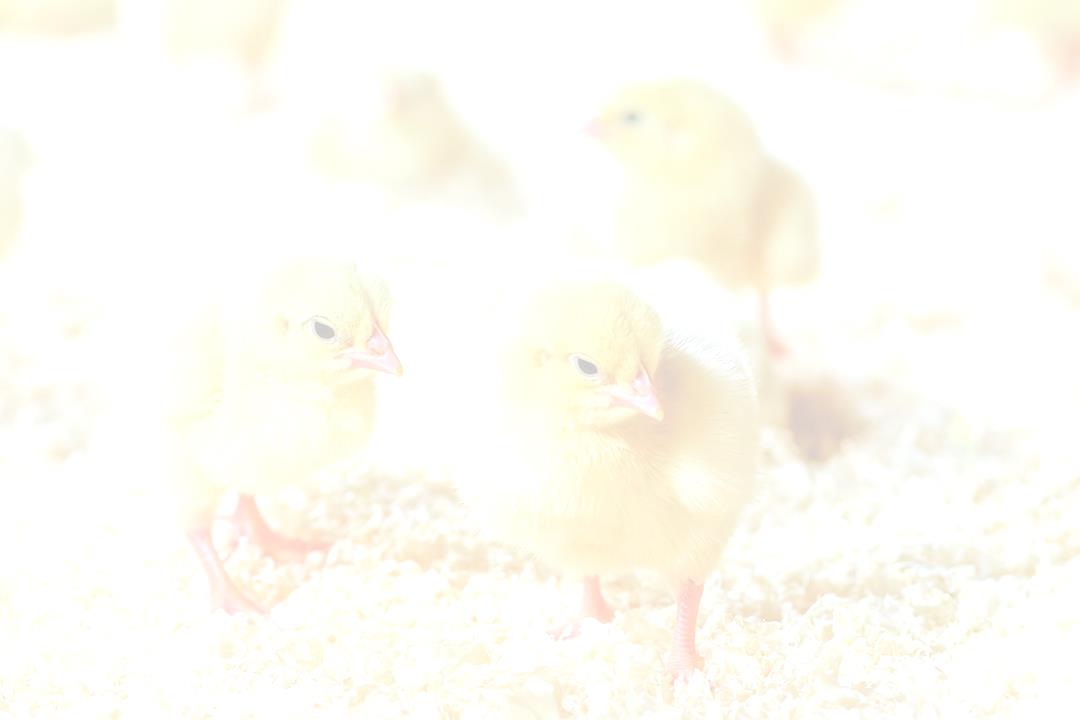
BROODING
202
flock. Record keeping involves keeping, filing, maintaining, and categorizing inventory, financial and production information for the flock. This can be accomplished by hand recording or by using 202
computer software.
Record keeping is important. Records tell an owner or manager where the business/operation has been and the direction in which it is going. Records show the strength and weaknesses of the poultry operation. They provide useful insight to financial stability for a farmer’s flock. If there are any shortcomings, records will show where adjustments can be made. Along with showing where
adjustments can be made and being a good reference tool, there are several other purposes of record keeping.
For the good managements of poultry keeping, farmers are advised to update all records books Page 202 of 223
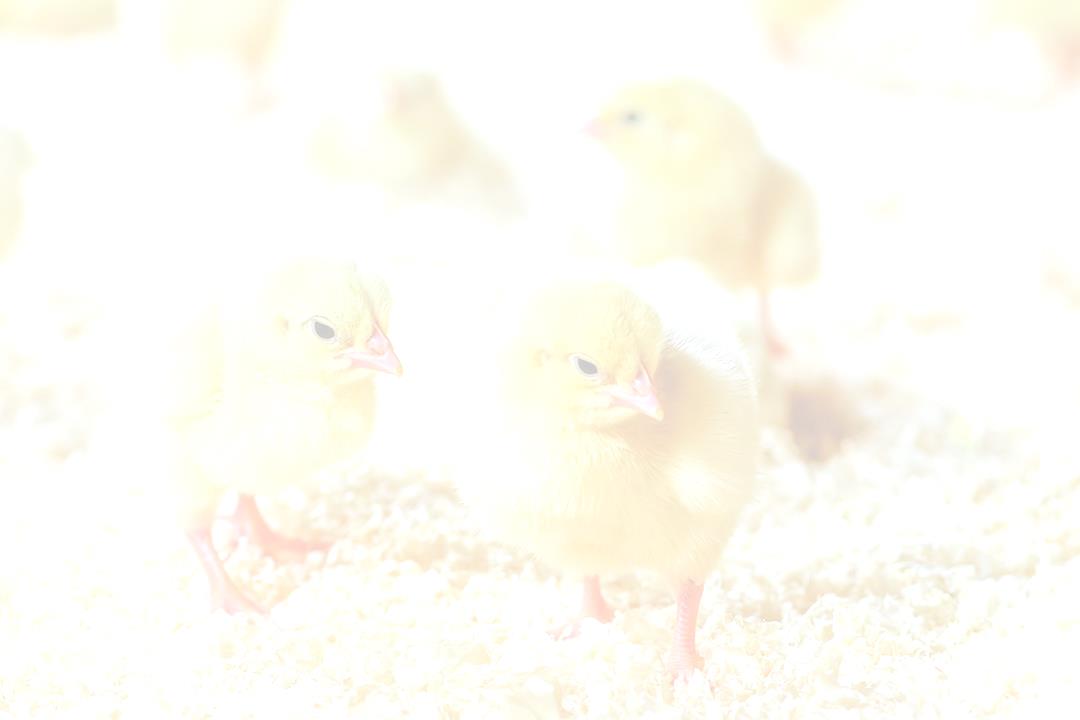
BROODING
203
accordingly. In case of a busy poultry farmer who hardly finds time to record or go through the books, he/she must employ someone to do this task for him/her because it helps the farmer keep 203
the track of everything that is going on among the birds and the farm at large.
One of the first steps in being a successful farm manager is keeping well-maintained, accurate records and establishing a sound record-keeping system. Keeping accurate records has its benefits, like helping farmers plan and complete realistic forecasting for the next year.
The Importance Of Keeping Poultry Records If anyone is thinking of starting a poultry flock, he/she wil also want to know the importance of keeping poultry records to help him/her plan his/her operations. A poultry farmer will want to know how much feed is he/her birds are getting, how often they are eating, and if they are gaining weight.
Page 203 of 223
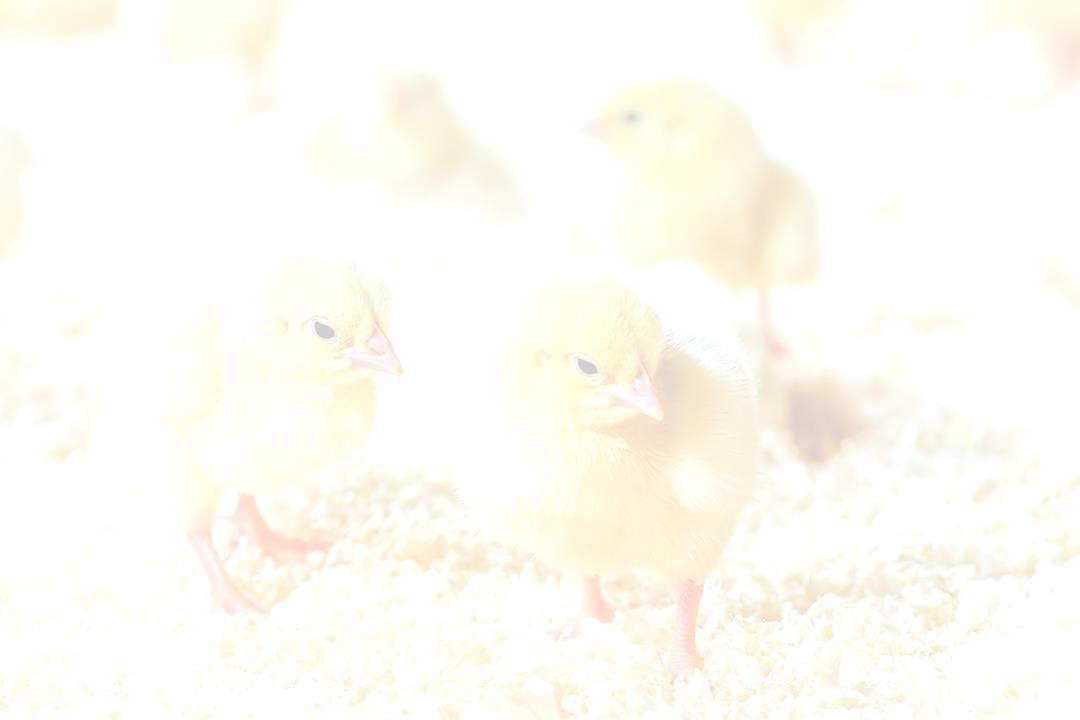
BROODING
204
Poultry farms are a great way to make money on a small scale. But it takes a lot of hard work and dedication to keep things running smoothly. There 204
are a lot of different aspects to managing a farm, and a farmer needs to be on top of them all if he/she wants to be successful. The first thing a farmer needs to do is to keep good poultry records.
Record keeping is the foundation of any good poultry operation. It is the job of a poultry farm owner to manage his/her flock to ensure its health and safety.
The importance of keeping poultry records cannot be over-emphasized. By keeping a record of feed, water, medicine, and other items used on the poultry farm, a farmer can keep track of what happens to his/her chickens and how well they are doing. In addition, a good record-keeping system Page 204 of 223
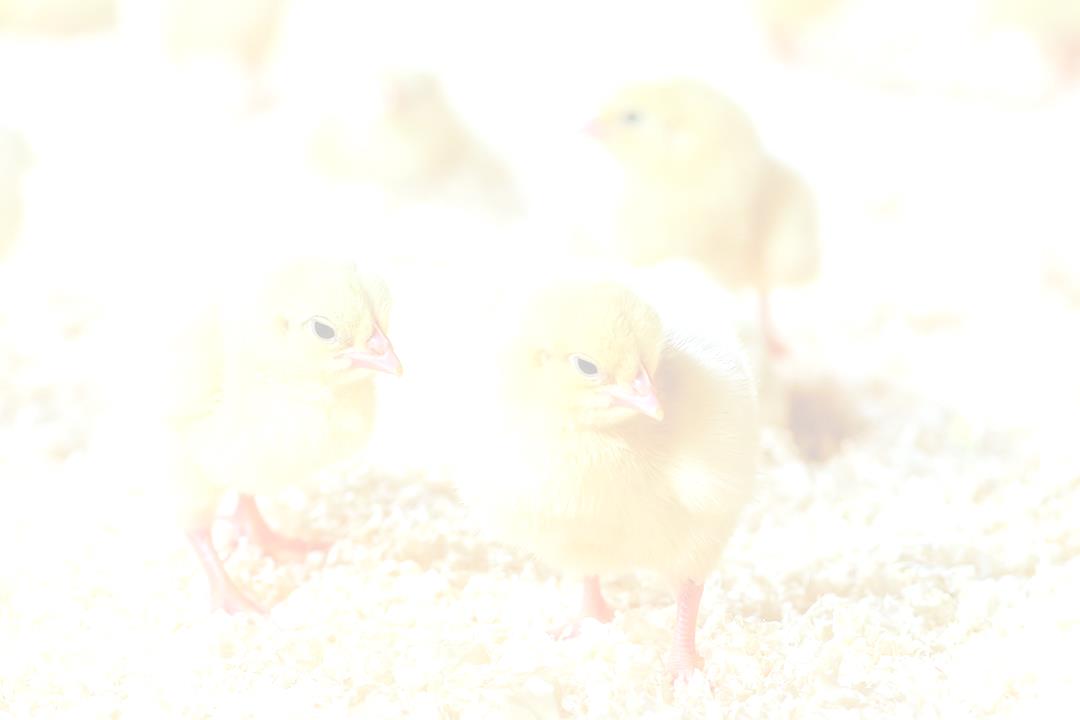
BROODING
205
helps a farmer to manage his/her flock and improves his/her overall management skills.
What Is Record Keeping?
205
Record keeping is taking notes about what happens on a farm. This includes recording information, such as feed, water, medicine, and other items used on a farm. It also includes documenting any problems or events that happen on the farm. A practicing farmer can use many types of records.
For example, he/she can write notes in a notebook, use an electronic spreadsheet, or even use a computer program to keep track of the records.If the farmer has never kept records before, he/she may wonder what type of records he/she should keep.
The best way to figure out what records should be kept is to think about what the farmer wants to know. For example, if a farmer wants to know what Page 205 of 223
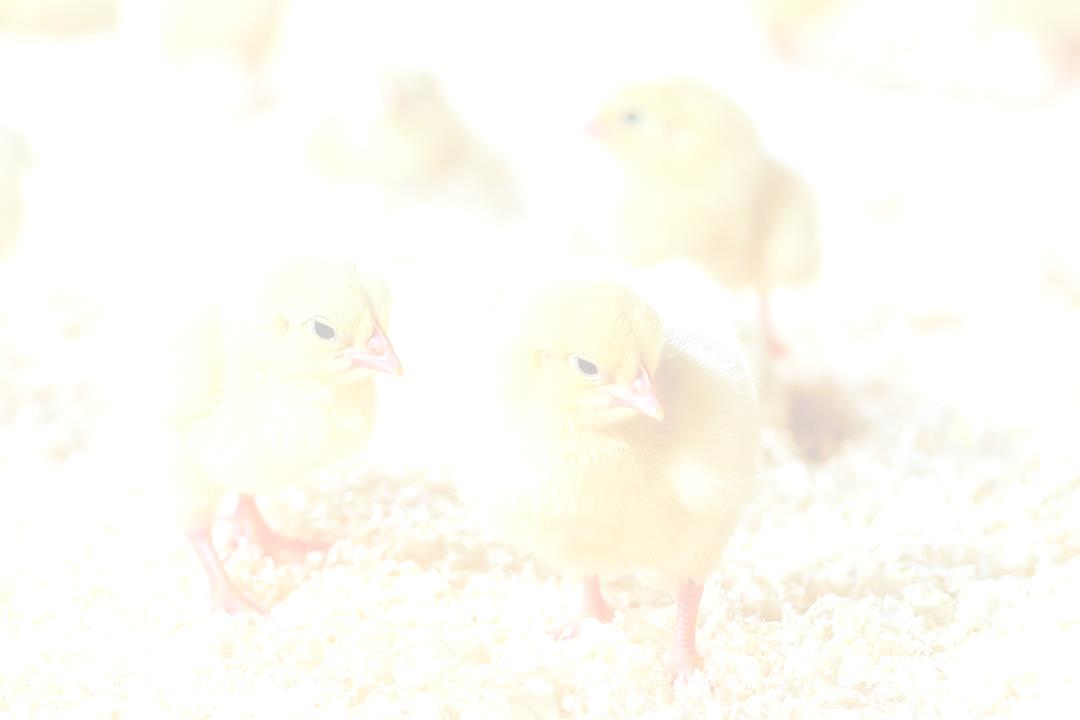
BROODING
206
happened to his/her chickens when they were sick, he/she will need to keep a record of their health. In addition, a farmer can use this information to help plan for future needs.
206
The first step in keeping records is deciding what information needs to be collected. A poultry farmer may want to keep track of:
His/her flock’s general health and performance
What diseases and parasites are affecting the birds
How much food and water does each bird gets
The medications being given to the birds
The time each bird spends outside
The date of birth and death of each bird
The date each bird was put into the flock The goal of a good record keeper is to collect enough information to make informed decisions about the flock’s health and well-being. This makes Page 206 of 223
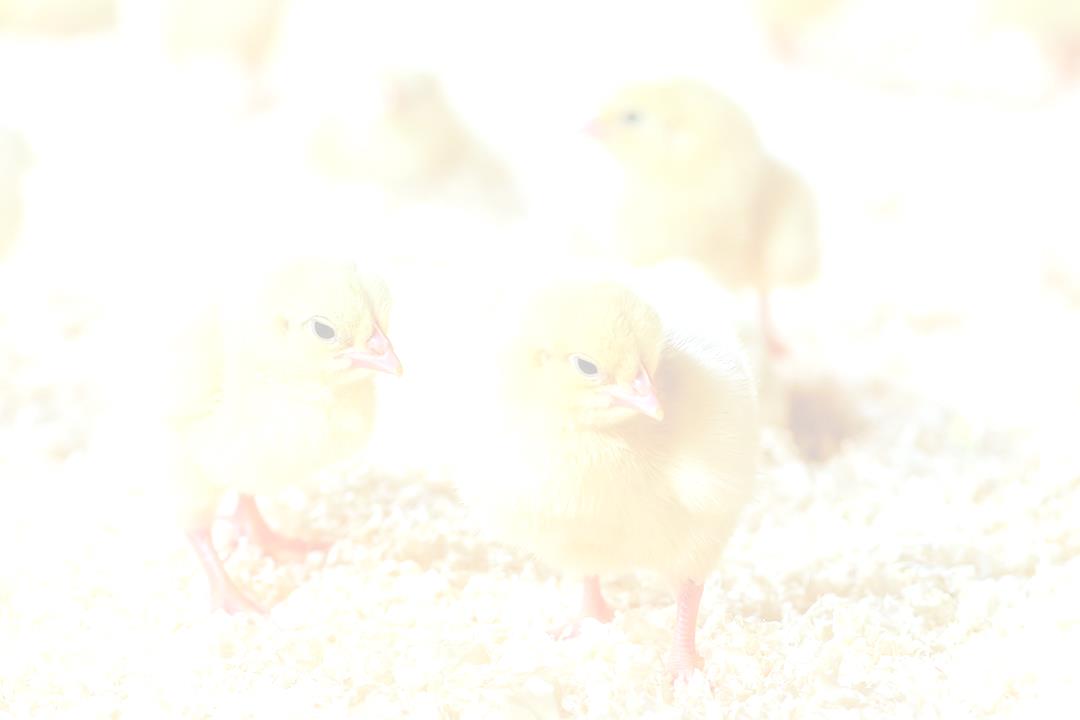
BROODING
207
it easier to identify problems early on, giving the farmer a better chance of treating illnesses and avoiding losses because of sickness and death.
Sustainable Practices in Poultry Incubation and 207
Brooding
Brooder House Schedule Up to of 4 Weeks of age
Ready the brooder to receive chicks
Follow vaccination calendar (Newcastle, Chronic Respiratory Disease, Gumboro)
Check weight of day old chick
Keep the healthy chicks in the brooder.
At first supply glucose water to the chicks
After 2 hours, supply feed particles on paper or flat plates for first 2 days
When the chicks have learned to drink, place drinkers to avoid wet litter.
Page 207 of 223
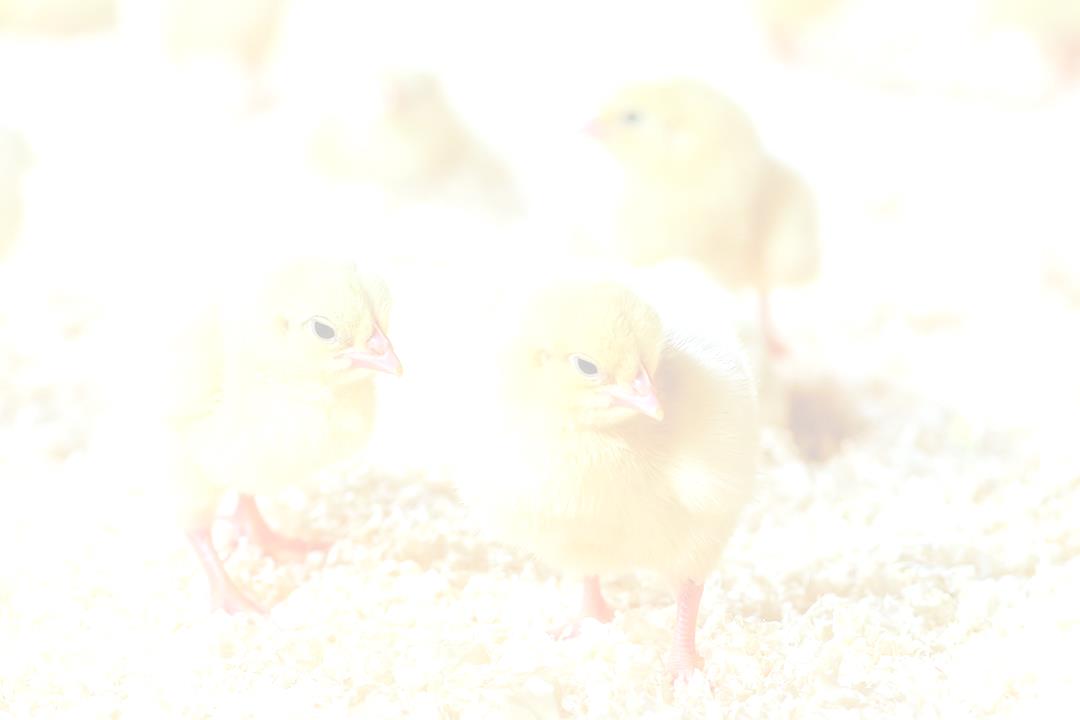
BROODING
208
Clean, wash, and refill the drinkers every day with fresh, clean water.
When all chicks have learned eating, feed may be provided in shallow feeding trough
208
Keep antibiotics away by maintaining biosecurity at early age.
Start temperature with 950 to 90.5oF. The brooder temperature should be reduced by 360
F at the end of every week till room temperature or 69.80F is reached.
Check temperature every 2 or 3 hours interval.
Check quality of litter
Check feed register to confirm that the required amount of feed up to marketing or laying age is available.
Light should be used at day and night for attraction of the chicks to eat and drink.
Page 208 of 223
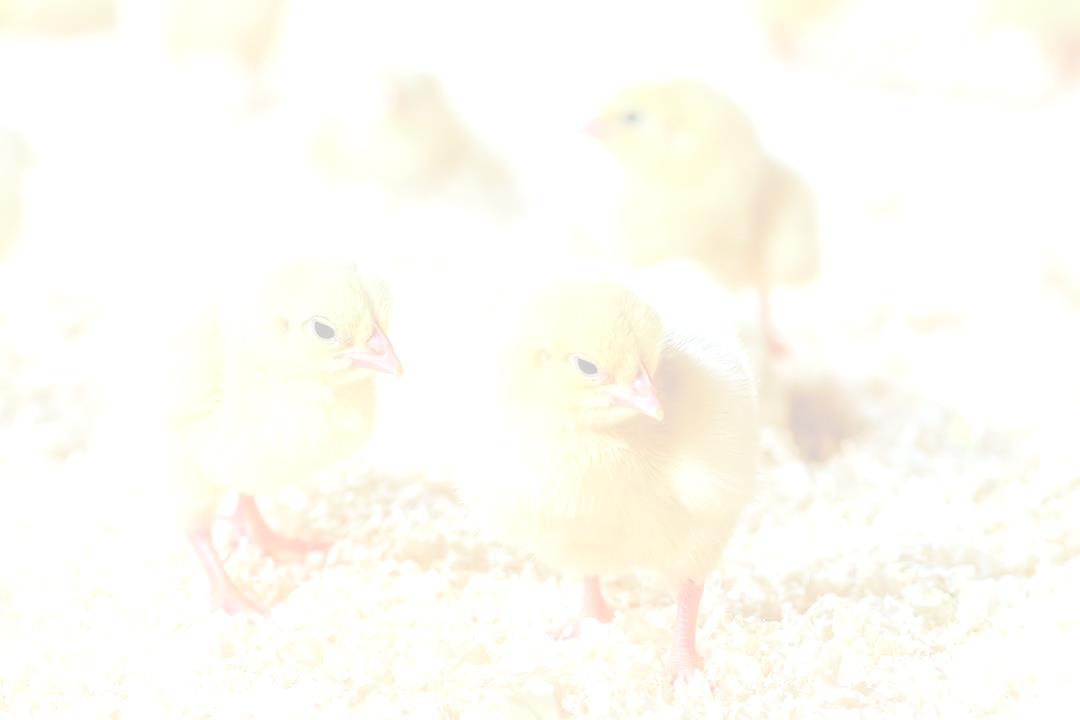
BROODING
209
Brooder guard may be moved few centimeters apart every day so that growing birds may get more space.
Keep brooder house well ventilated. Strong 209
ammonia odor in brooder house is indicative of poor ventilation.
Check live weight at every week
Remove the dead chicks as soon as they appear.
Keep necessary performance records.
In summary, providing chicks with comfort and warmth is an important aspect of poultry production. Brooding in poultry farming should be done with the right equipment and following important management practices. Also, always keep in touch with a qualified veterinarian for help at the time of need.
Page 209 of 223
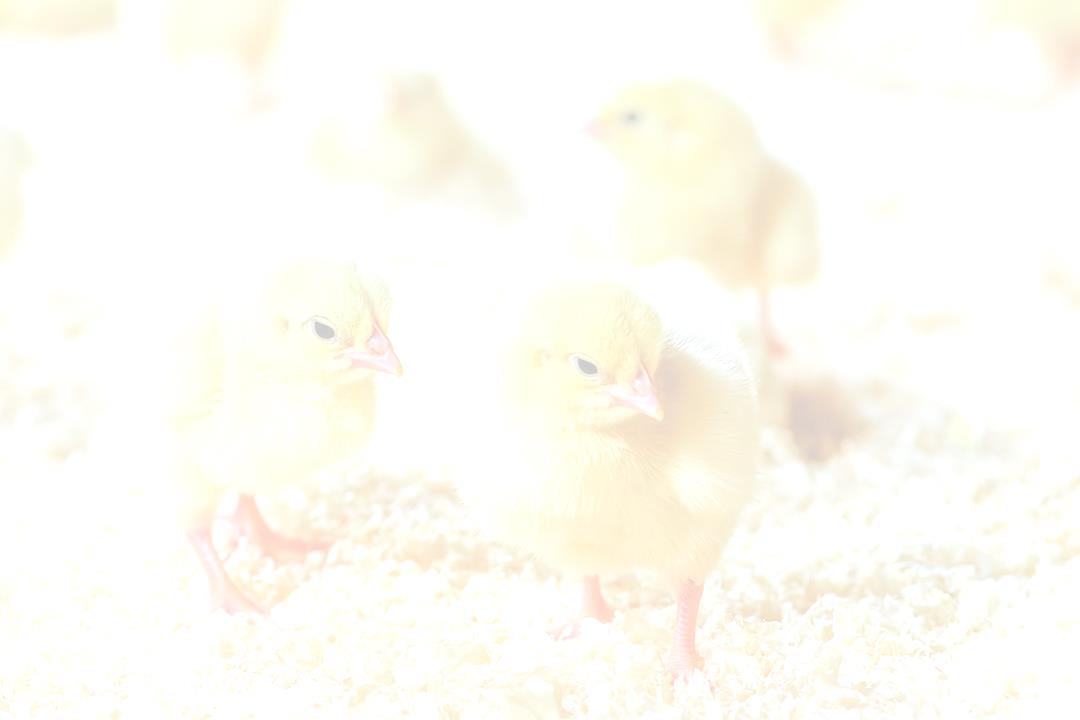
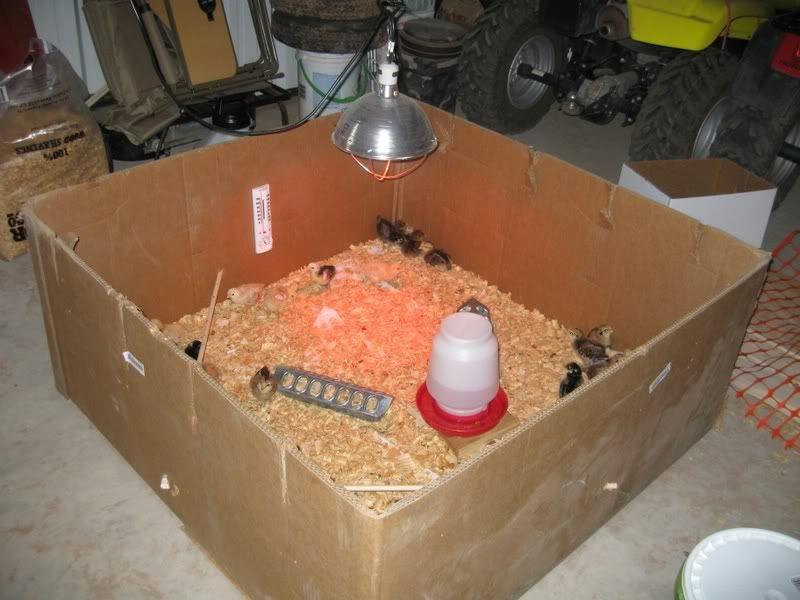
HOM MADE POULTRY BROODERS
210
HOM MADE POULTRY BROODERS
Home Made Chick Brooders
When baby chicks are brought home, they need a warm safe place to live. Here are some easy 210
homemade brooders a farmer can make in a pinch.
Cardboard Box
A large cardboard box is probably the quickest and easiest way to get a brooder set up. As the chicks grow, move them into bigger and bigger boxes, or even try taping two boxes together to give them more room.
Page 210 of 223
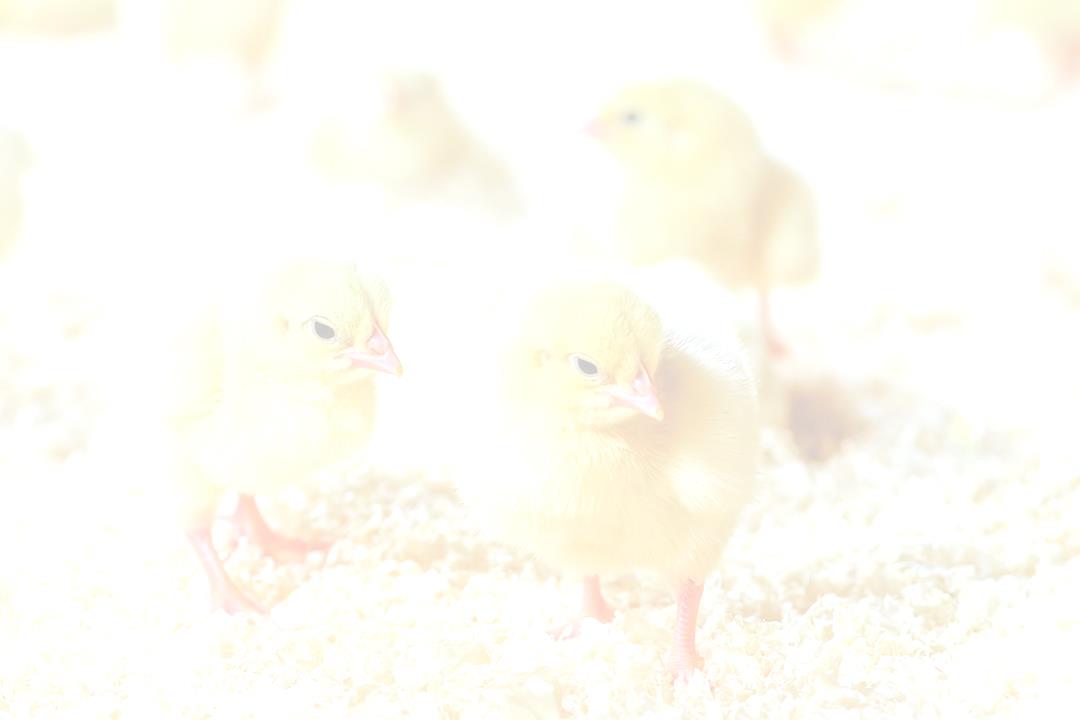
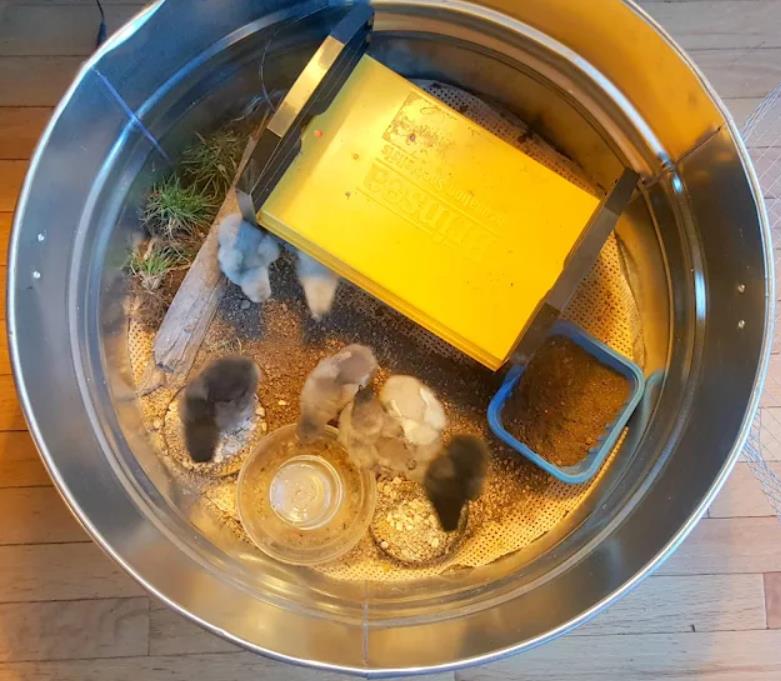
HOM MADE POULTRY BROODERS
211
Since the boxes will likely be fairly tall, you do not necessarily have to cover the top as long as you do not have kids or pets who might get curious about the little chicks.
211
Cardboard is pretty flammable, and will get wet, so it is not a top choice for a homemade chick brooder.
Metal wash tub
Page 211 of 223
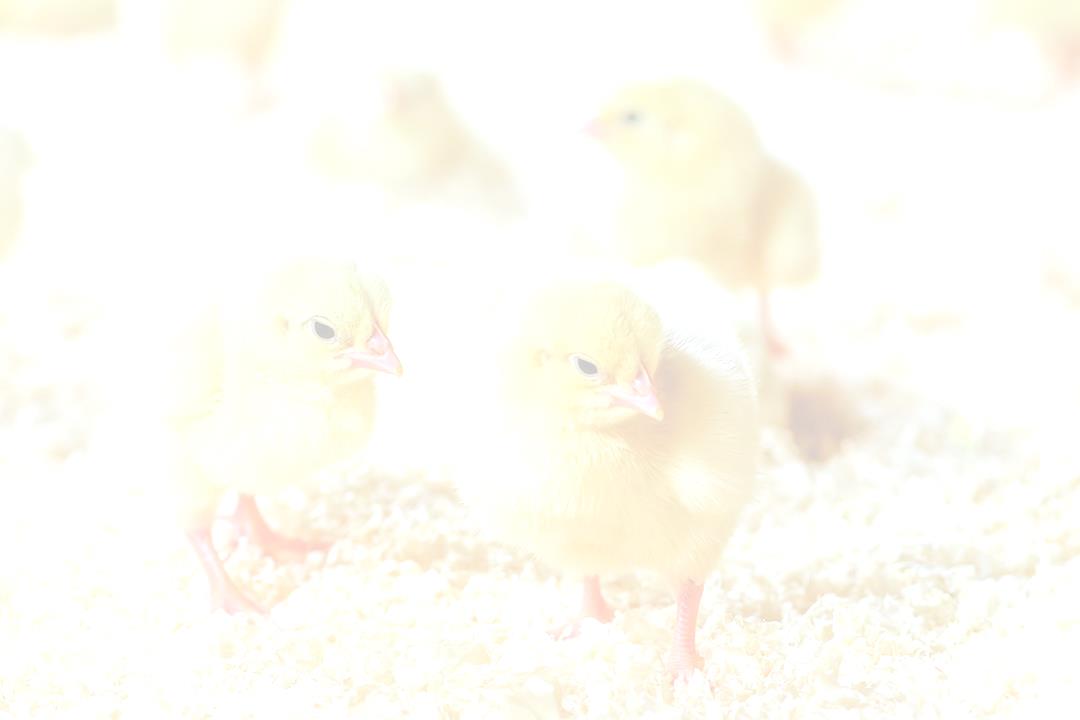
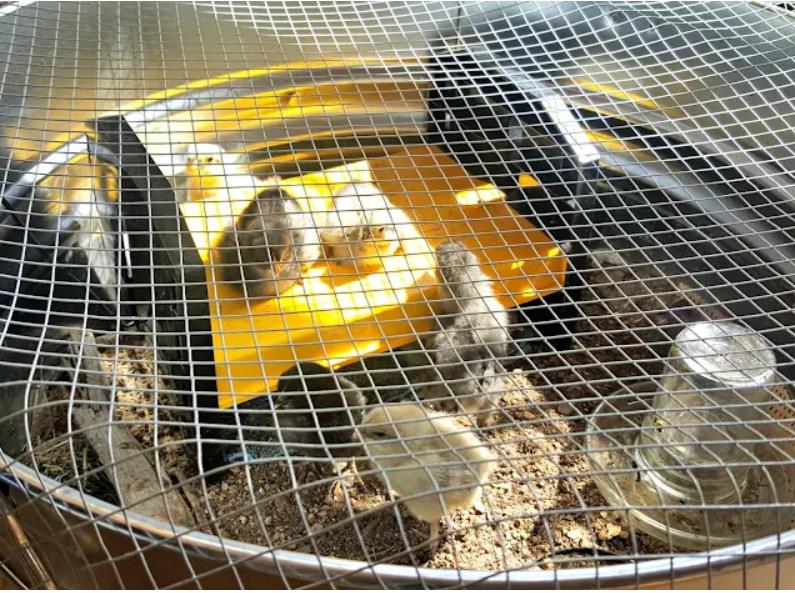
HOM MADE POULTRY BROODERS
212
A metal wash tub will double as a brooder in a pinch. It will not hold too many for long, but while they're small, I like using a wash tub because it is easy to carry outside to clean or to move the chicks 212
to a different area of the house.
It will not catch on fire like a cardboard box might, and it can handle water spills.
Cutting a piece of screen or welded wire fencing to fit over the top is added insurance a farmer will not have any escapees.
Page 212 of 223
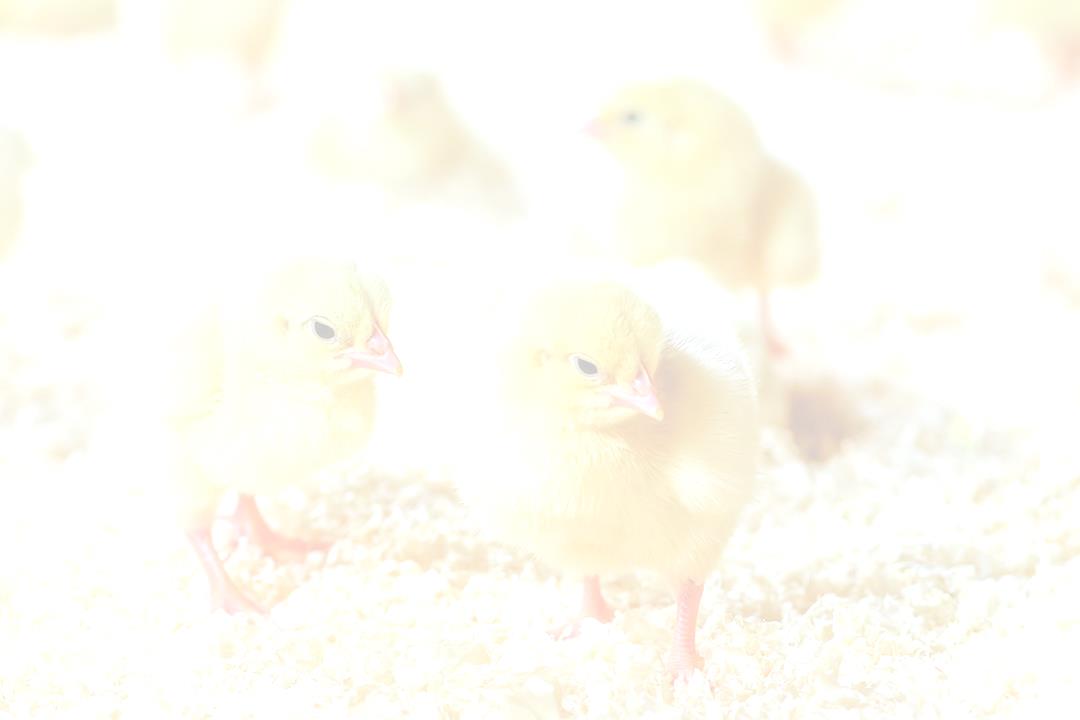
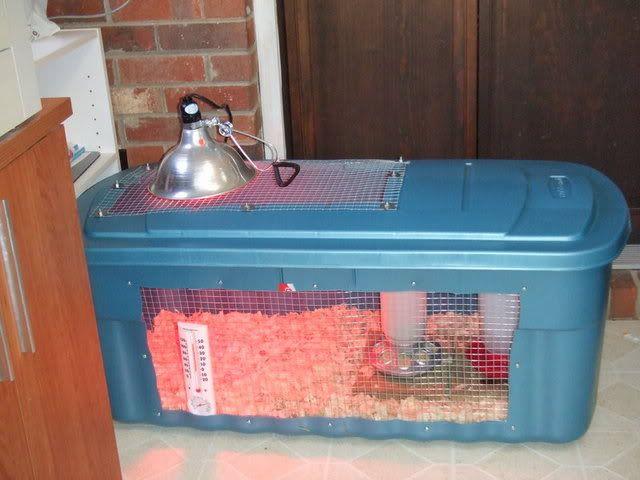
HOM MADE POULTRY BROODERS
213
Plastic Storage Tote
A large plastic tote makes a great brooder and offers a little more room than a wash tub. It is more impervious to spills and moisture than a cardboard 213
box and a window can easily be cut in the lid to provide air and also keep the chicks from hopping out.
Dog Crate/Rabbit or Bird Cage
Any small animal cage will work wonderfully as a chick brooder, but a farmer will want to use some Page 213 of 223
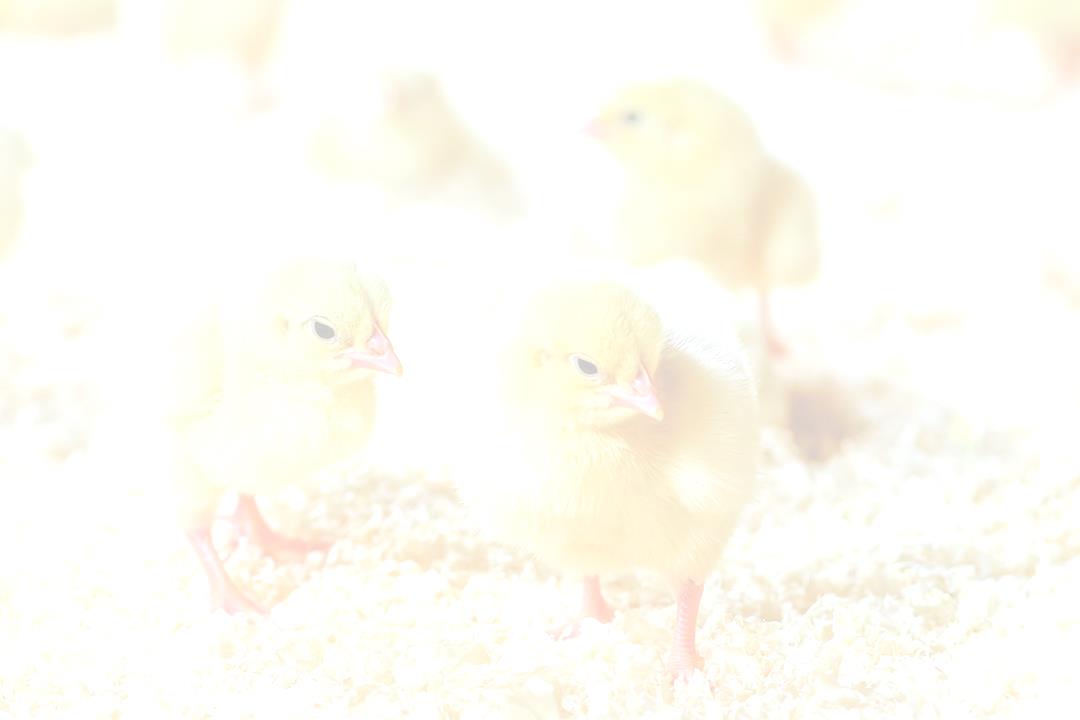
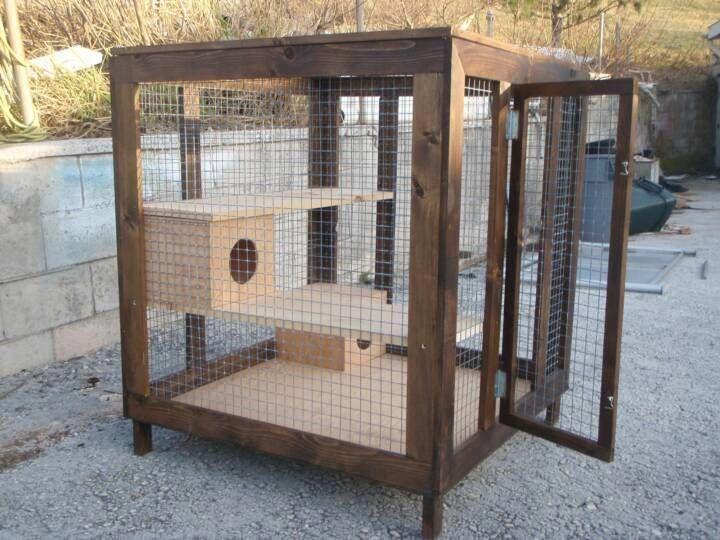
HOM MADE POULTRY BROODERS
214
cardboard (or plastic) along the bottom few inches at least to be sure his/her chicks do not squeeze through the openings and also to keep drafts out.
214
If there is a dog crate not being used or an old bird or bunny cage, then a farmer has got a perfect chick brooder.
Page 214 of 223
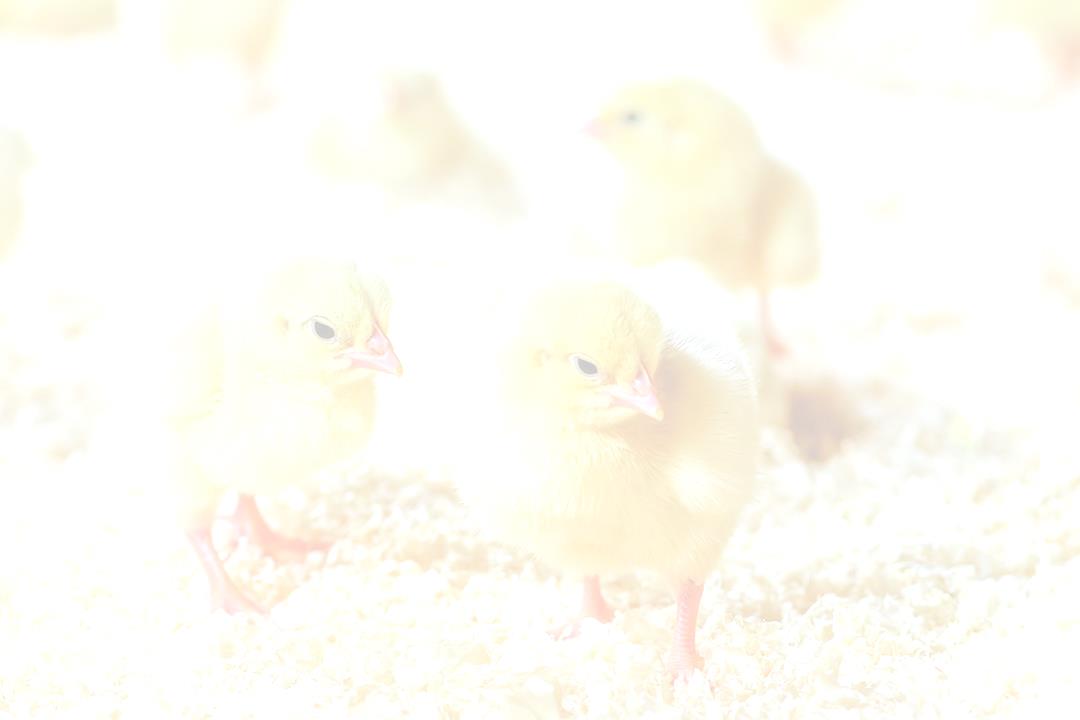
GLOSSARY
215
GLOSSARY
Air cell refers to the pocket of air inside the egg at the large end. The air cell gets larger as incubation progresses.
215
Albumen is the egg white.
Bedding is material scattered on the floor of a poultry house to absorb moisture and manure (also called litter).
Blastoderm is the nucleus of the egg when it is fertilized. Seen on the yolk.
Blastodisc is the nucleus of the egg when it is unfertilized. Seen on the yolk.
Blood Ring refers to a line or ring of blood inside an egg that has started to develop into a chick but quit at an early stage.
Bloom is the protective coating on freshly laid eggs that helps seal the pores of the egg shell. This prevents bacteria from entering the egg. Also called the cuticle.
Page 215 of 223

GLOSSARY
216
Breed refers to a group of chickens having a distinctive body shape and the same general features; aslo a term used when group male and female birds for mating.
216
Brood is to care for a batch of chicks.
Brooder is a devise used to provide warmth to young chicks.
Brooding refers to the period immediately after hatch when special care and attention must be given to chicks to ensure their health and survival.
Broody refers to a hen that is sitting on eggs with the intent of hatching them.
Candle is to examine the contents of an intact egg with the use of a light.
Candler refers to the light used to examine the contents of an egg without breaking it open.
Candling refers to using a candler to check the contents of an egg.
Chick refers to a young (baby) chicken.
Page 216 of 223
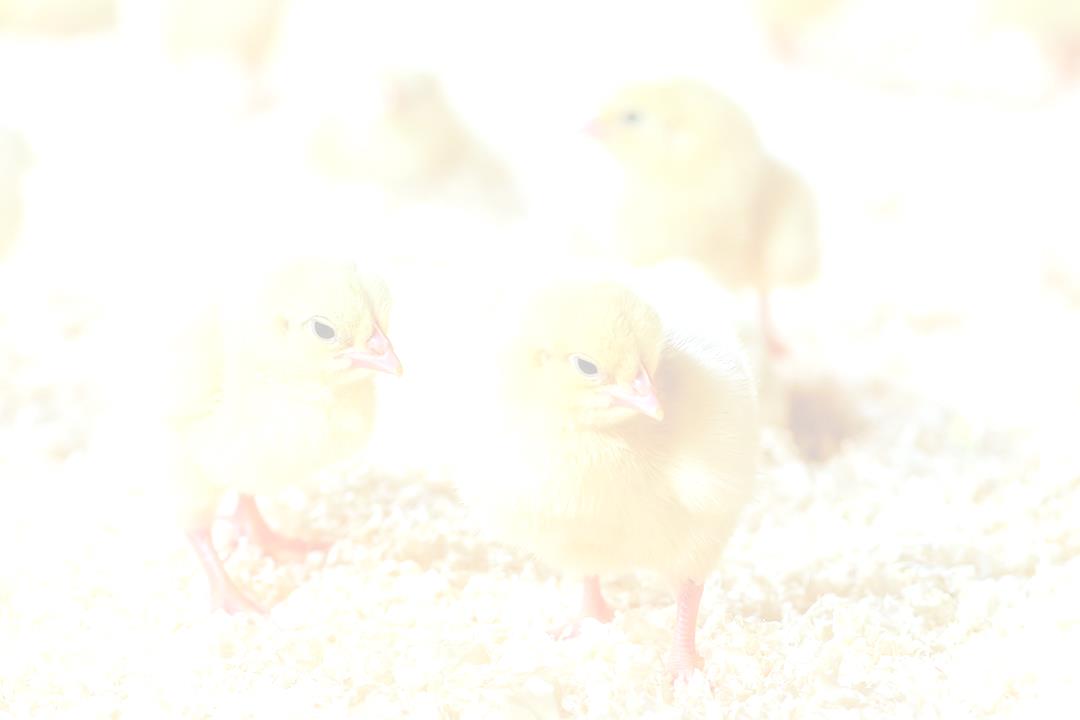
GLOSSARY
217
Clutch refers to the group of eggs a hen decides to collect before becoming broody and hatching them.
Hatch is the process of the chick getting itself out 217
of the egg.
Hatch Rate is the percentage of eggs that hatched into chicks. If 9 out of 10 hatch, the hatch rate is 90%.
Humidity refers to the amount of water vapor in the air inside the incubator.
Hygrometer is the device used to measure humidity.
Incubation Period is the amount of time each egg takes to develop completely. Example, chickens have a 21 day incubation period while ducks have a 28 day incubation period.
Incubation refers to the process of subjecting the eggs to ideal hatching conditions for the proper Page 217 of 223
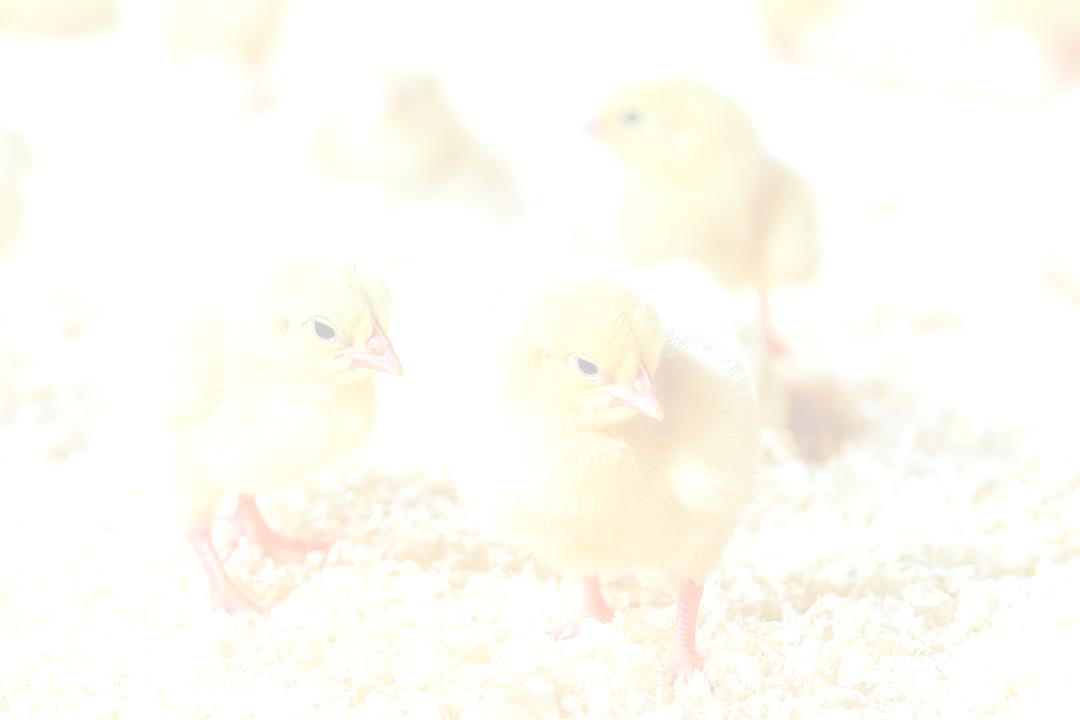
GLOSSARY
218
amount of time while controlling heat and humidity in order to hatch chicks.
Incubator refers to an object used to incubate eggs which holds in heat and humidity.
218
Infertile Egg is an egg that has not been fertilized.
Lockdown refers to the last 3 days of incubation when humidity is raised to the proper level and the incubator is not to be opened to prevent the loss of humidity.
Membrane is a thin, skin like coating surrounding the albumen.
Pip refers to the first little break a chick makes through the membrane and shell. The first step in hatching.
Quitter is an egg that has quit developing at some point during the incubation period.
Rearing refers to the remainder of life after brooding until sexual maturity.
Page 218 of 223
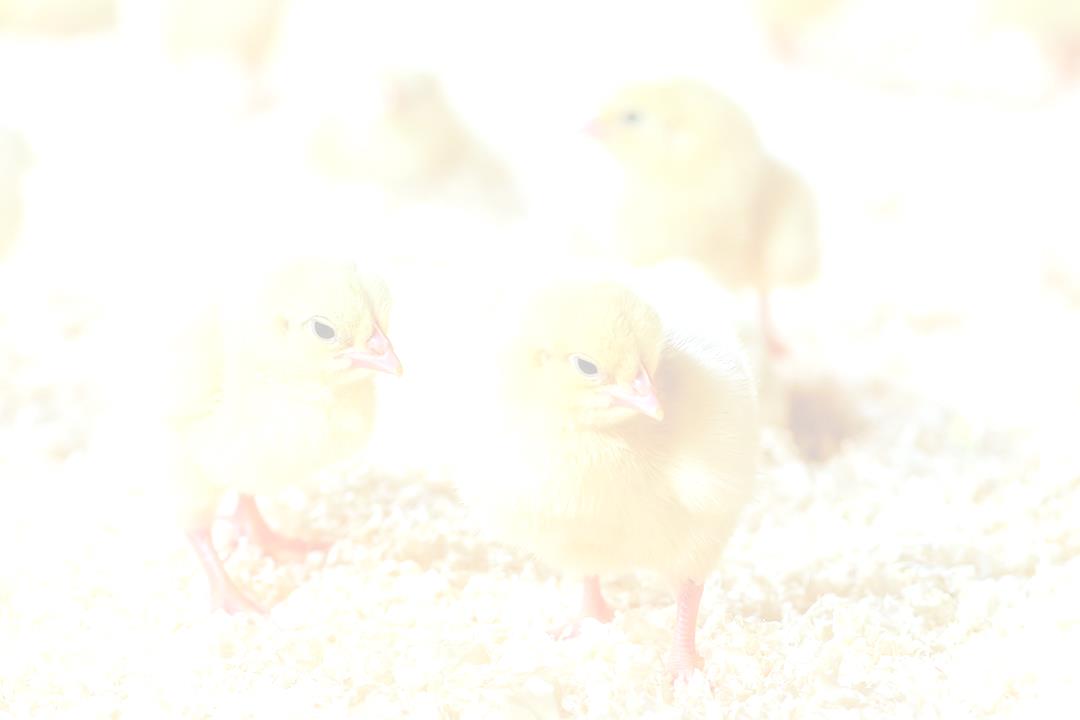
GLOSSARY
219
Set refers to the act of putting the eggs in the incubator to start the incubation process.
Shrink Wrapped is when the membrane of a hatching chick becomes too dry and it shrinks 219
around the chick. Often it inhibits movement to the point that the chick cannot move to continue hatching.
Still Air refers to the air inside an incubator without any artificial air circulation.
Temperature refers to the degree of heat present inside the incubator.
Thermometer is an object that measures the degree of heat inside the incubator.
Turn or turning Eggs refers to the process of rotating eggs several times a day to keep the chick forming uniformly.
Turner is a rack or device inside incubator on a timer that turns eggs.
Page 219 of 223
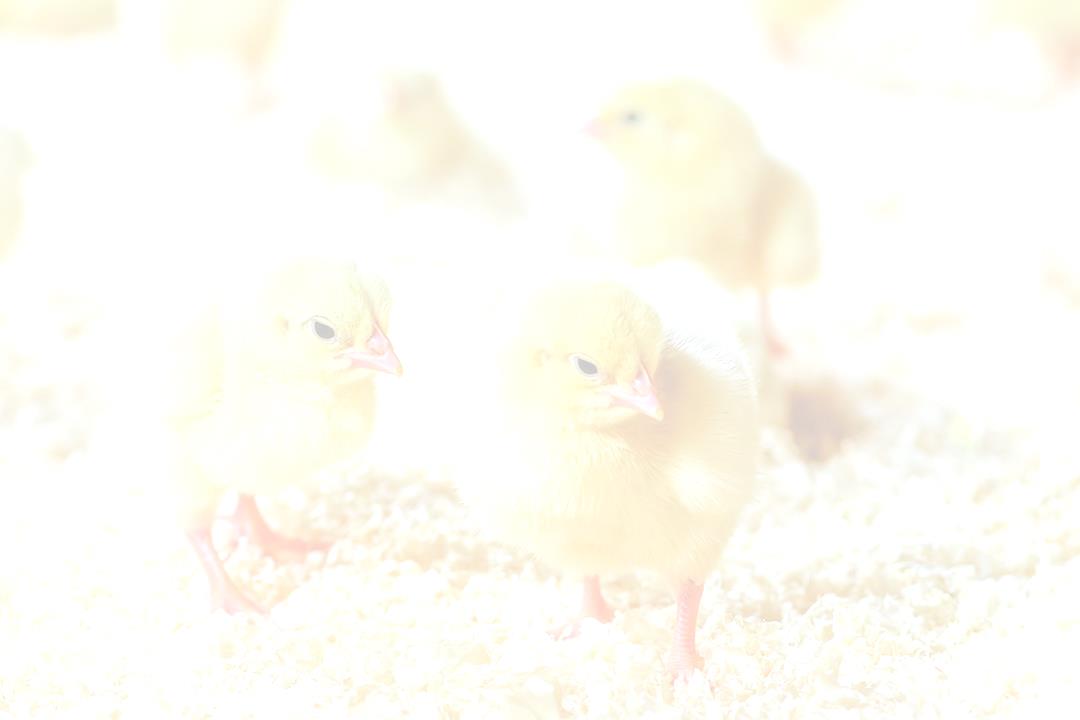
GLOSSARY
220
Zip refers to the process of turning inside the egg while breaking through the shell repeatedly in order to be able to remove the top of the egg and hatch out of it.
220
Page 220 of 223
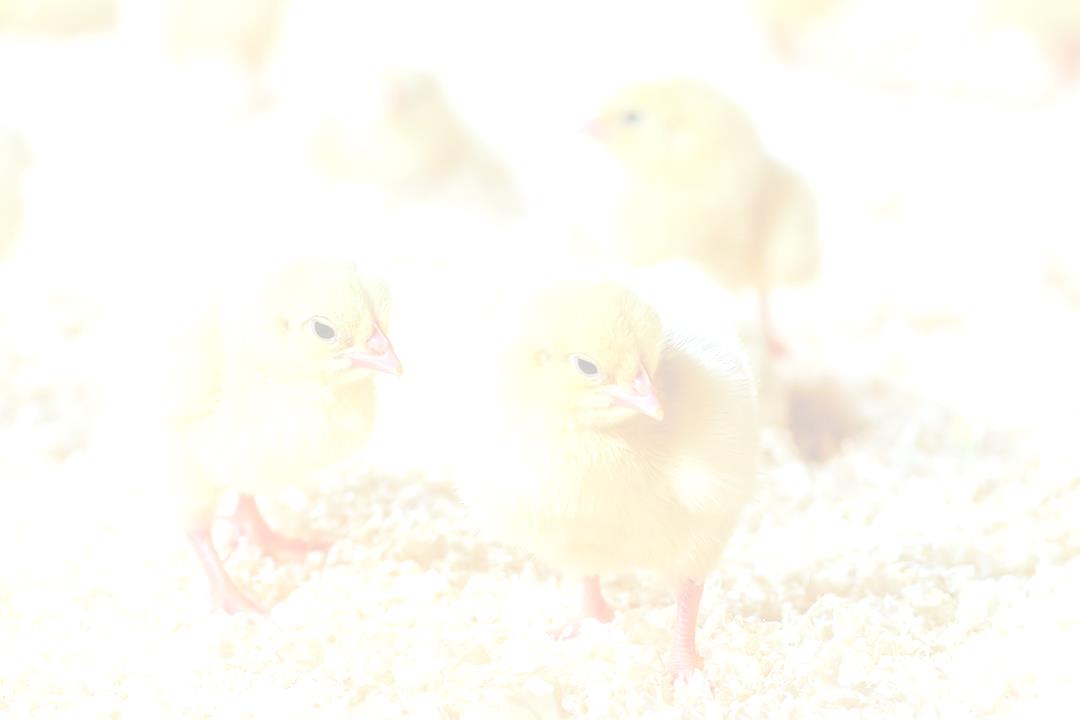
INDEX
221
INDEX
albumen ....... 12
clear eggs .. 107,
infertile
eggs
Artificial
109, 111
....... 107, 109
brooders 126
Drinkers .... 137,
mother hen . 14,
automatic chick
148
137
separators
Egg candling
Newcastle
221
................ 109
........ 105, 110
disease .... 177
Brooders ... 138,
egg white ......12
record keeping
139, 140
eggshell 15, 105
....... 201, 202
brooding3, 5,
embryo ...... 106,
relative
124,
125,
111, 113
humidity . 151
126,
127,
Feeders ..... 137,
rooster ... 11, 12
129,
131,
147
sperm ............ 12
133,
136,
fertilized eggs
thermometer
137,
145,
...................11
....... 145, 149
149,
151,
Fowl pox ... 177
Vaccination 177
152,
153,
Fowl Typhoid
ventilation5, 9,
155,
176,
................ 177
133,
151,
178,
179,
Gumboro . 177,
152, 190, 209
180,
185,
207
vitelline
186, 190, 218
hatcheries . 105,
membrane 12
brooding area
107, 108, 112
wing
133, 151, 153
hatchers ..... 107
feathers
broody hen 129
Incubation ..... 9,
..... 17
'candling table
22, 25, 29,
yolk 12, 14
................ 106
51, 124, 207
chickens
life
incubator9, 14,
cycle ......... 10
89, 90, 108
Page 221 of 223
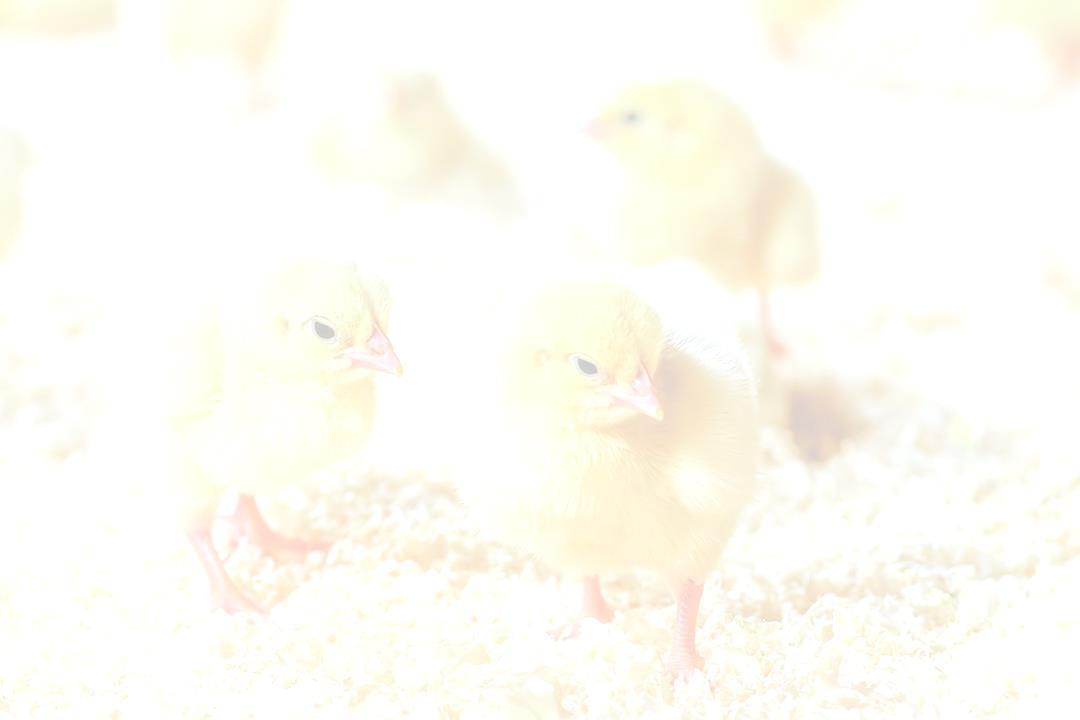
RESOURCES AND FURTHER READING
222
RESOURCES AND FURTHER READING
Brooding and Rearing the Home Meat Flock. Earl Gleaves, University of Nebraska
Dekalb Hatchery Manual. 1990. Dekalb, Ill.: Dekalb Poultry 222
Research Veterinary and Technical Services.
Embryology 1: Hatching Classroom Projects, Helper's Guide Beginner Grades 2-5, 2002, Leader's Guide LG1502. MU Extension, 573-882-7216.
Embryology 2: Experiments in Poultry Science, Helper's Guide Advanced Grades 6-8, 2002, LG1503 Leader's Guide. MU
Extension, 573-882-7216.
Guide to raising healthy chickens (English; Spanish). Adam Hady and Ron Kean, University of Wisconsin.
Helpful Hints for Teachers on Incubation and Embryology of the Chick. Shrack, Joseph E., and Michael J. Darre. 1992.
Cooperative Extension System, University of Connecticut, Storrs.
How to Keep a Small Poultry Flock. Ron Parker, New Mexico State University.
Page 222 of 223
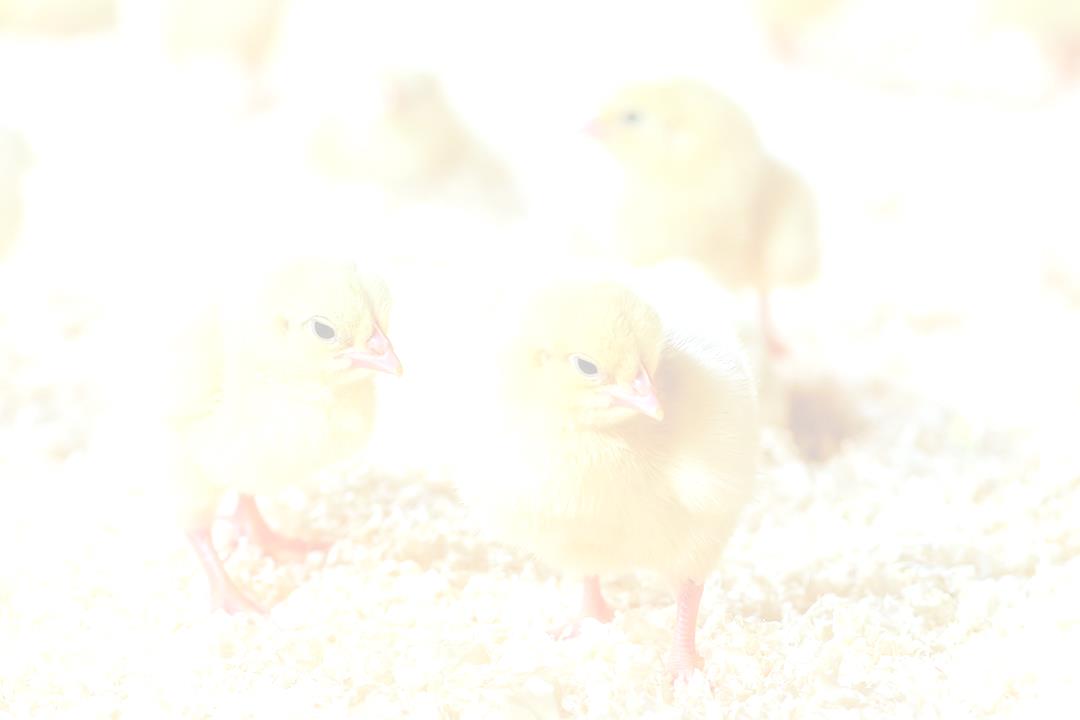
RESOURCES AND FURTHER READING
223
Improving Hatchability, Taylor, Gib. 1994, Medina, Ohio: Chick Master Incubator Company.
Management Requirements for Waterfowl. Phillip Clauer, Virginia Tech
223
Managing a Family Chicken Flock. Jesse Lyons, University of Missouri
Key Takeaway
Local sources of information about brooding include hatcheries, feed and farm supply firms, and drug stores that deal in animal health products.
Enjoy the journey of incubating and brooding poultry!
God bless!
Page 223 of 223



































































































































